The 911 GT3->ke617 nameplate was introduced in 1999 as a spiritual successor to the 1973 911 RS. The RS name was first revived in 2003 as a more powerful and track-focused version of the 996-generation GT3. At first motivated by a 3.6-liter flat-six rated at 381 horsepower, the RS gained 415 ponies when the 997-gen version was launched. Updated for 2009, the 997 RS received a 3.8-liter six-cylinder with 450 horses. For 2011, Porsche launched the GT3 RS 4.0 with a 4.0-liter engine and 500 ponies, putting an end to the 997-generation RS. In 2015, four years since the last RS rolled off the assembly line, the nameplate is making a comeback for the 991-generation 911. Preceded by the 475-horsepower GT3 in 2013, the new GT3 RS broke cover at the 2015 Geneva Motor Show with updated styling and technology.
The big news is Porsche's->ke1 range-topping, road-legal racer retains its traditional naturally aspirated status. Although previous rumors claimed the Germans would drop a turbocharged flat-six behind its rear hood, it turns out rear fenders are the only elements the GT3 RS received from the 911 Turbo. Keep reading to find out more.
Updated 03/06/2015: Porsche unveiled a new video featuring the all-new 911 GT3 RS in action on the Nardo race track. Enjoy!
Continue reading to learn more about the new Porsche 911 GT3 RS.
2016 Porsche 911 GT3 RS
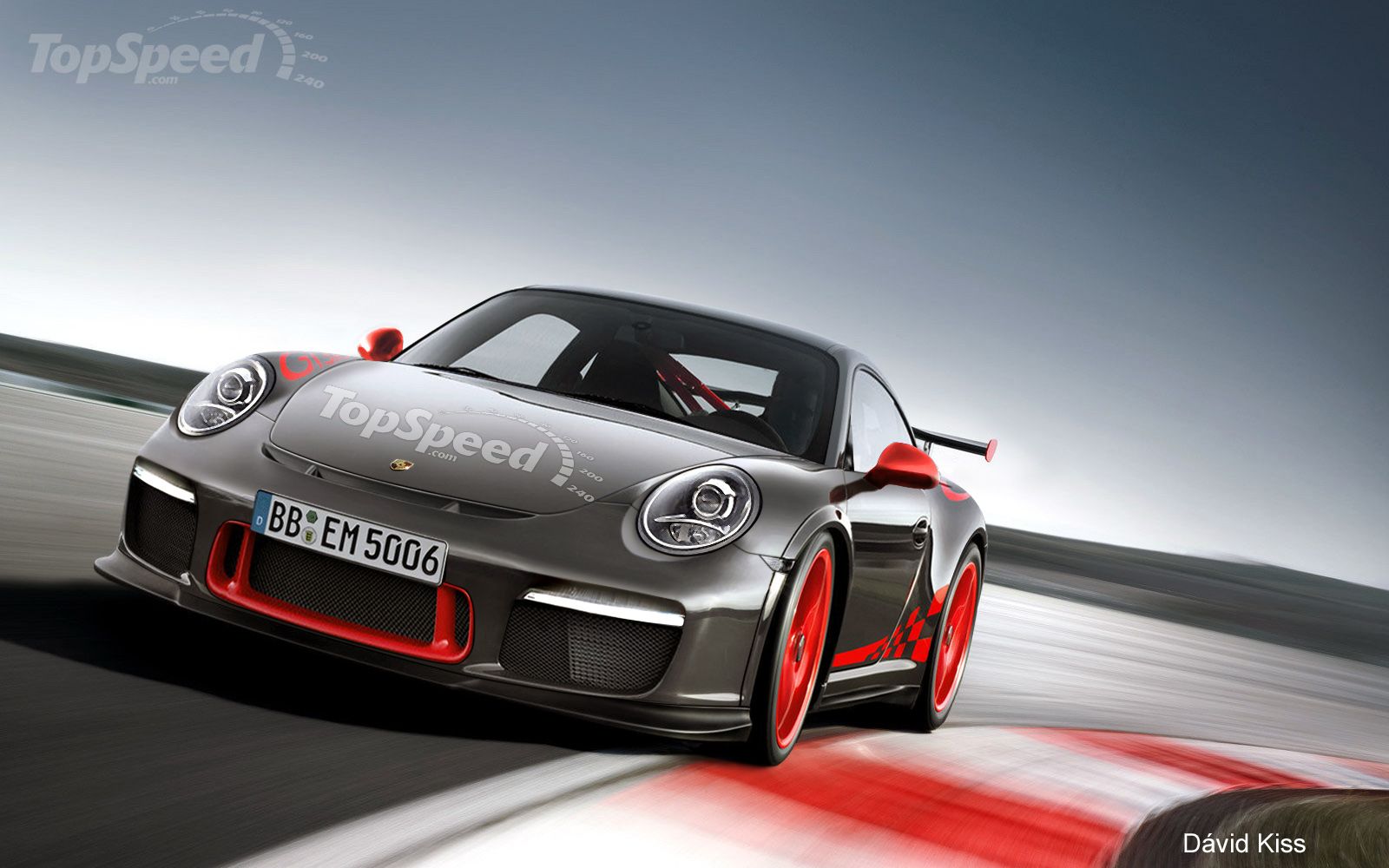

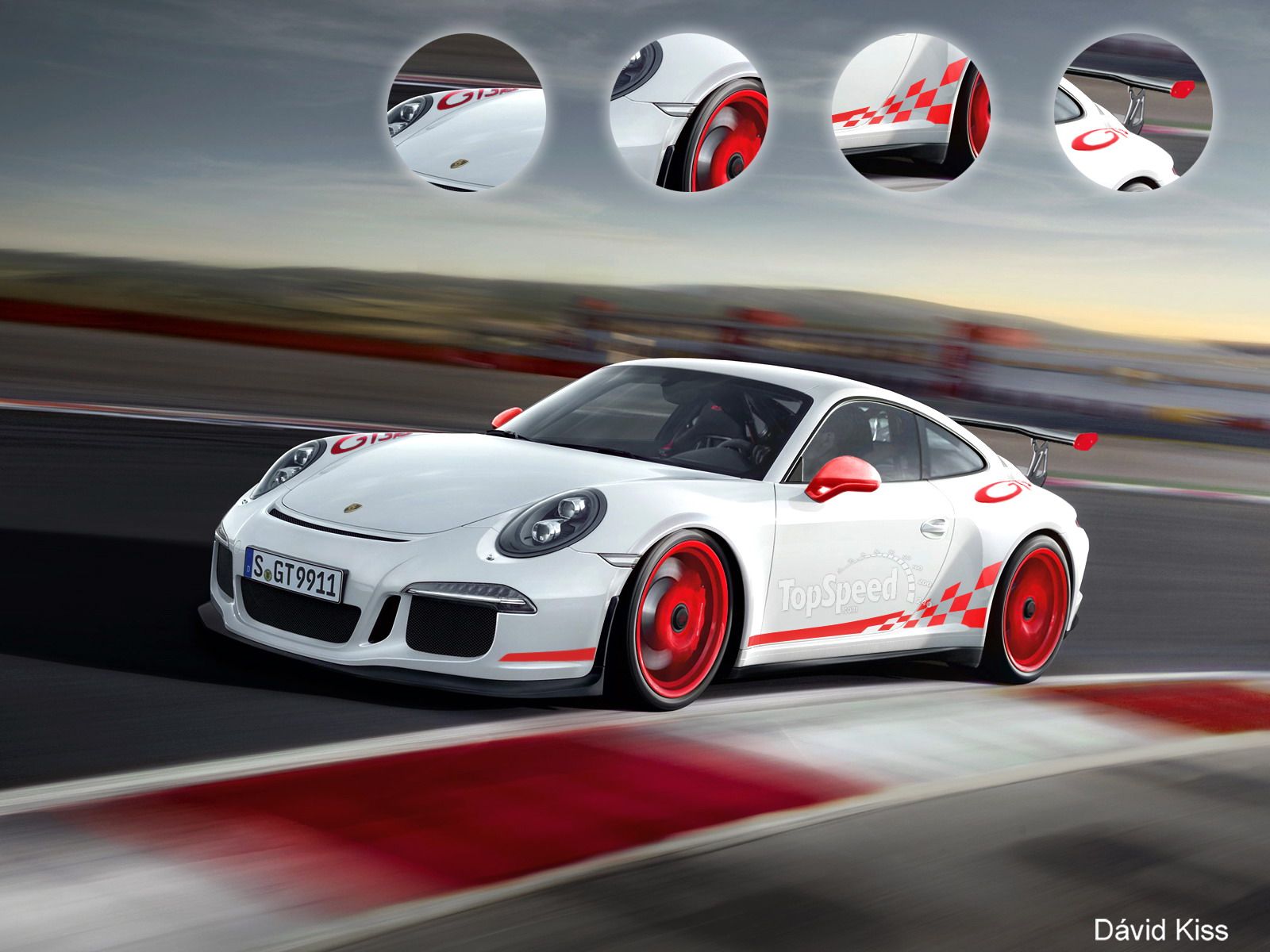
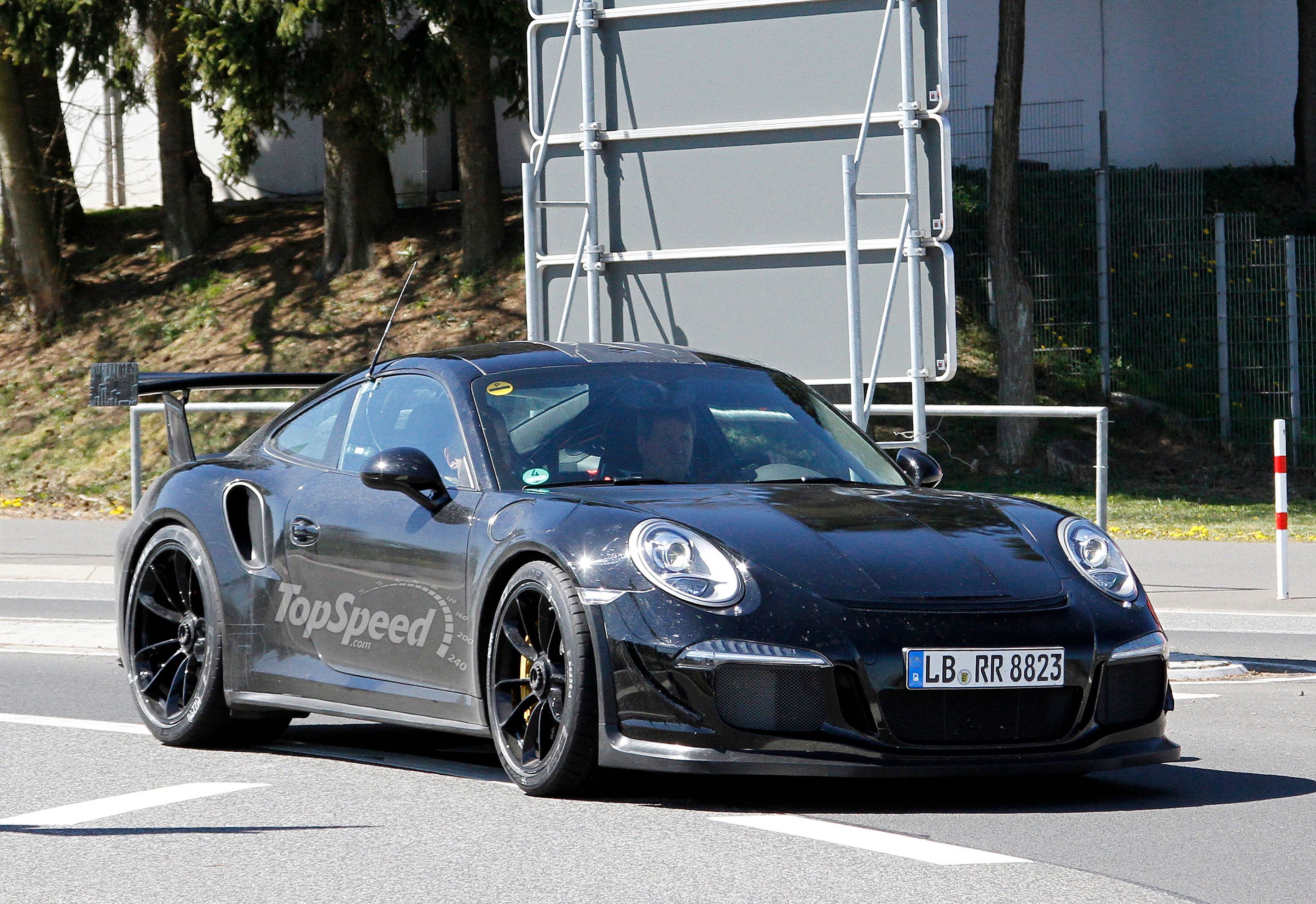
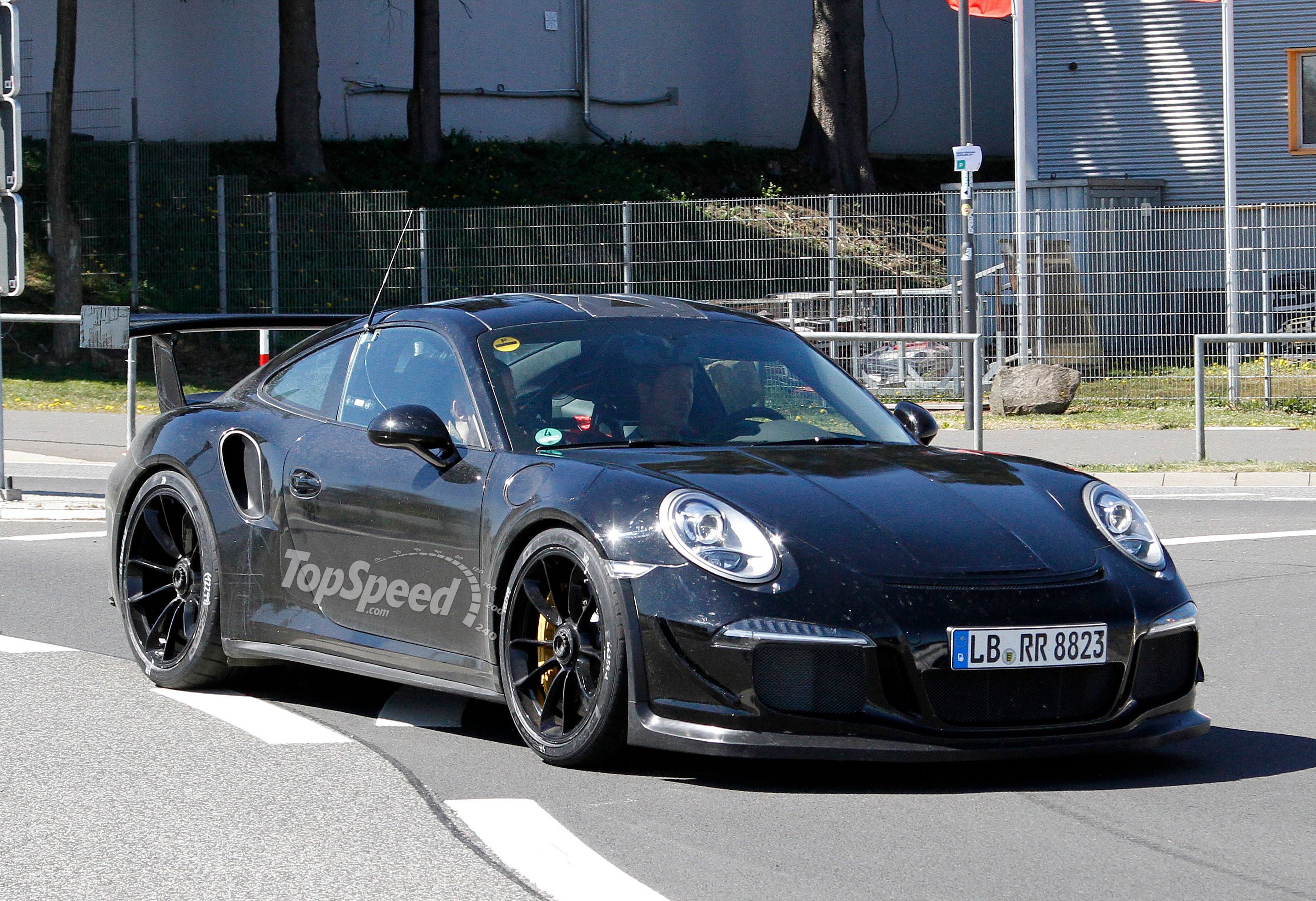
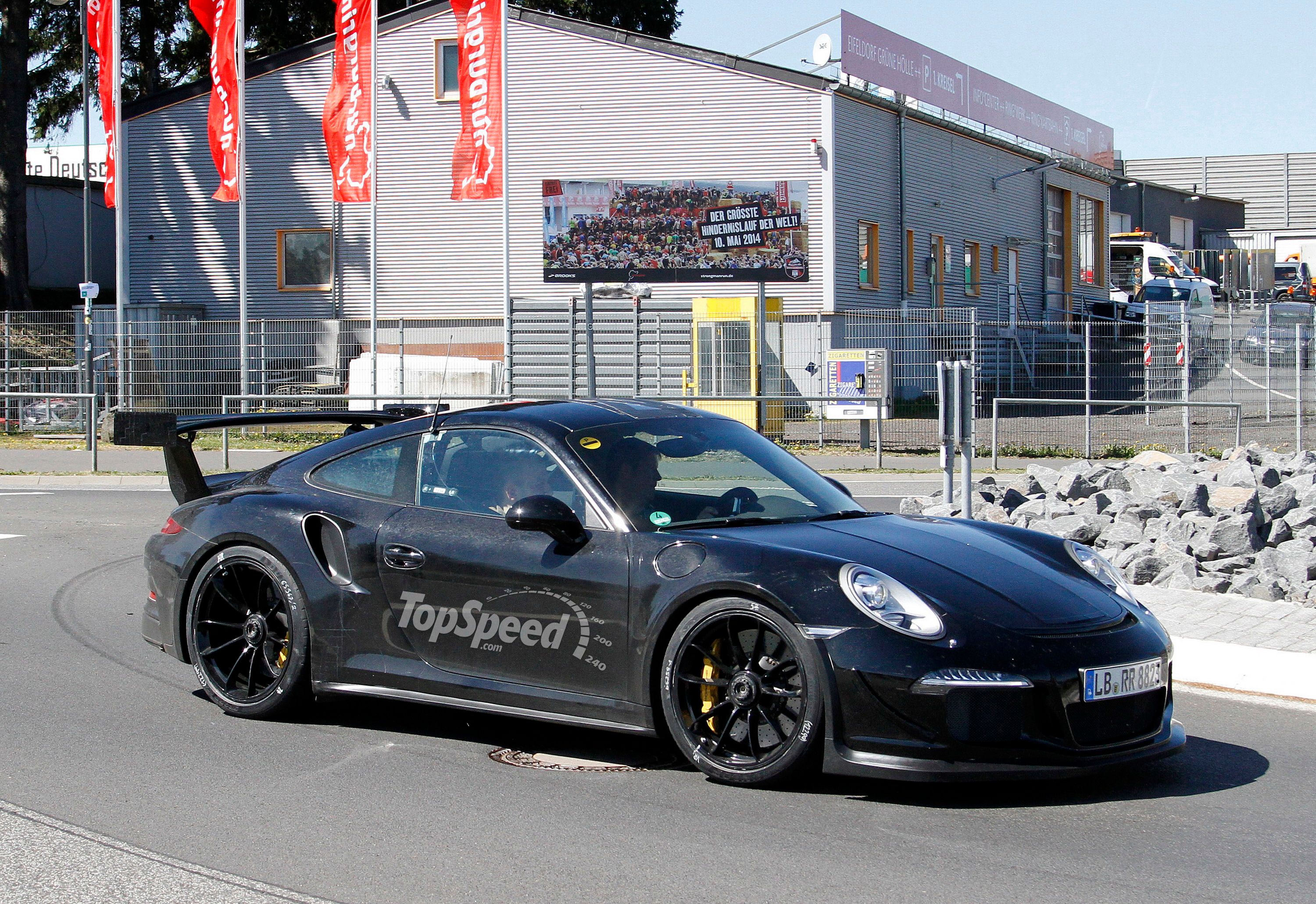
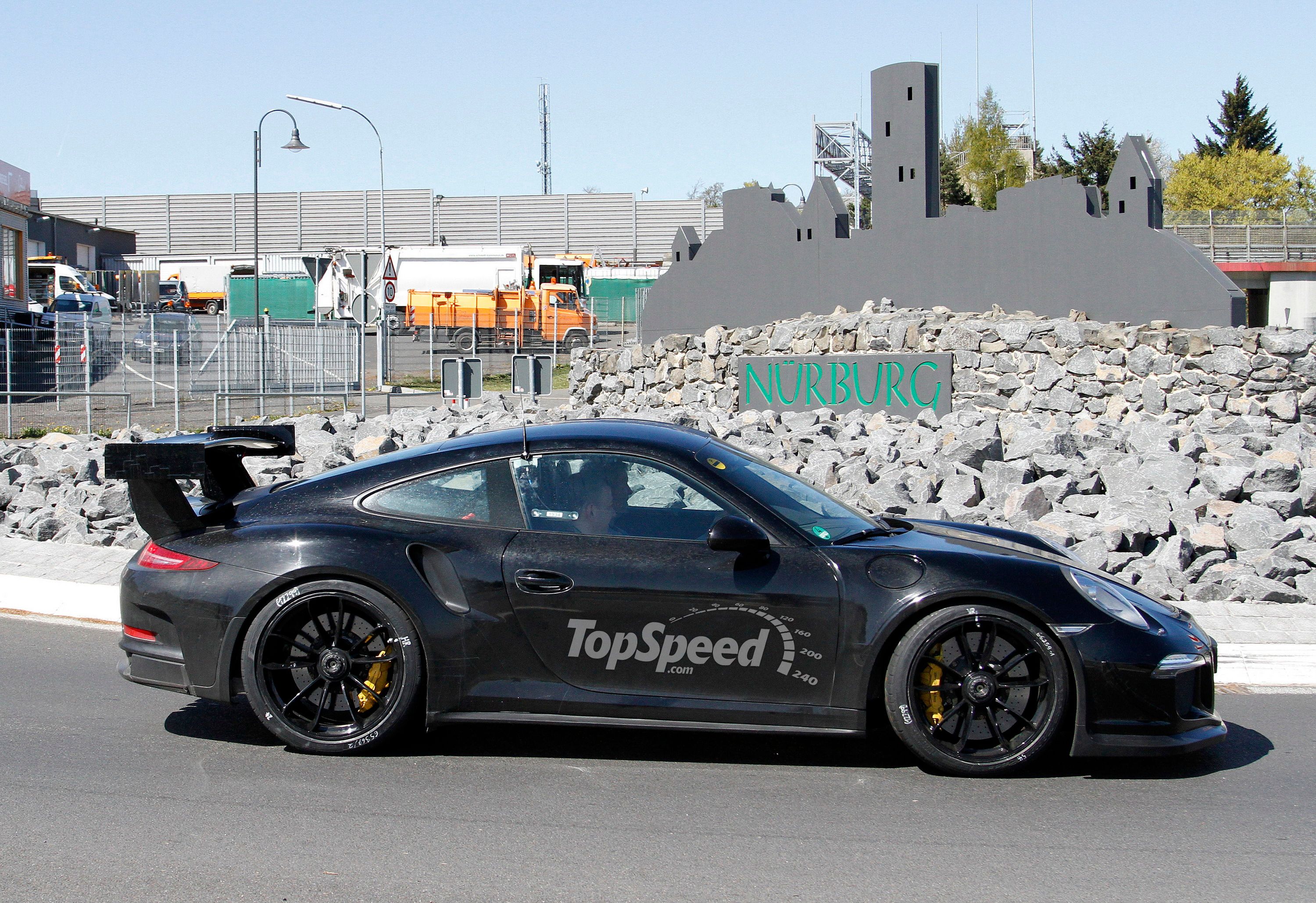
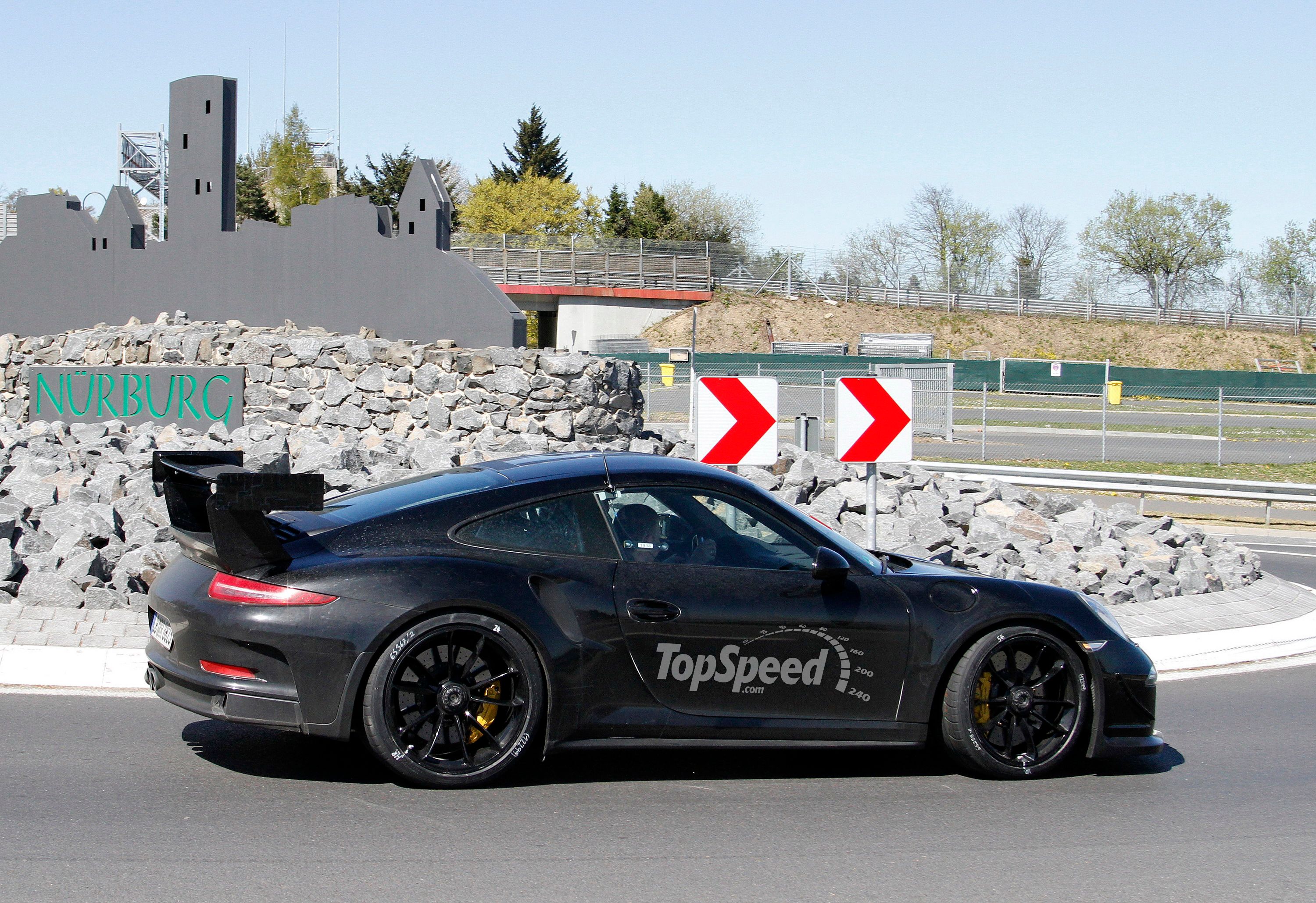
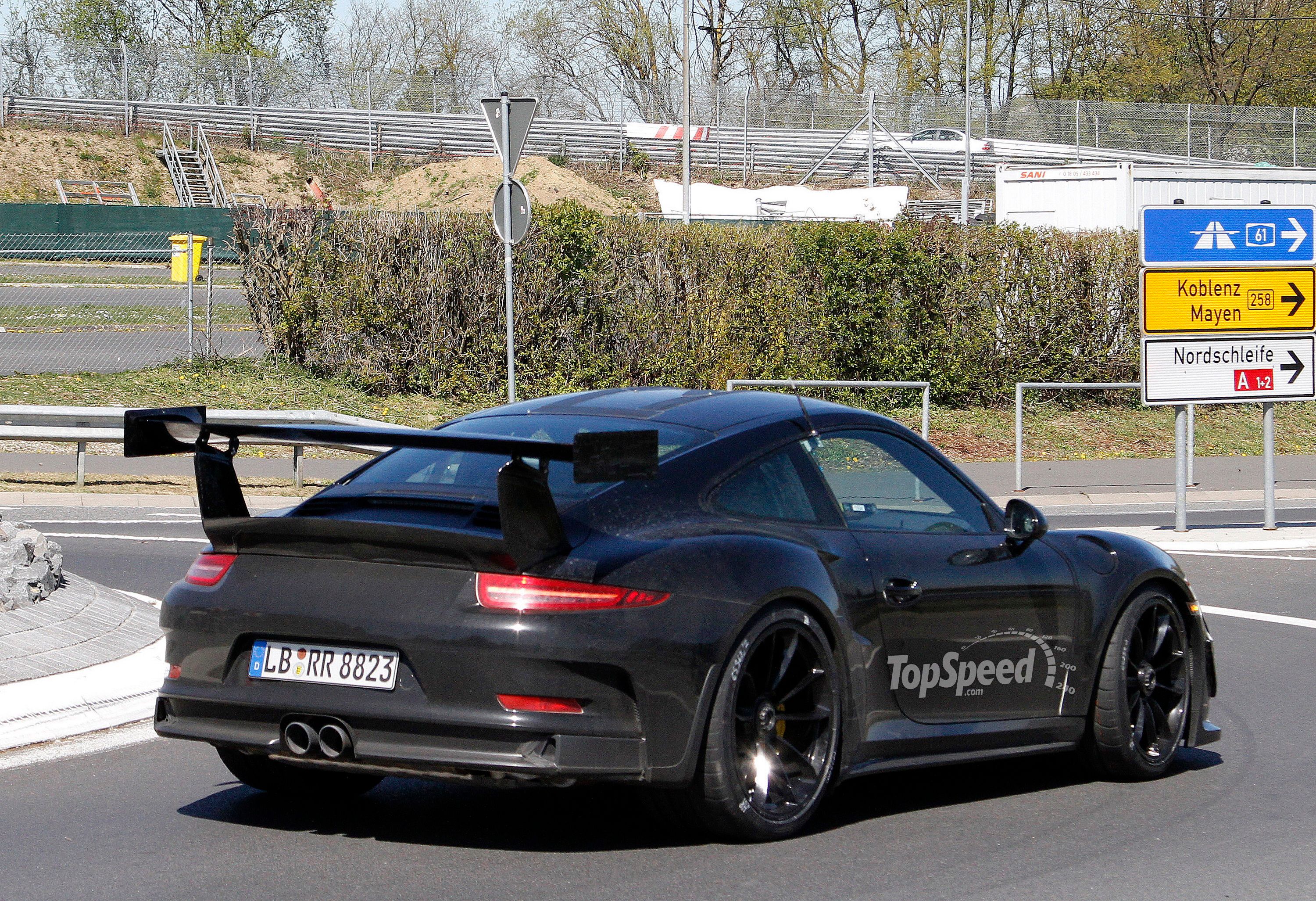
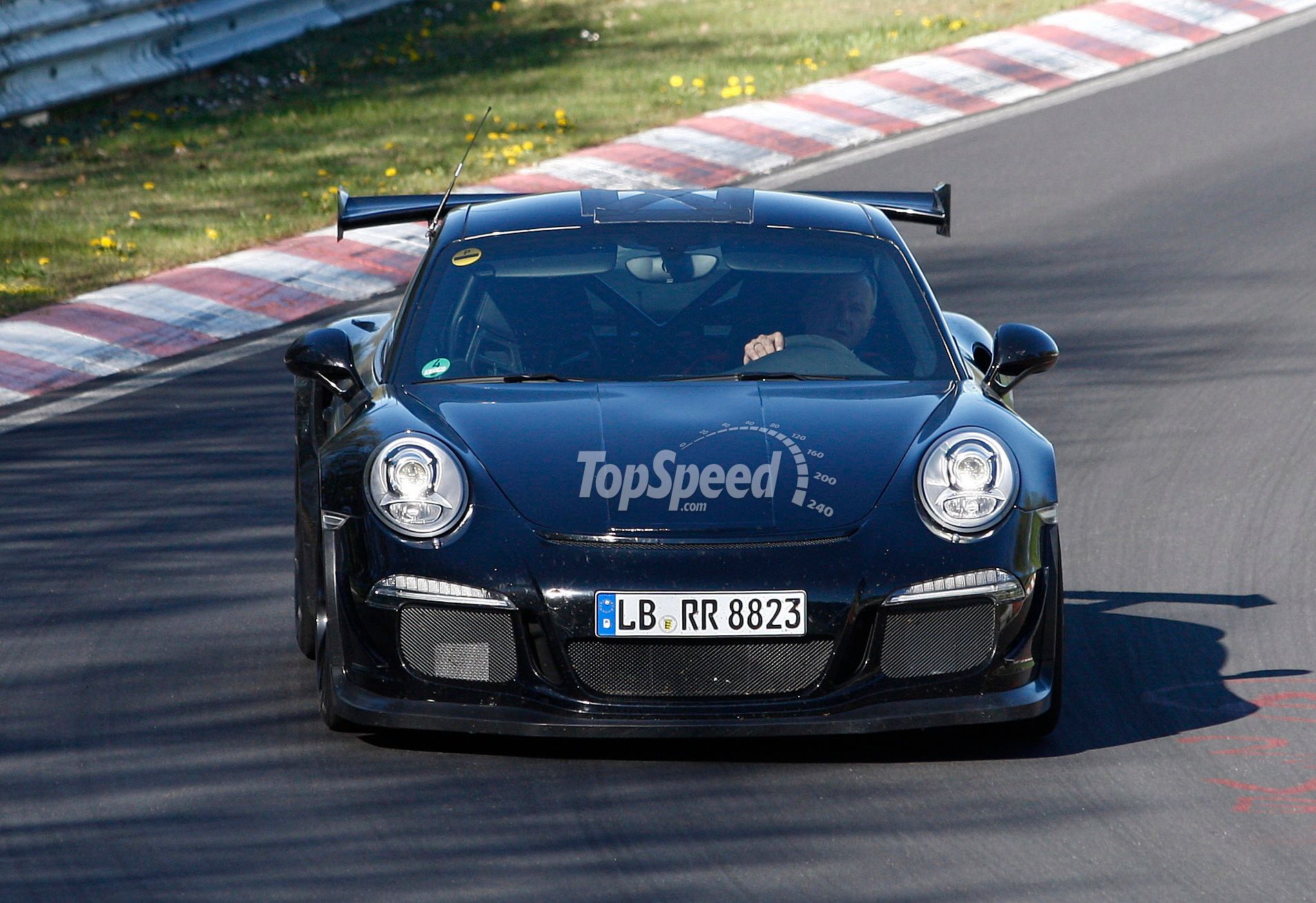
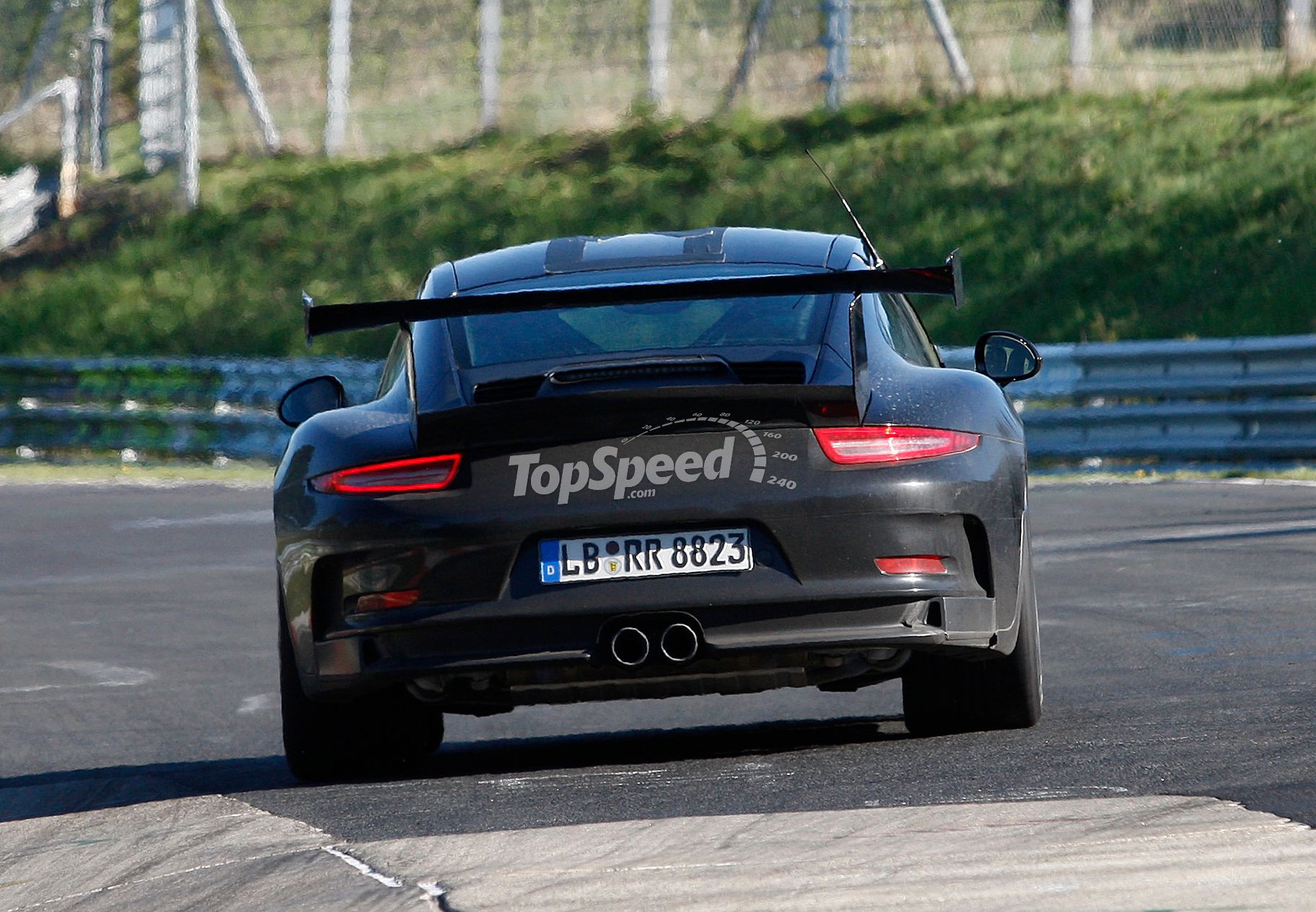
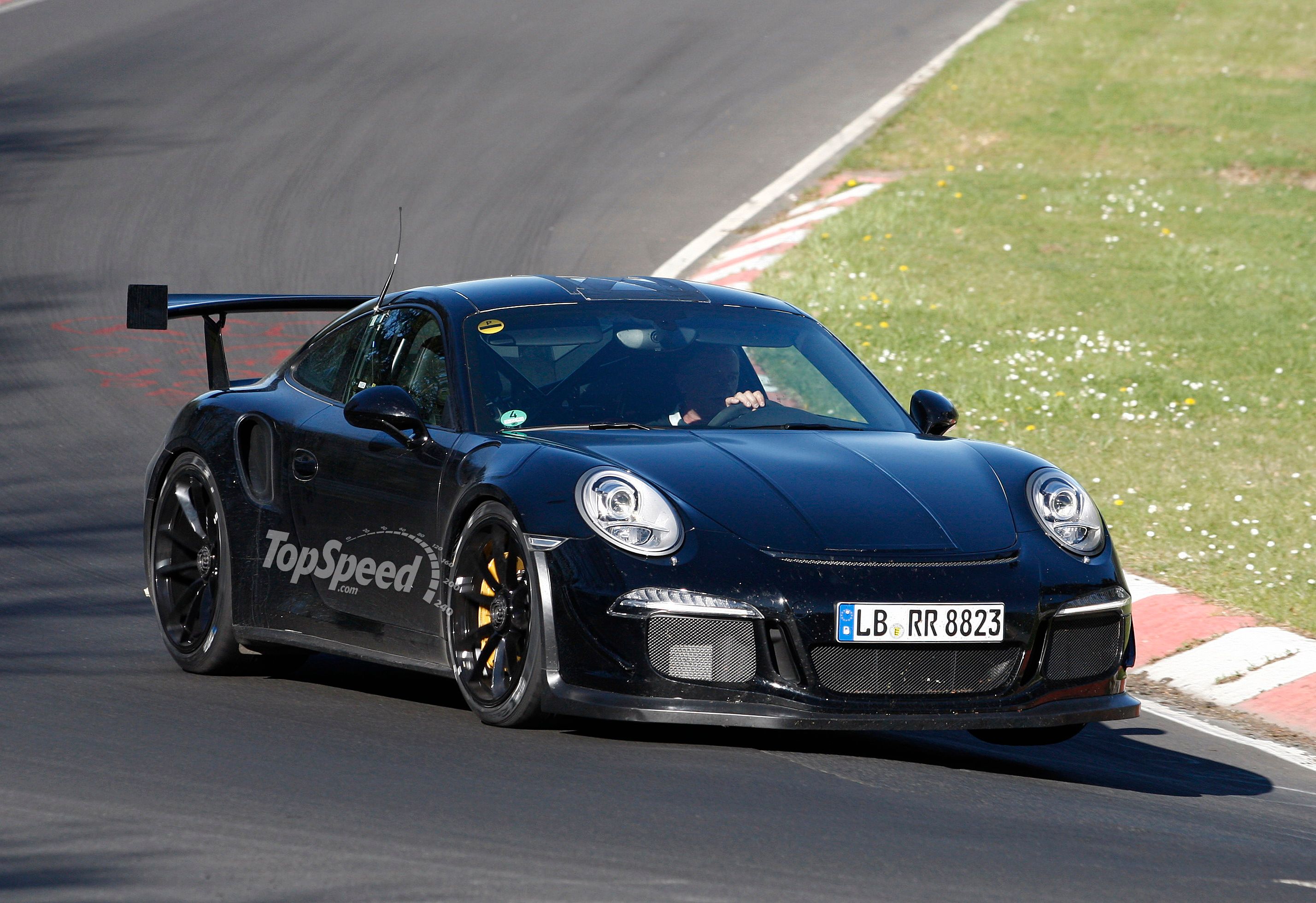
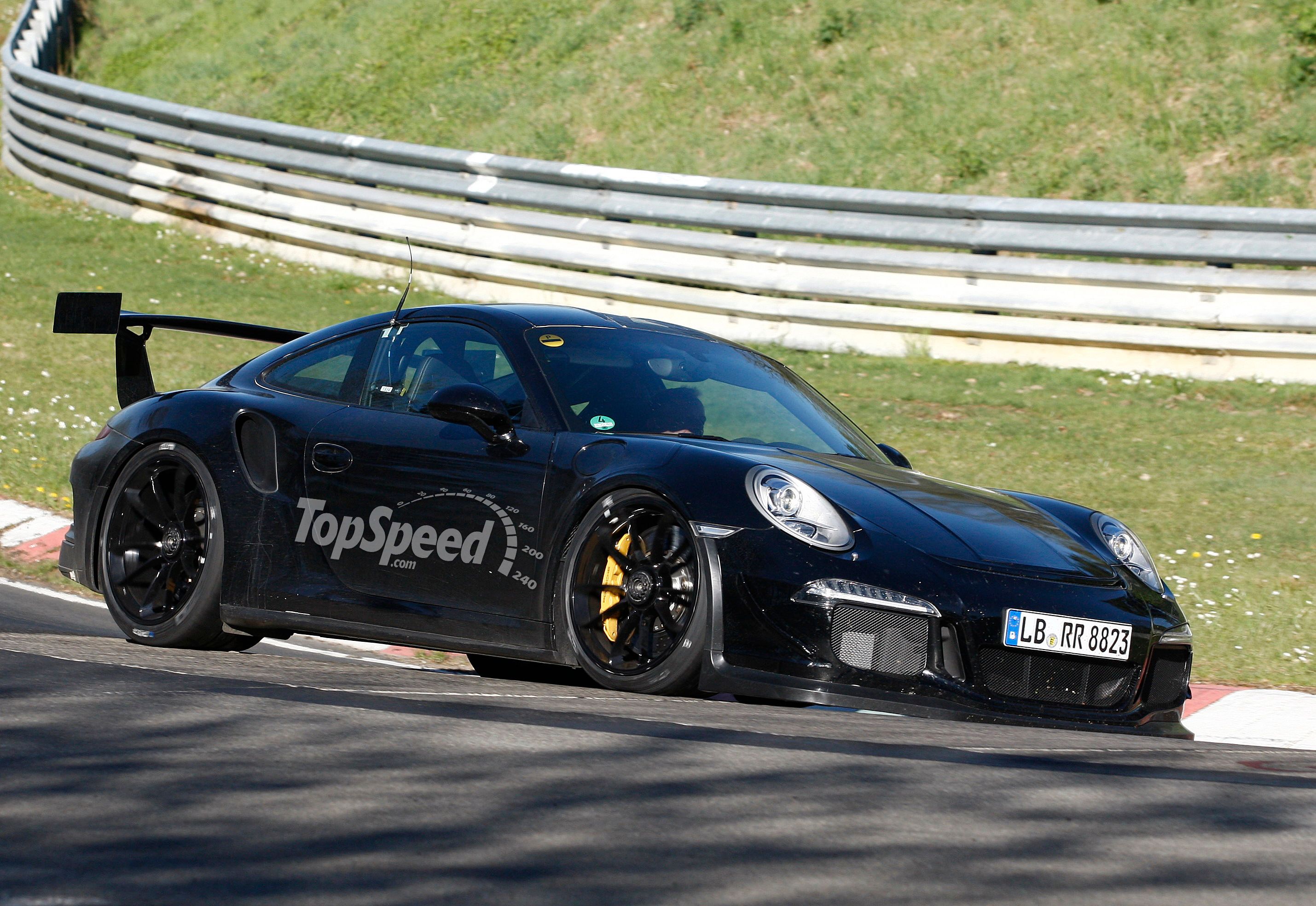
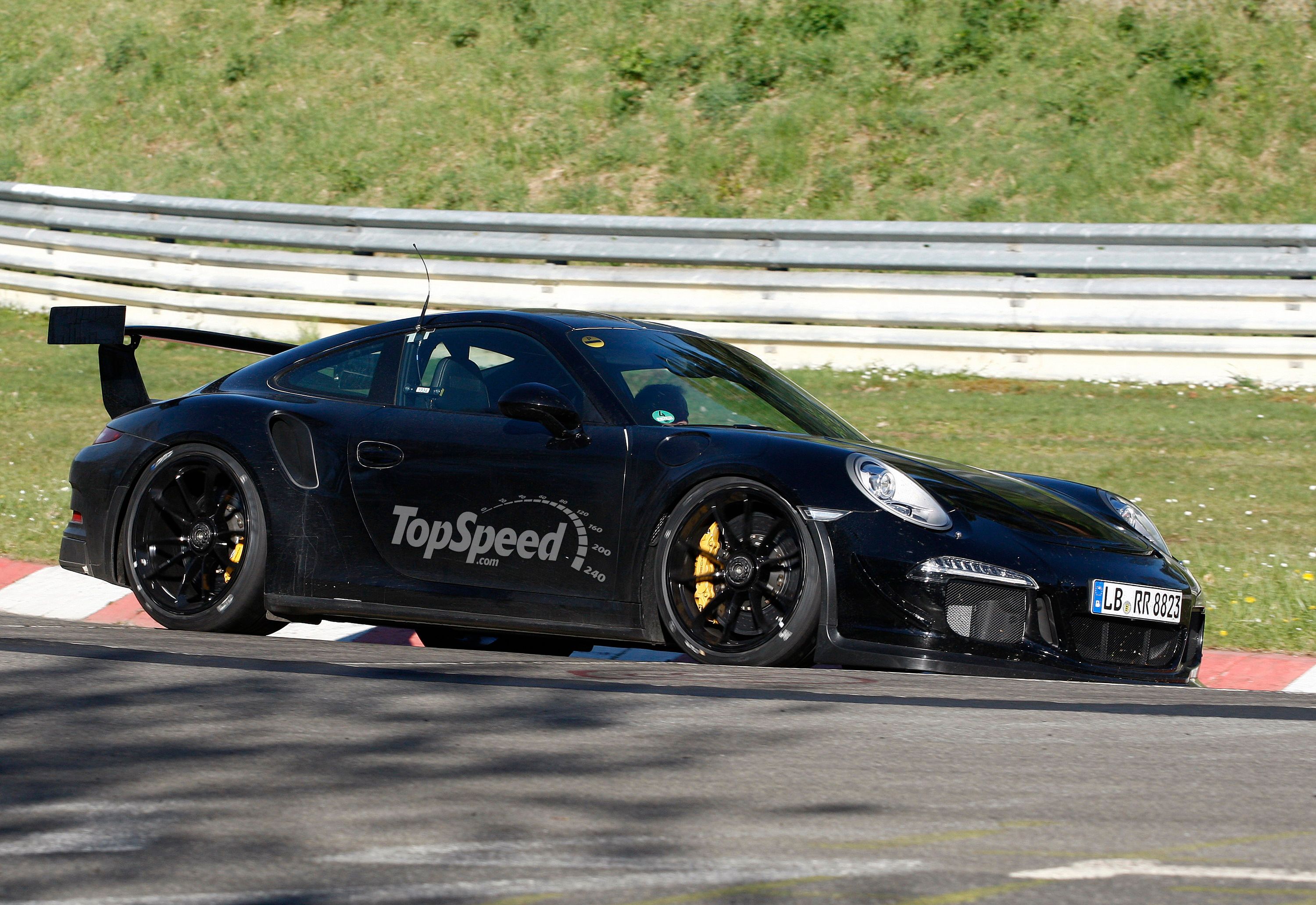
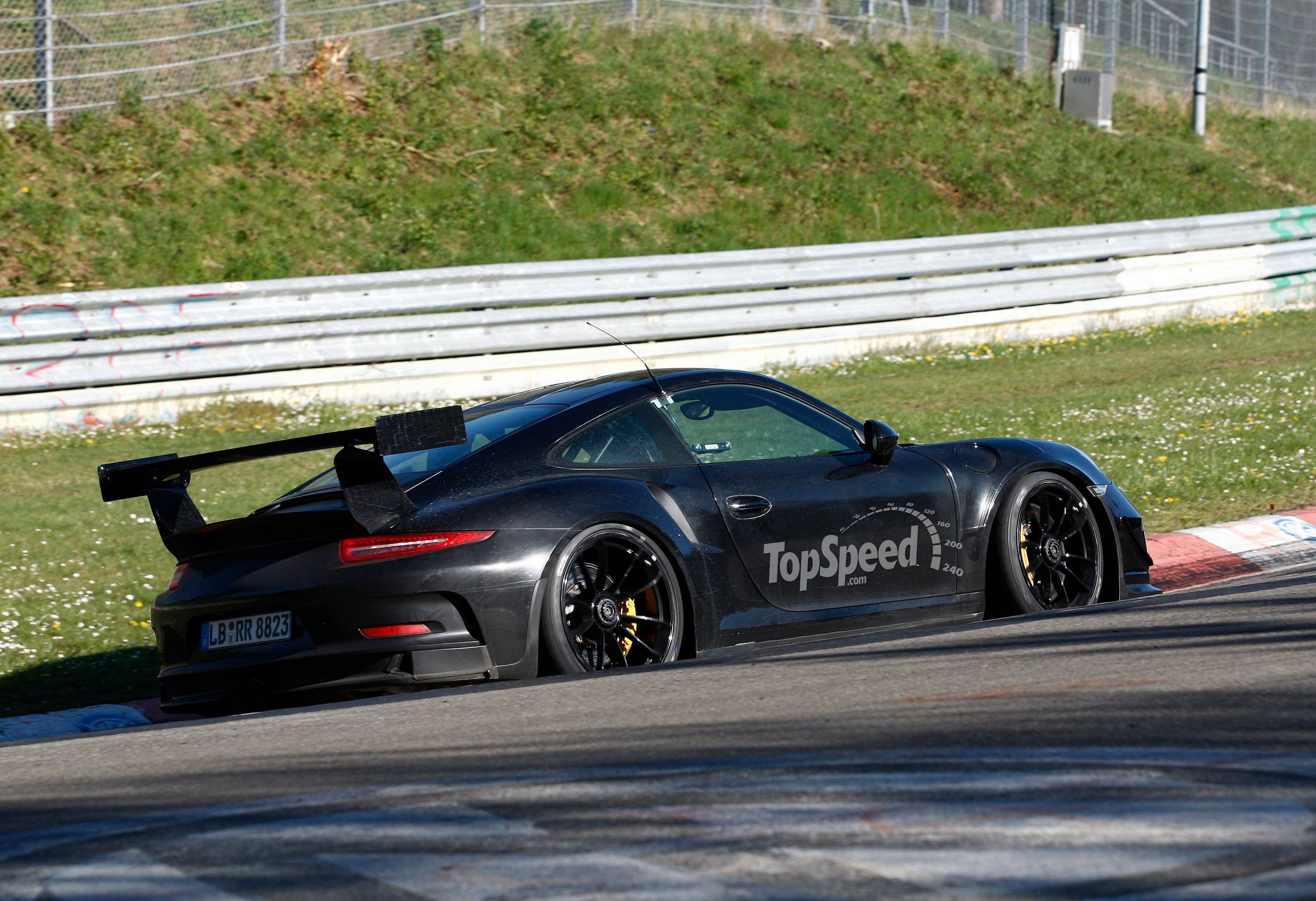
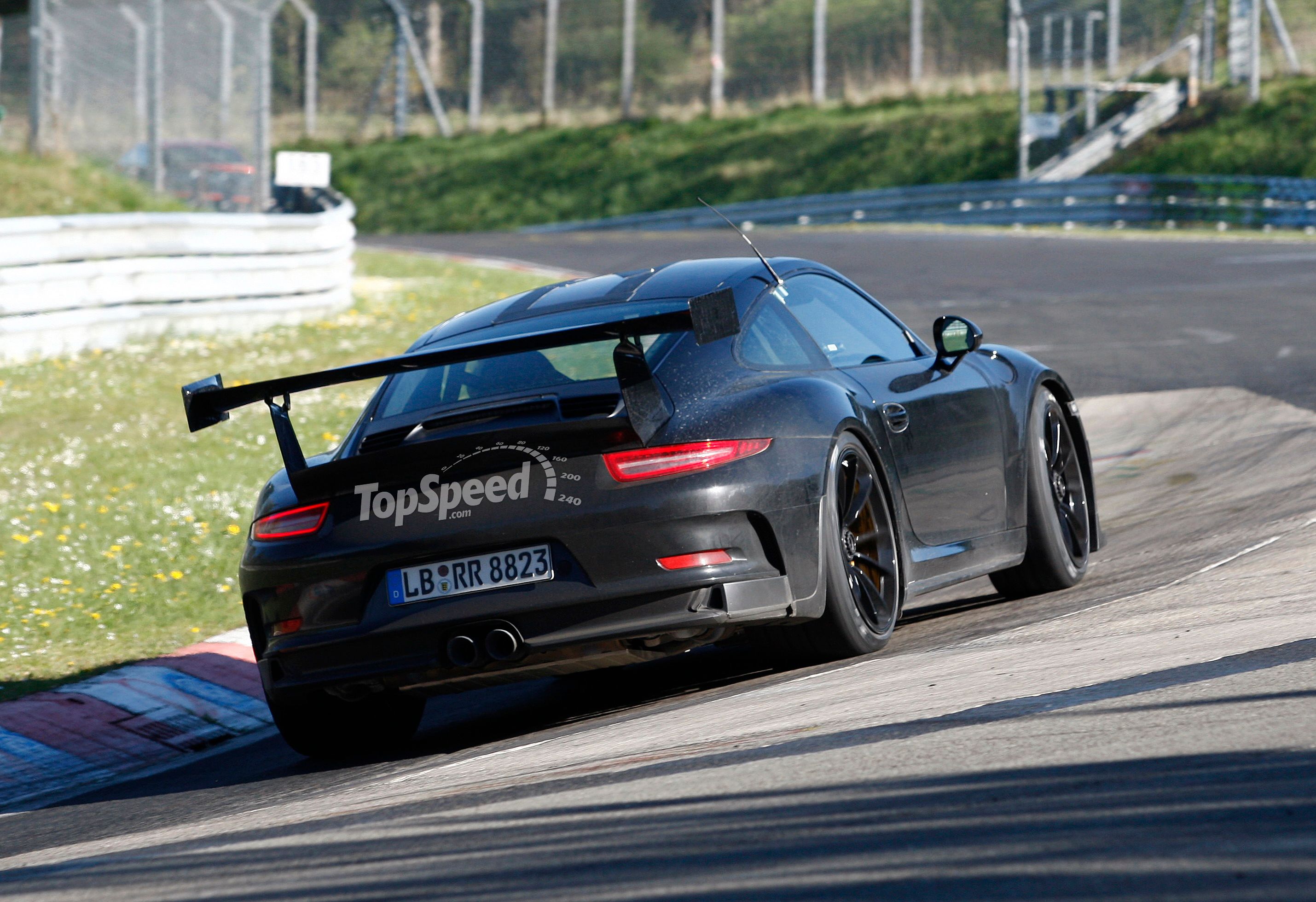
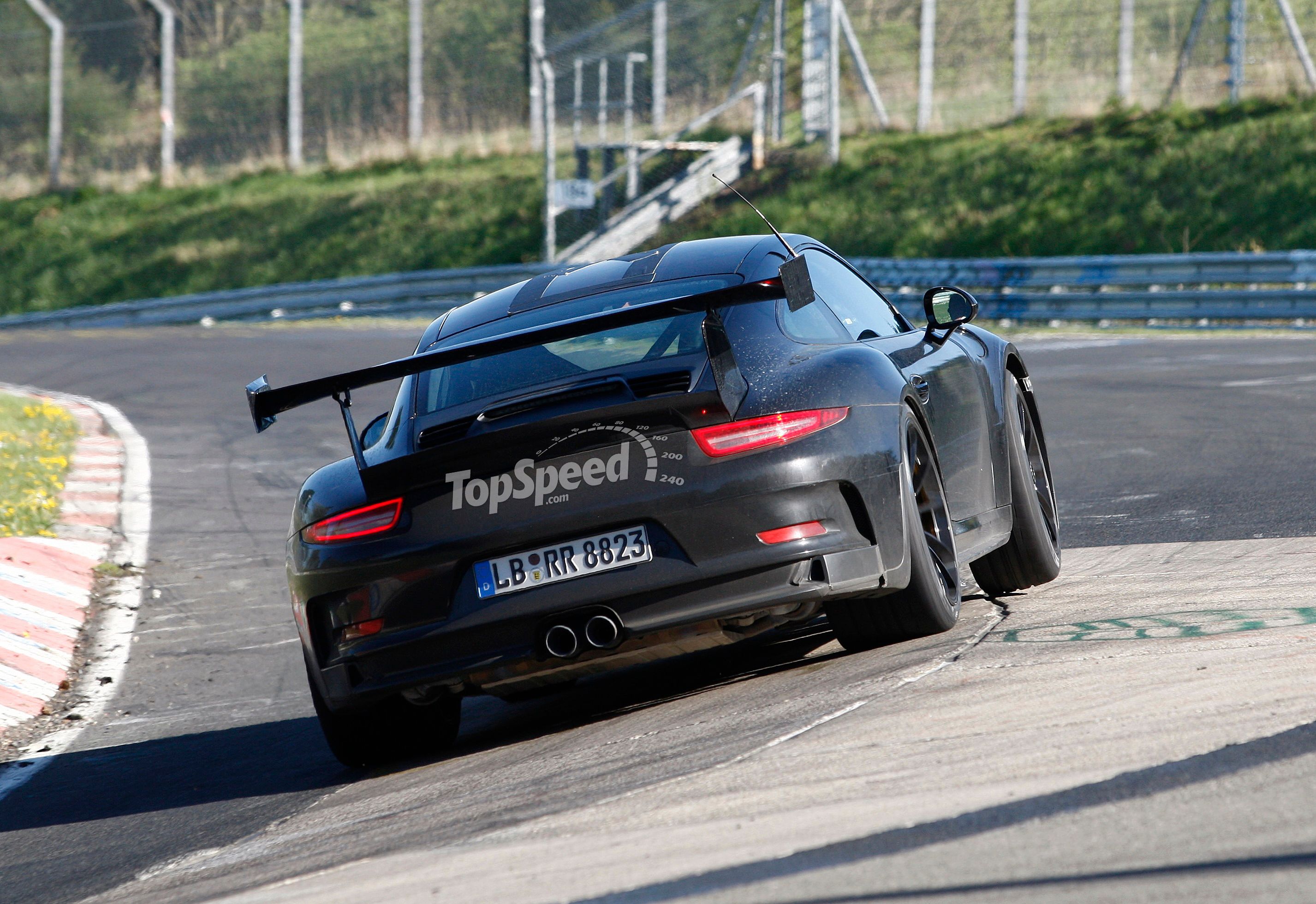
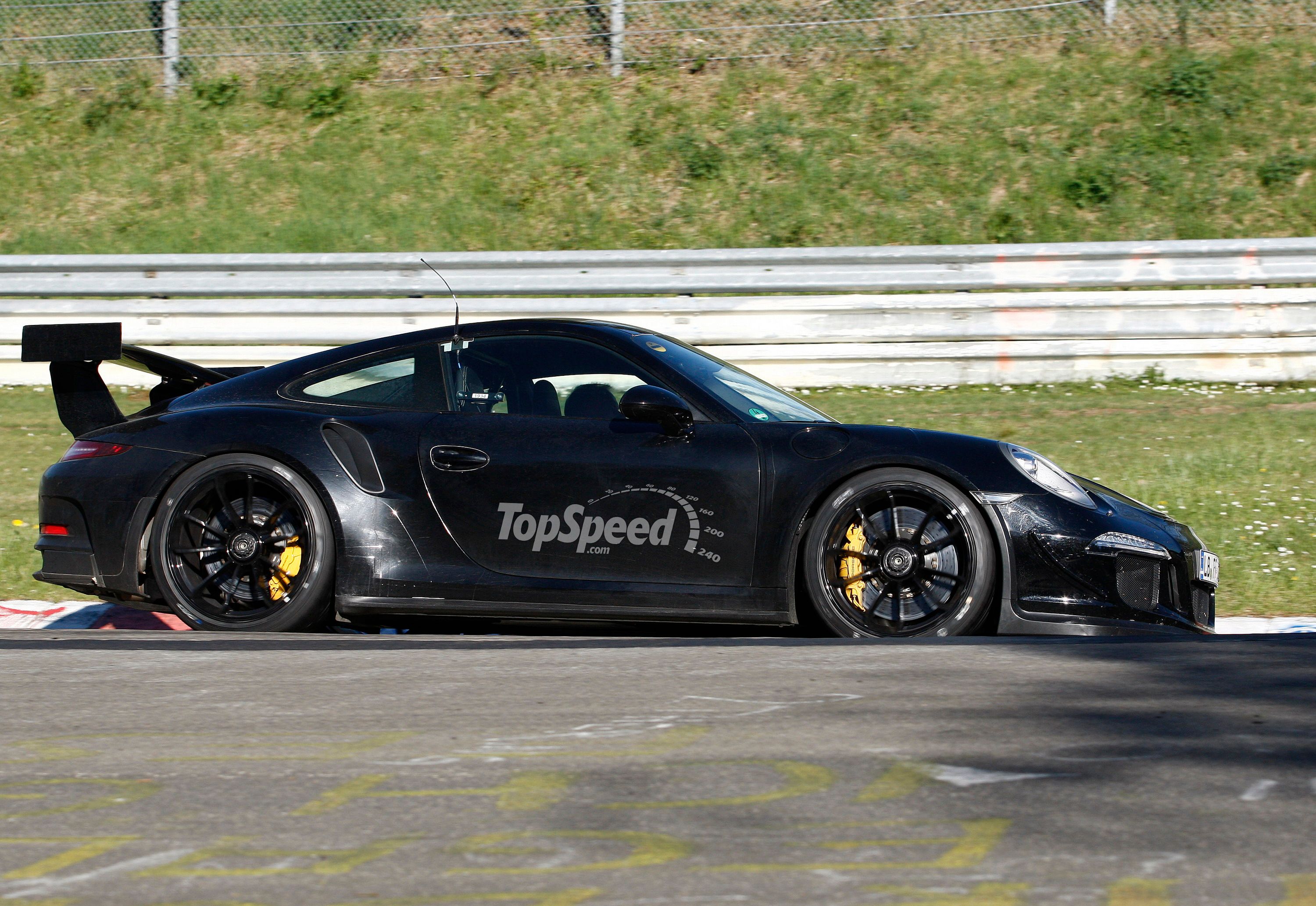
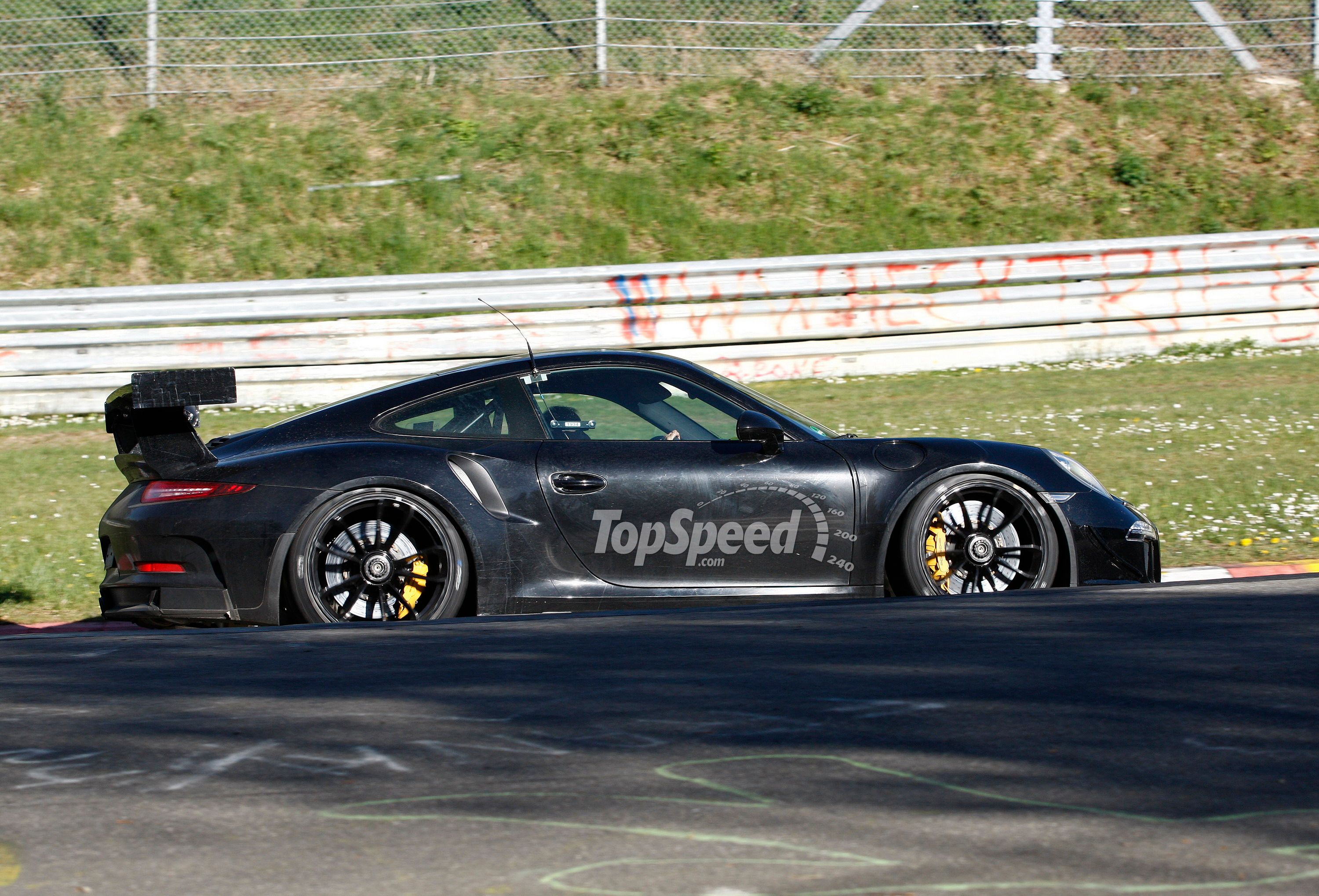




























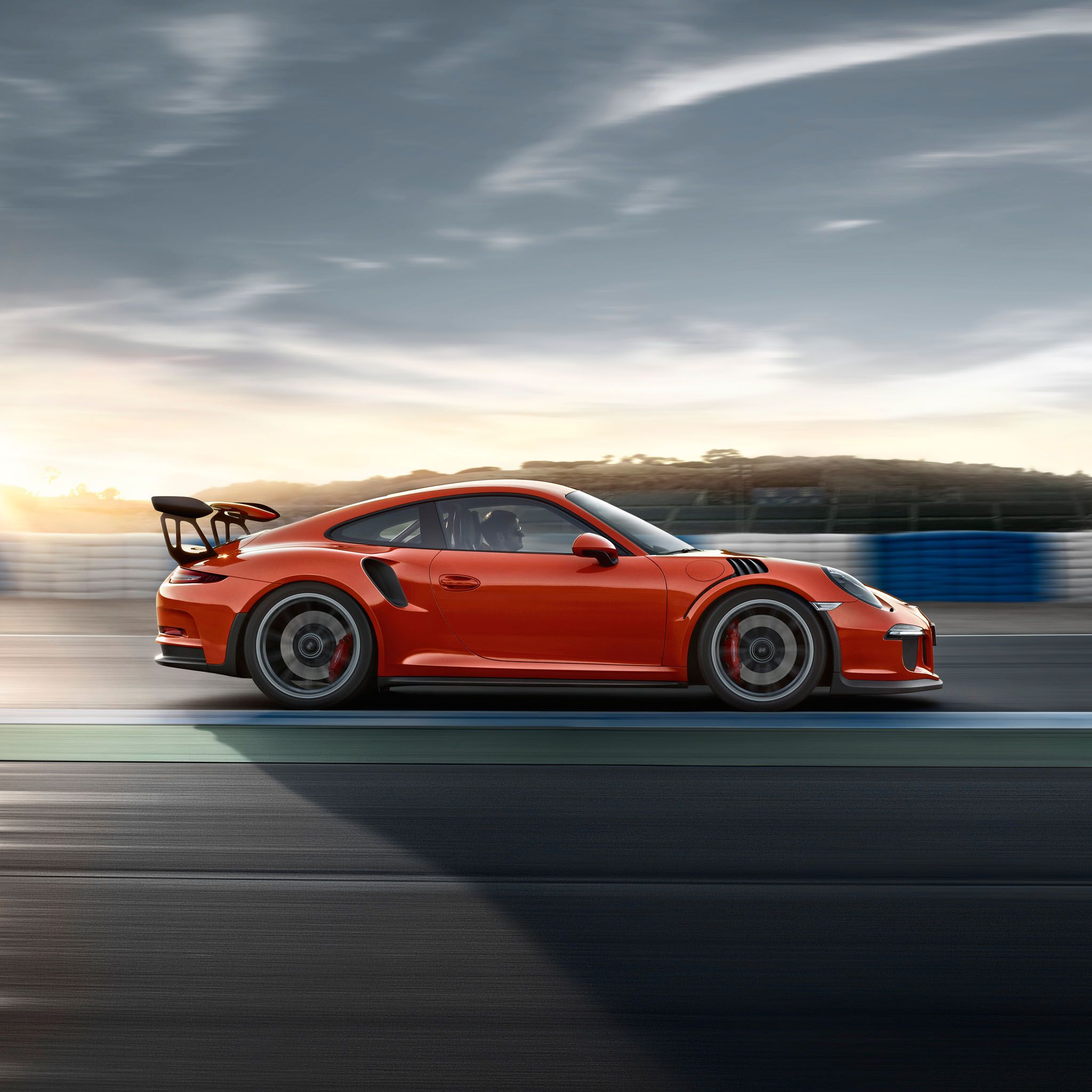
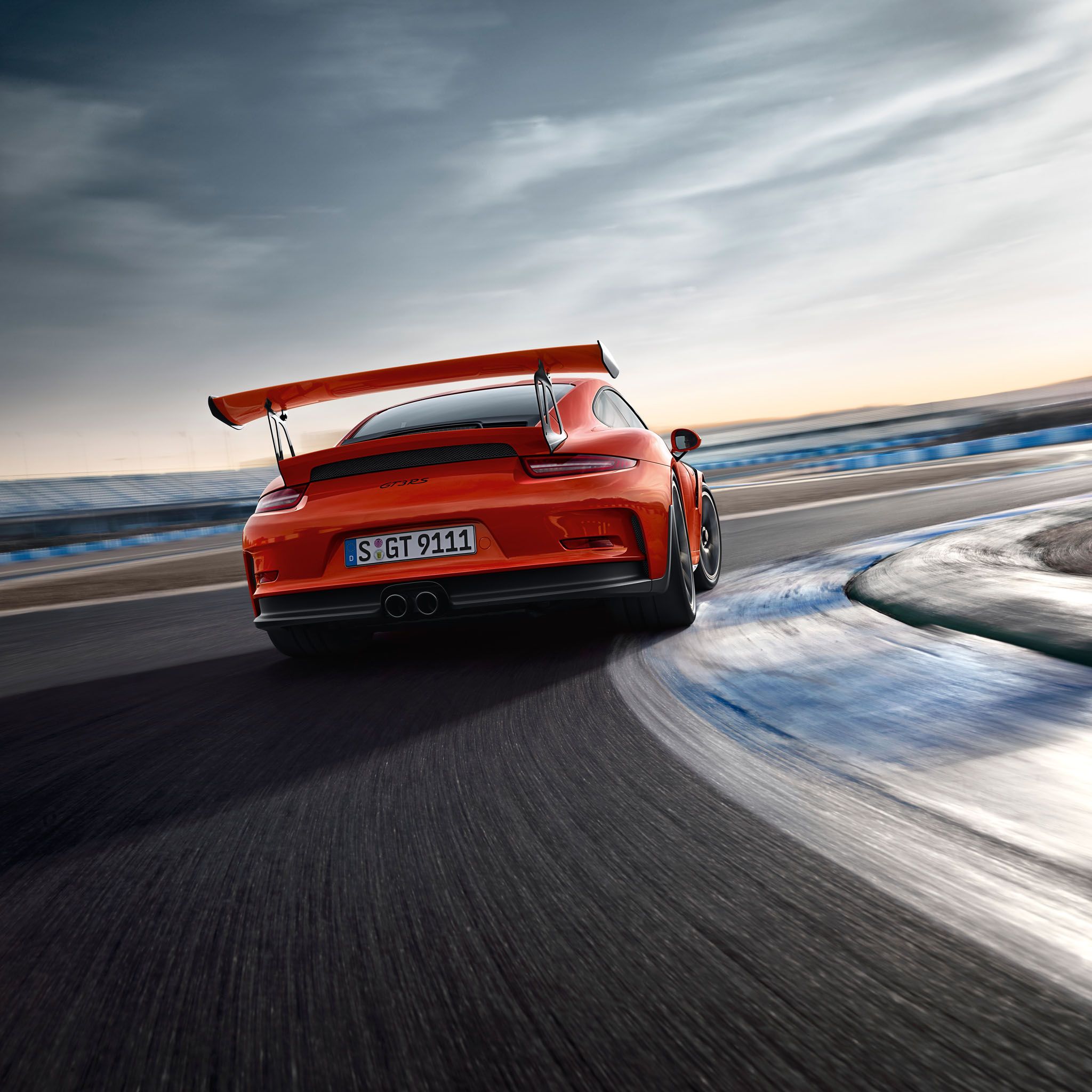
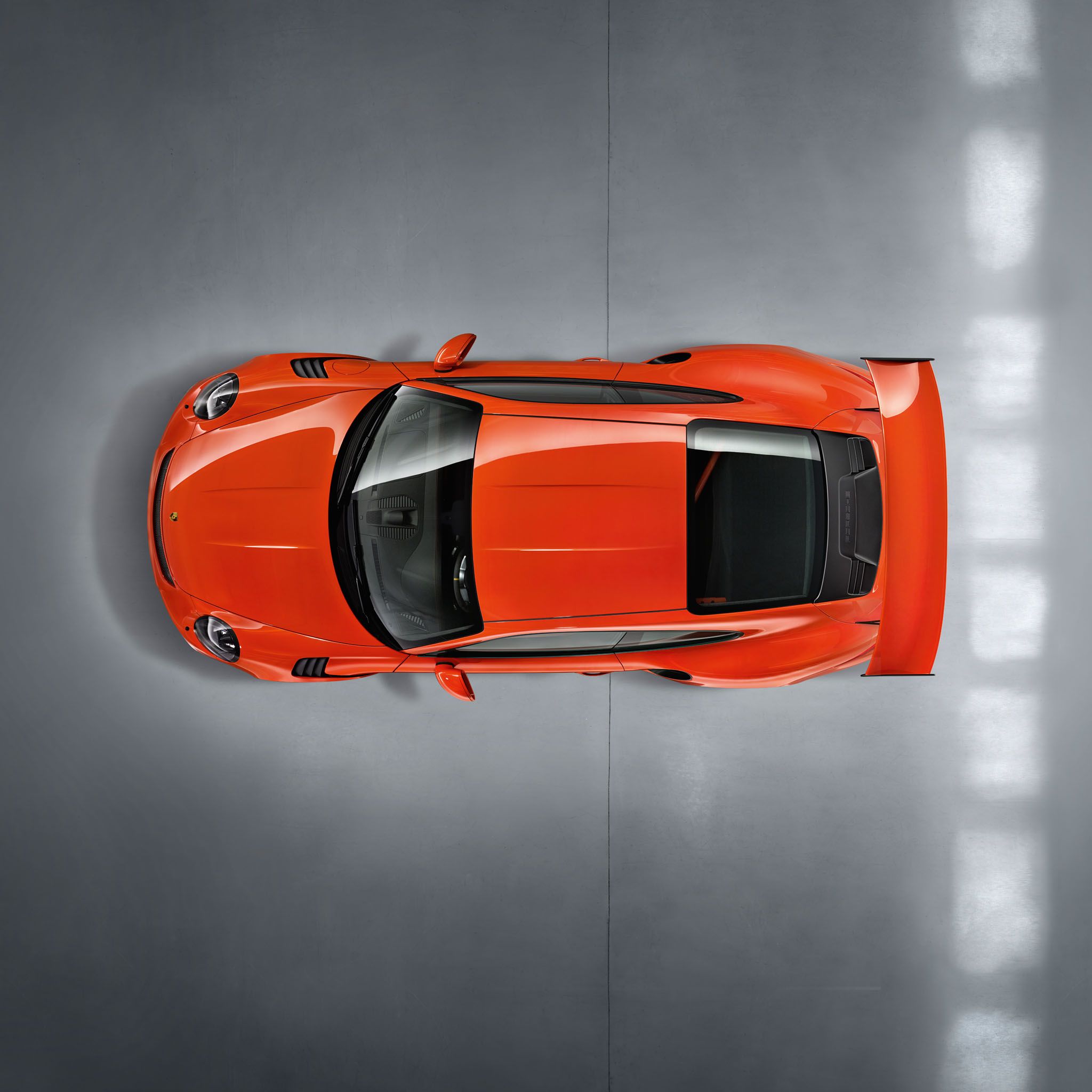

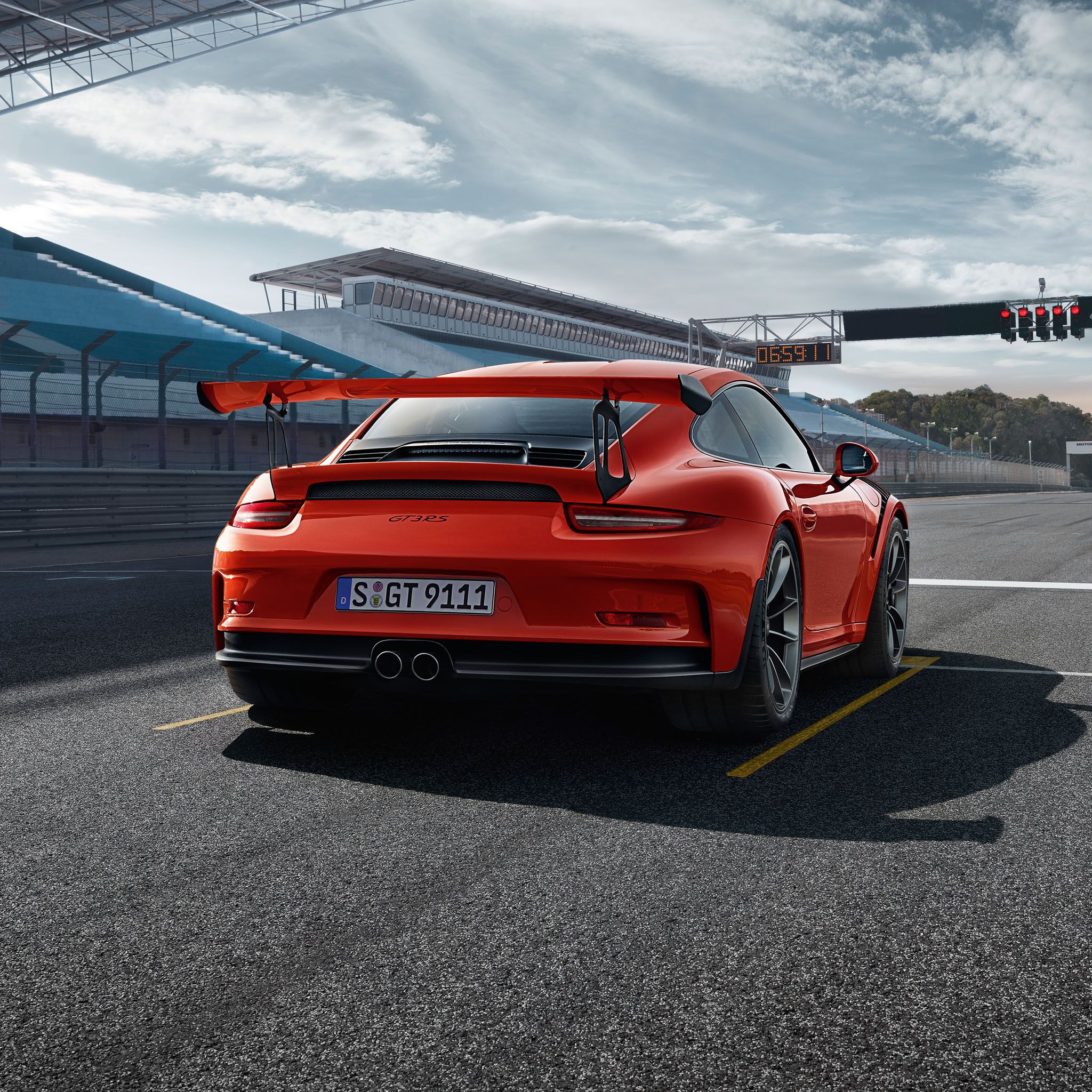
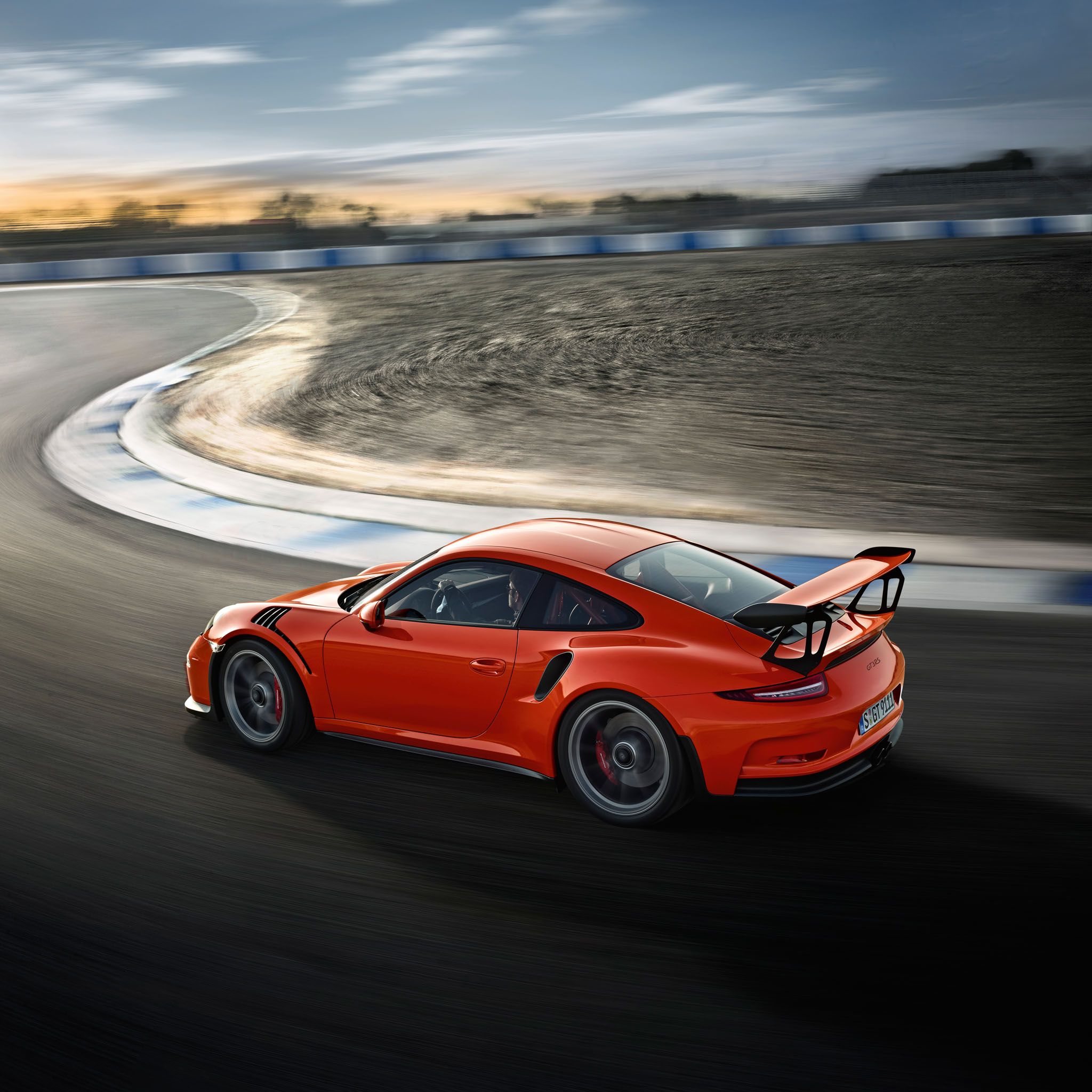


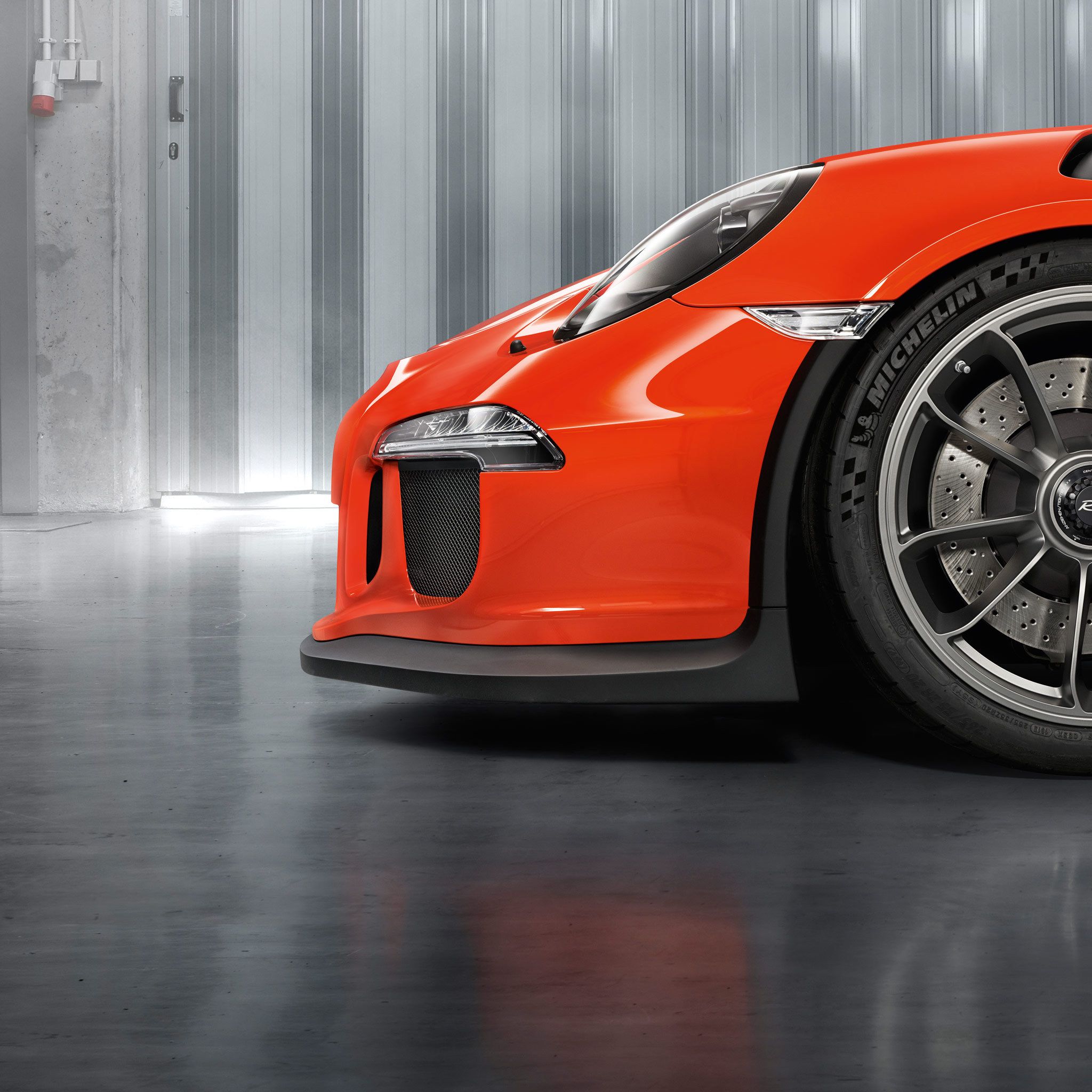




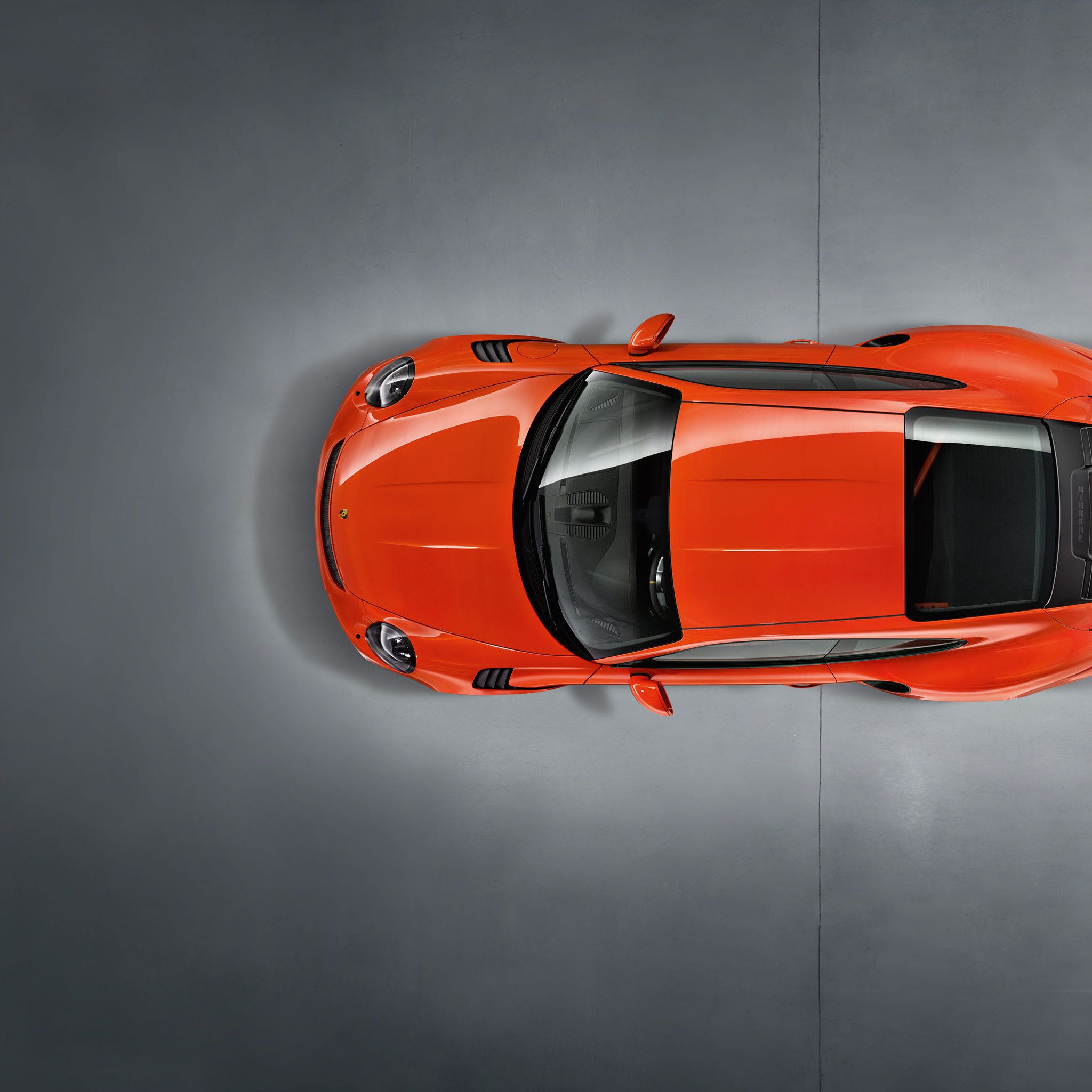

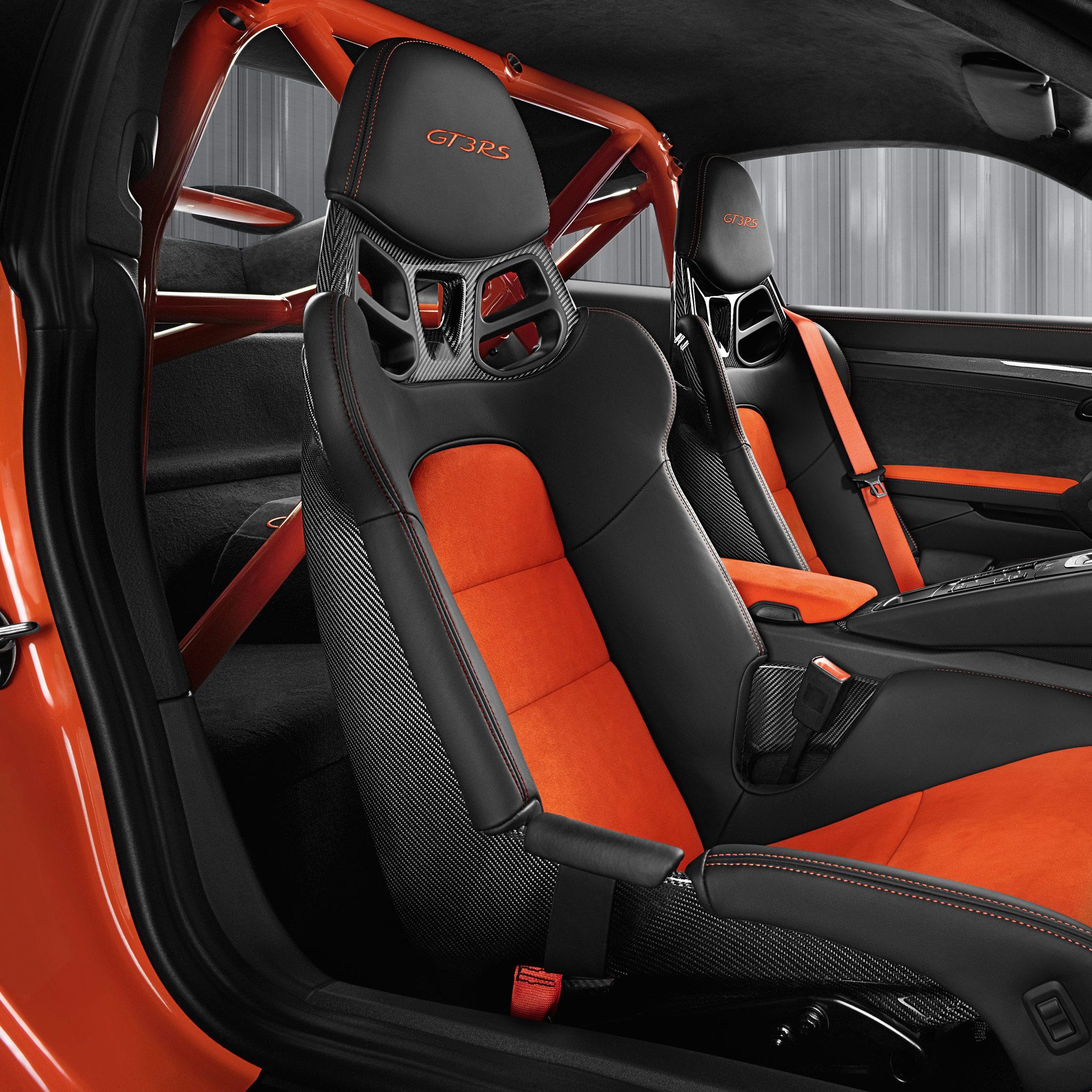









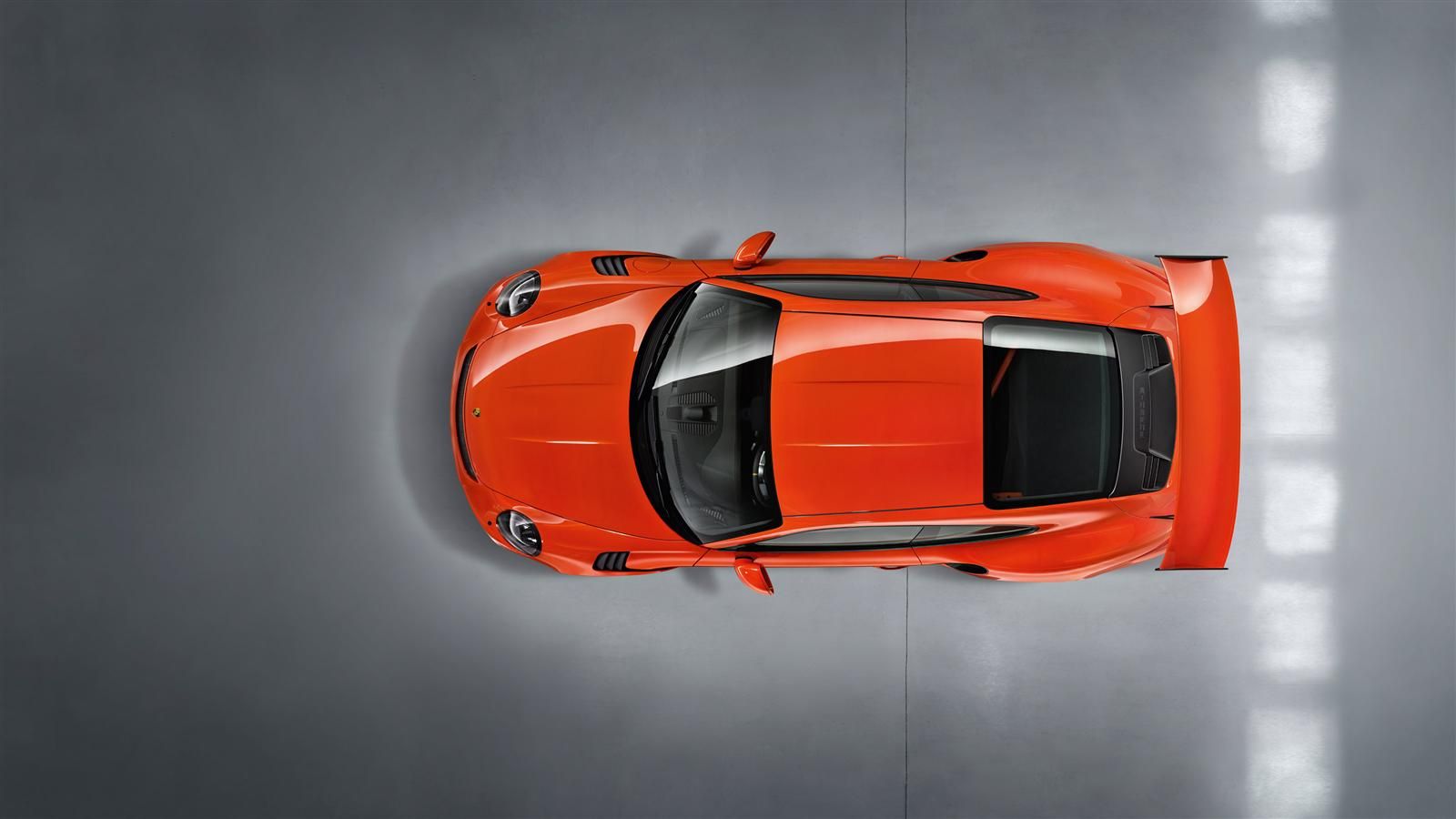
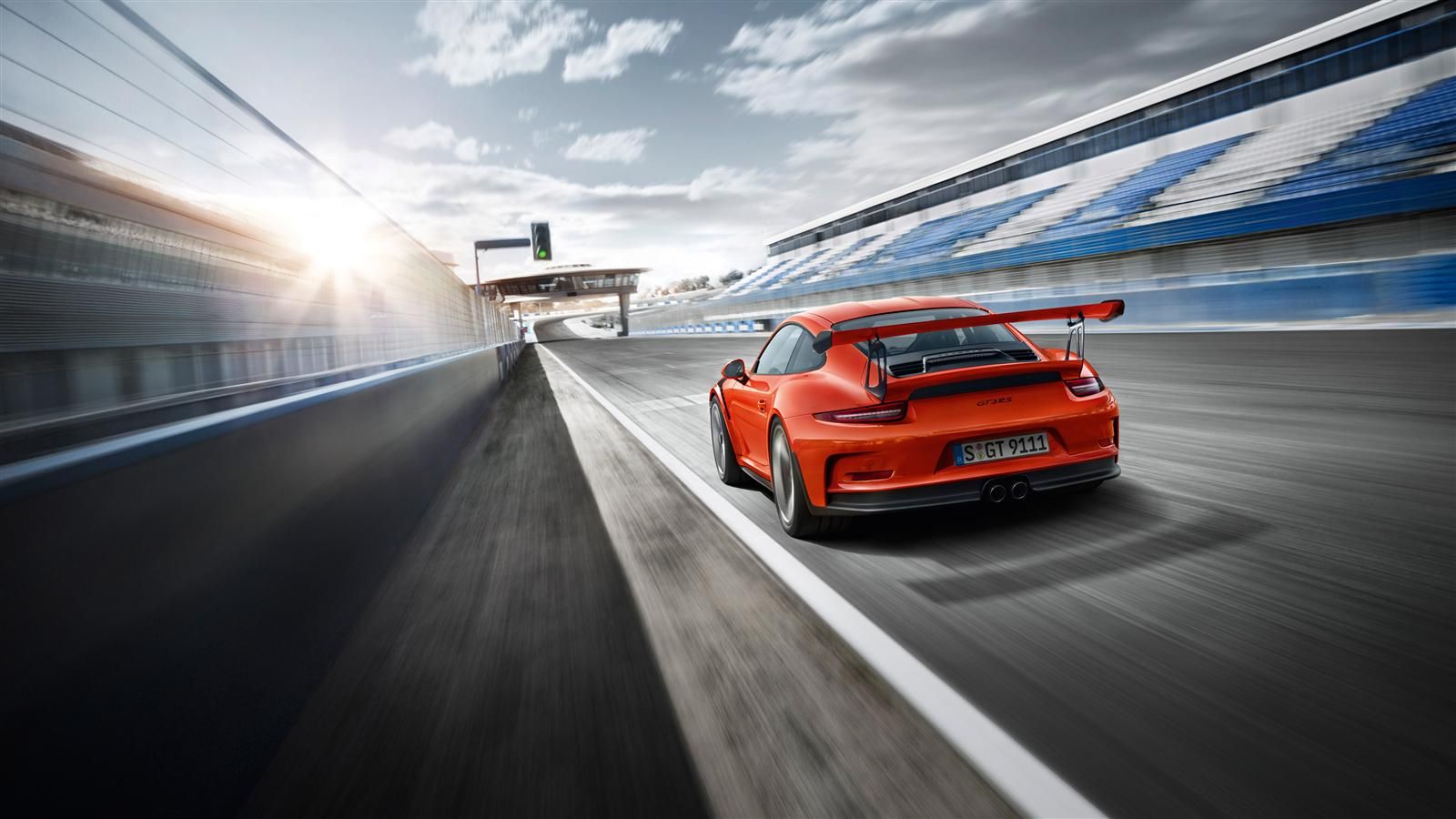
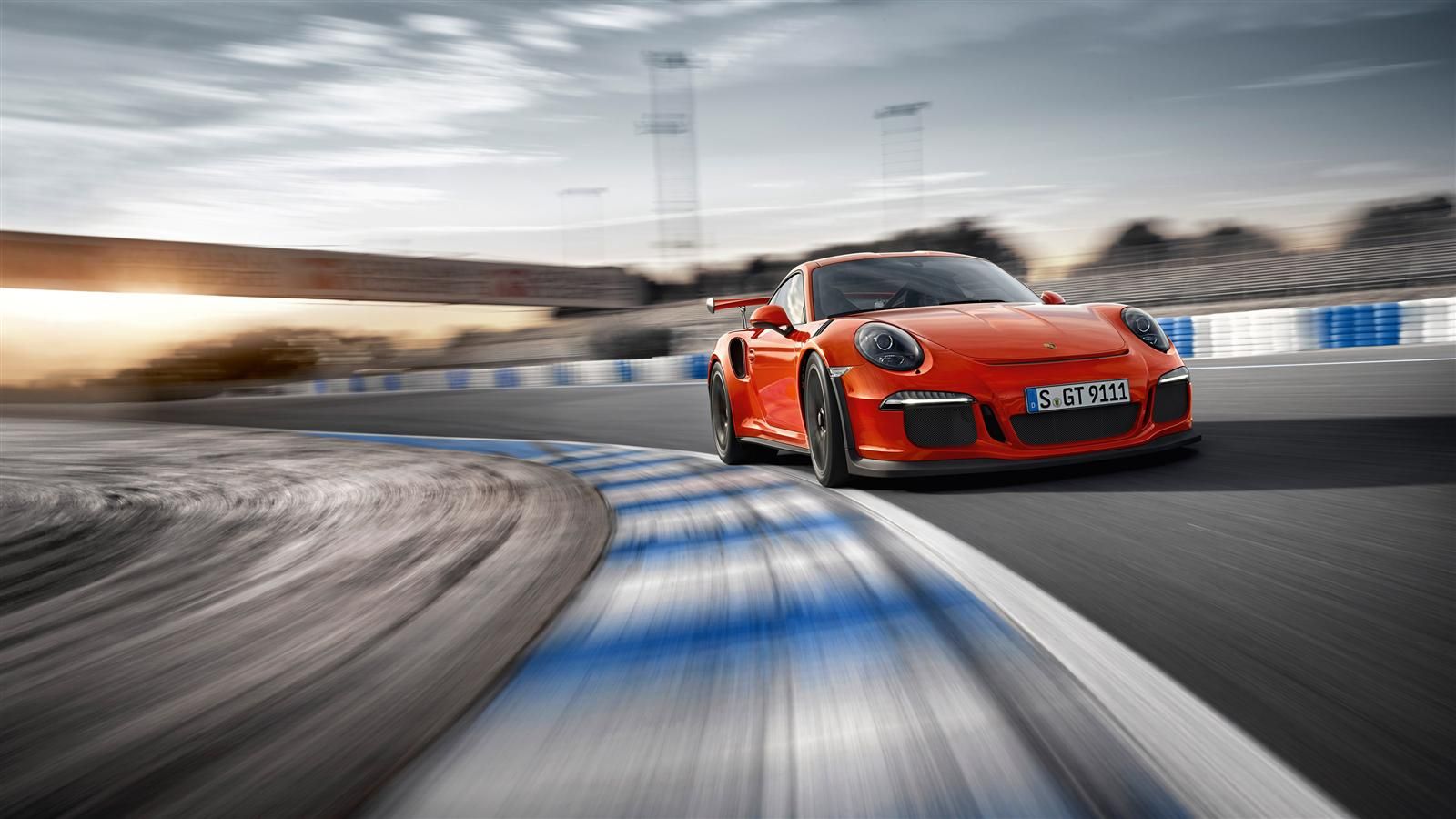

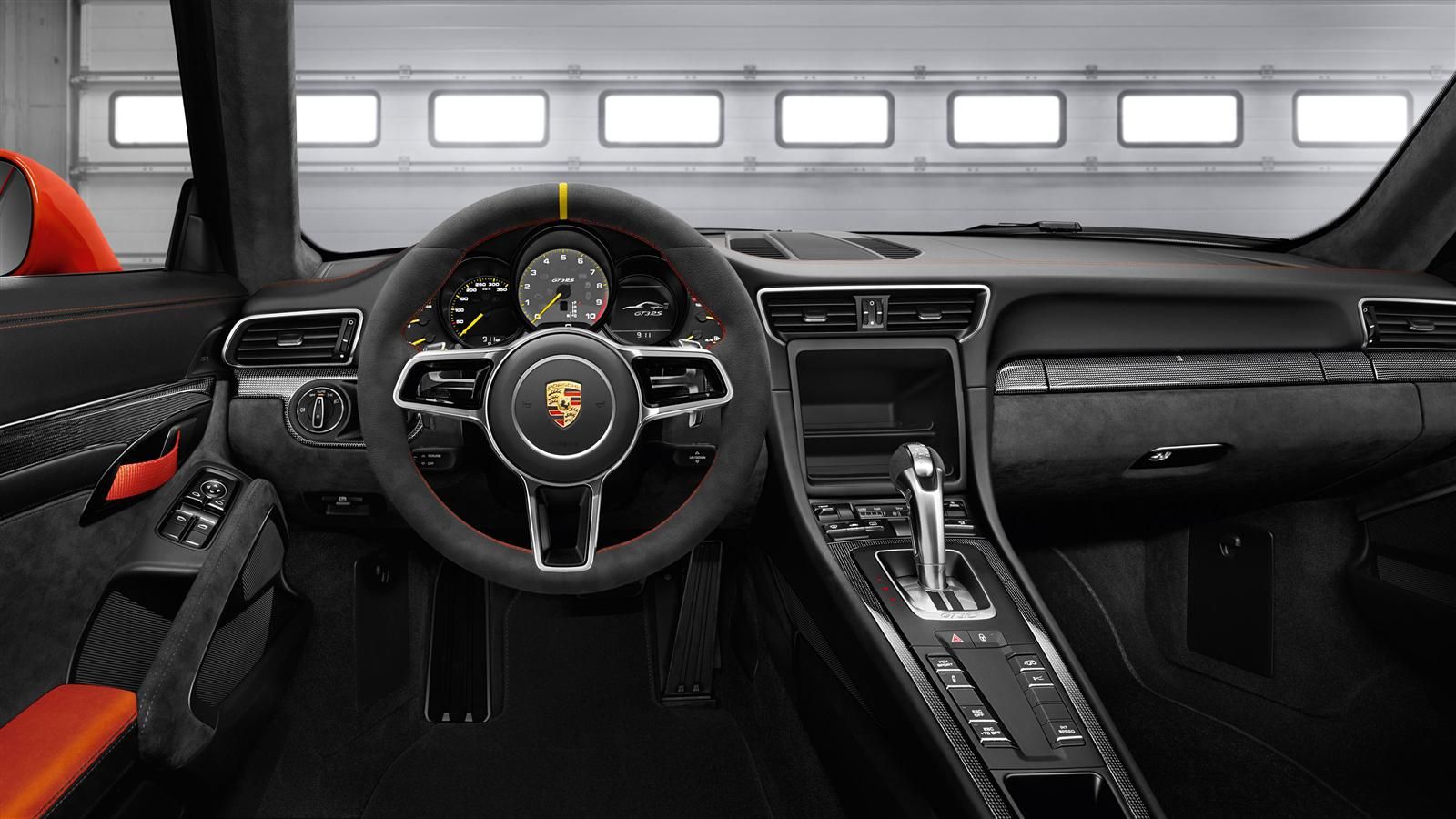
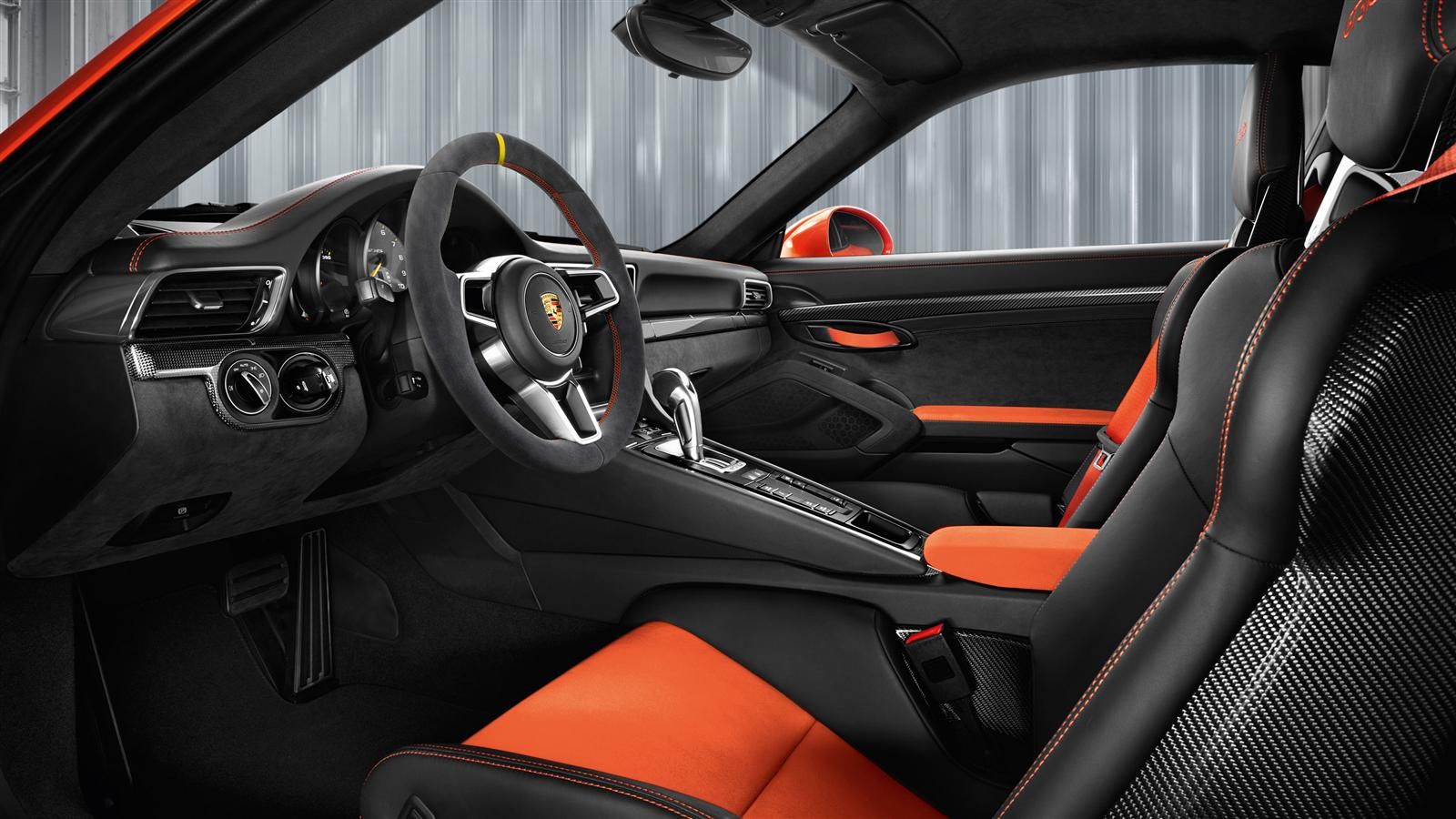
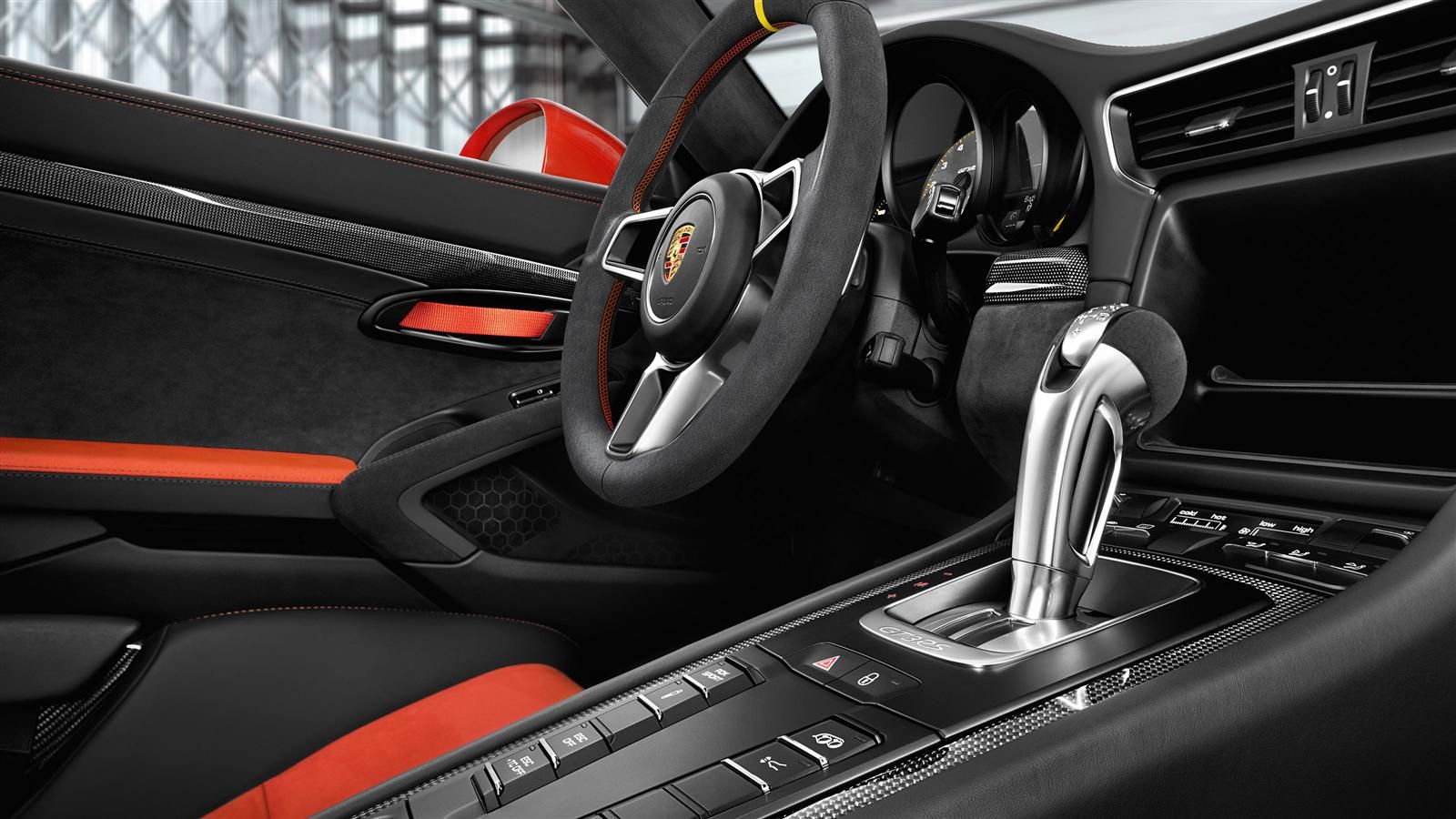
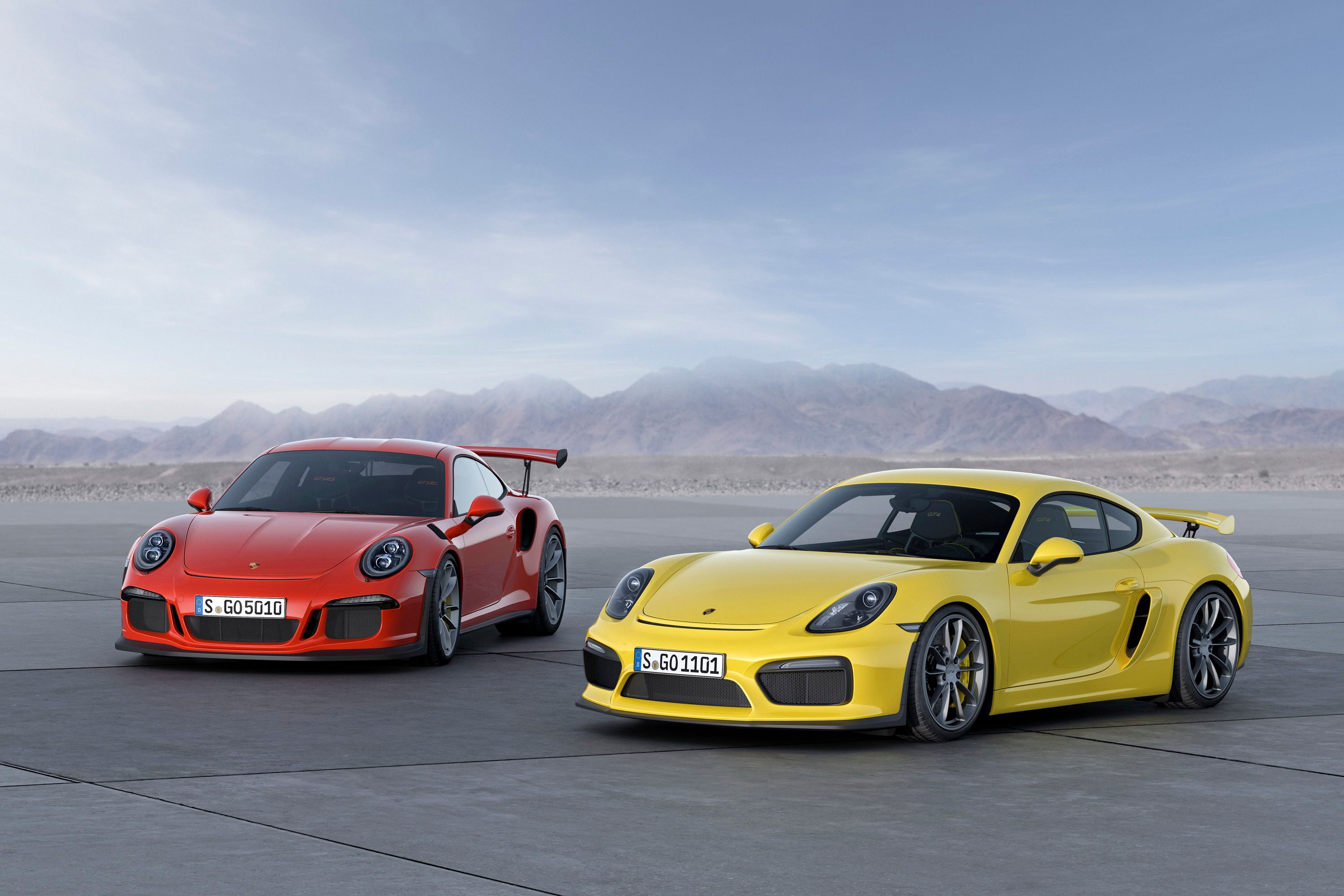

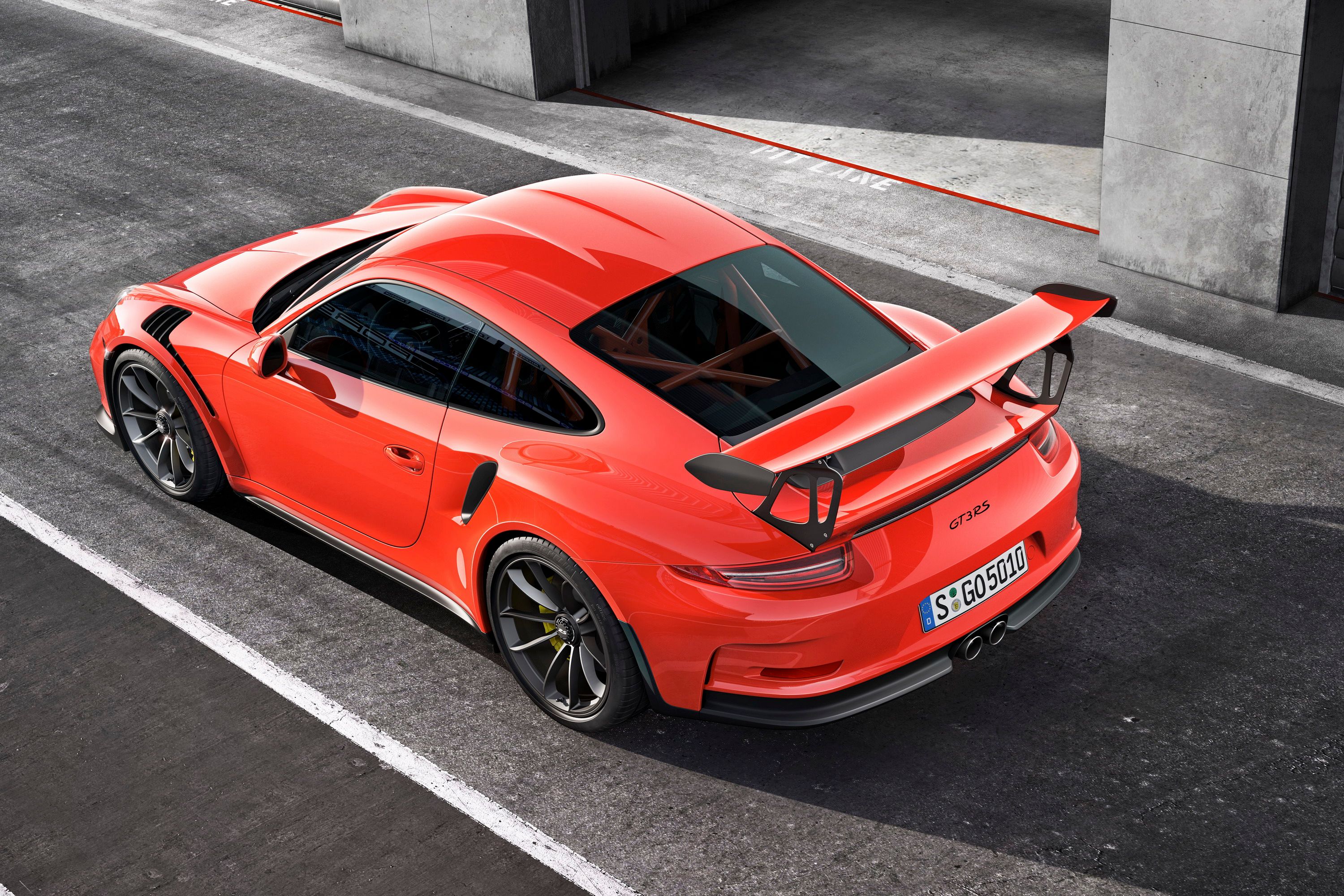
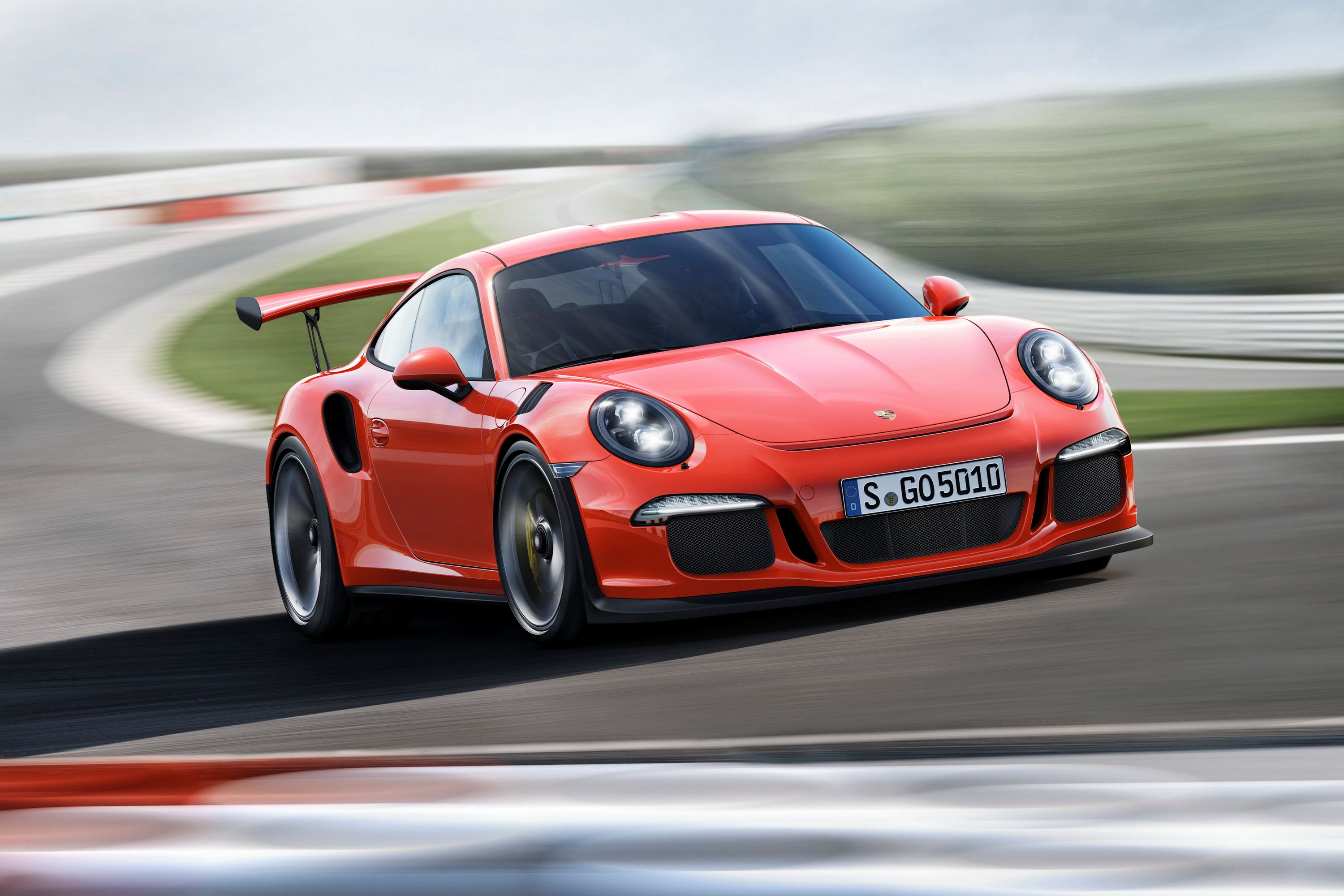
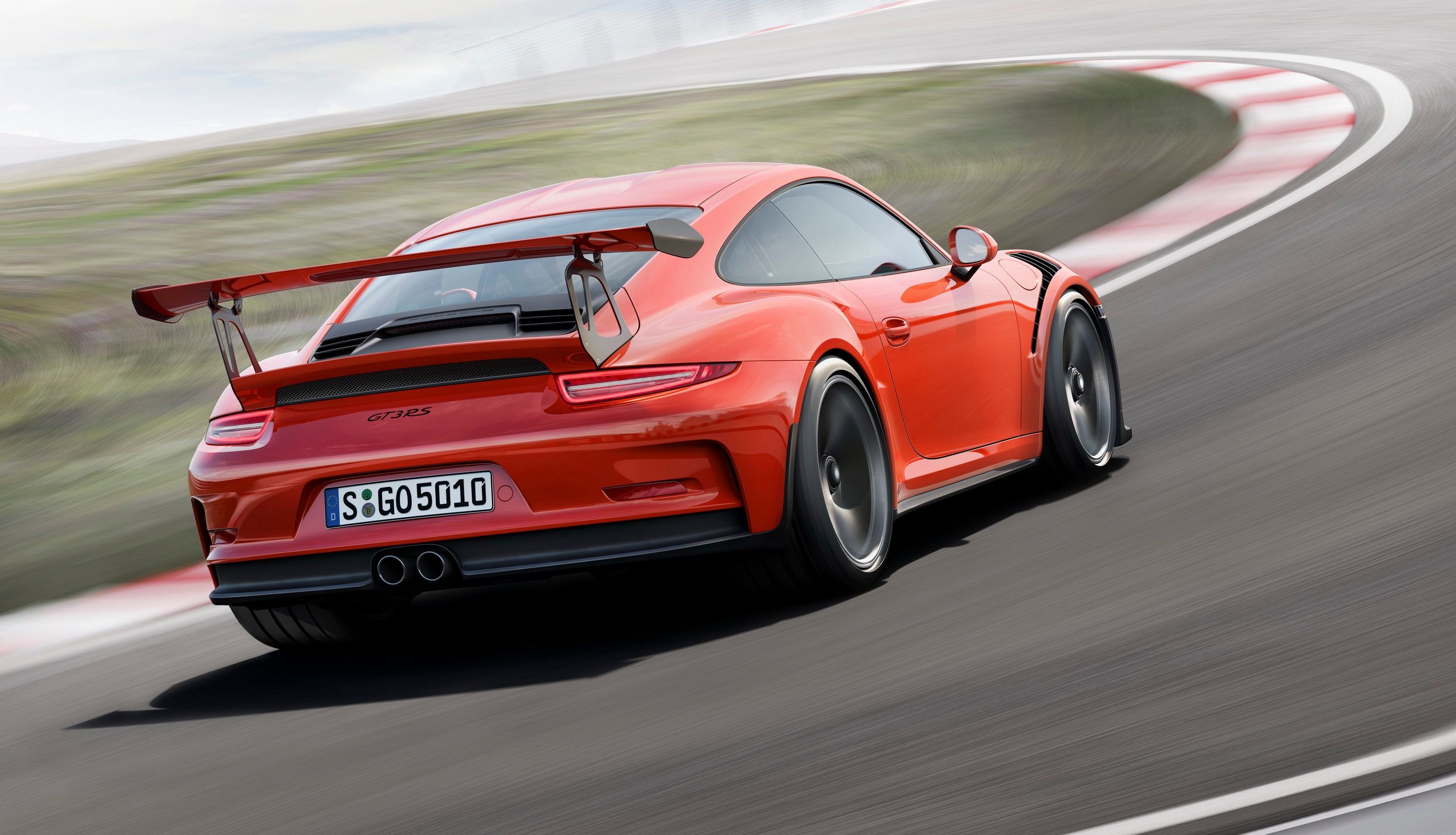
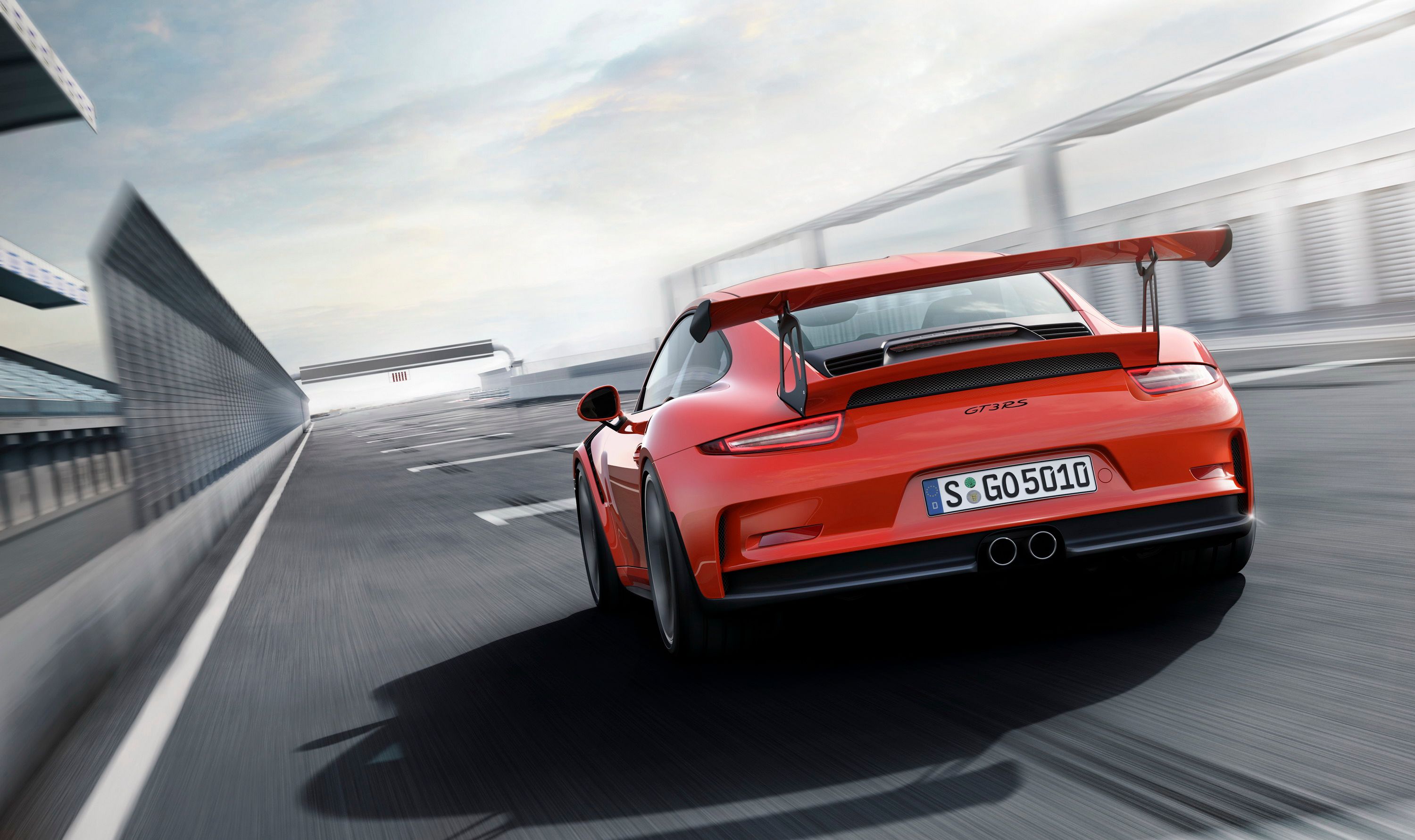
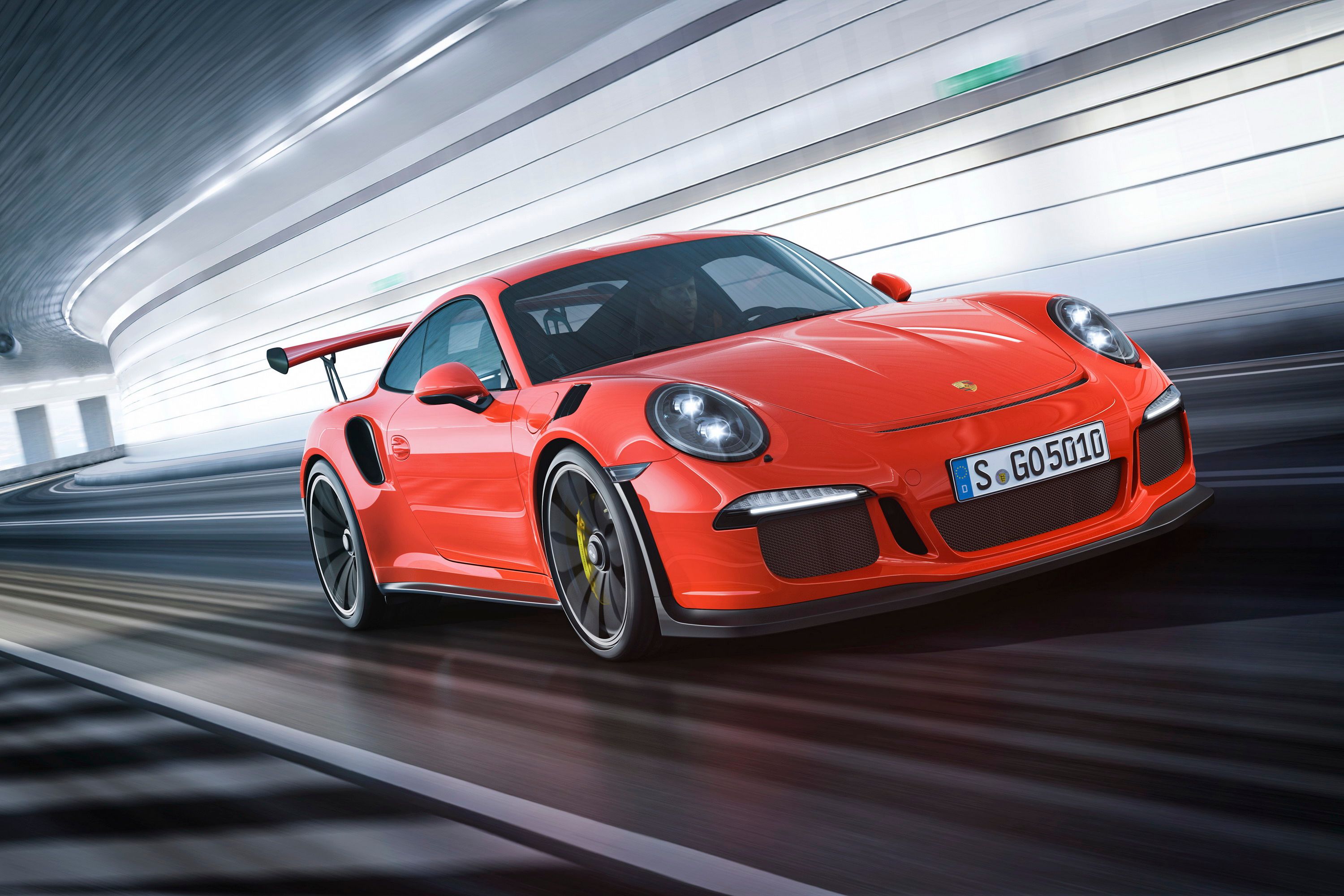
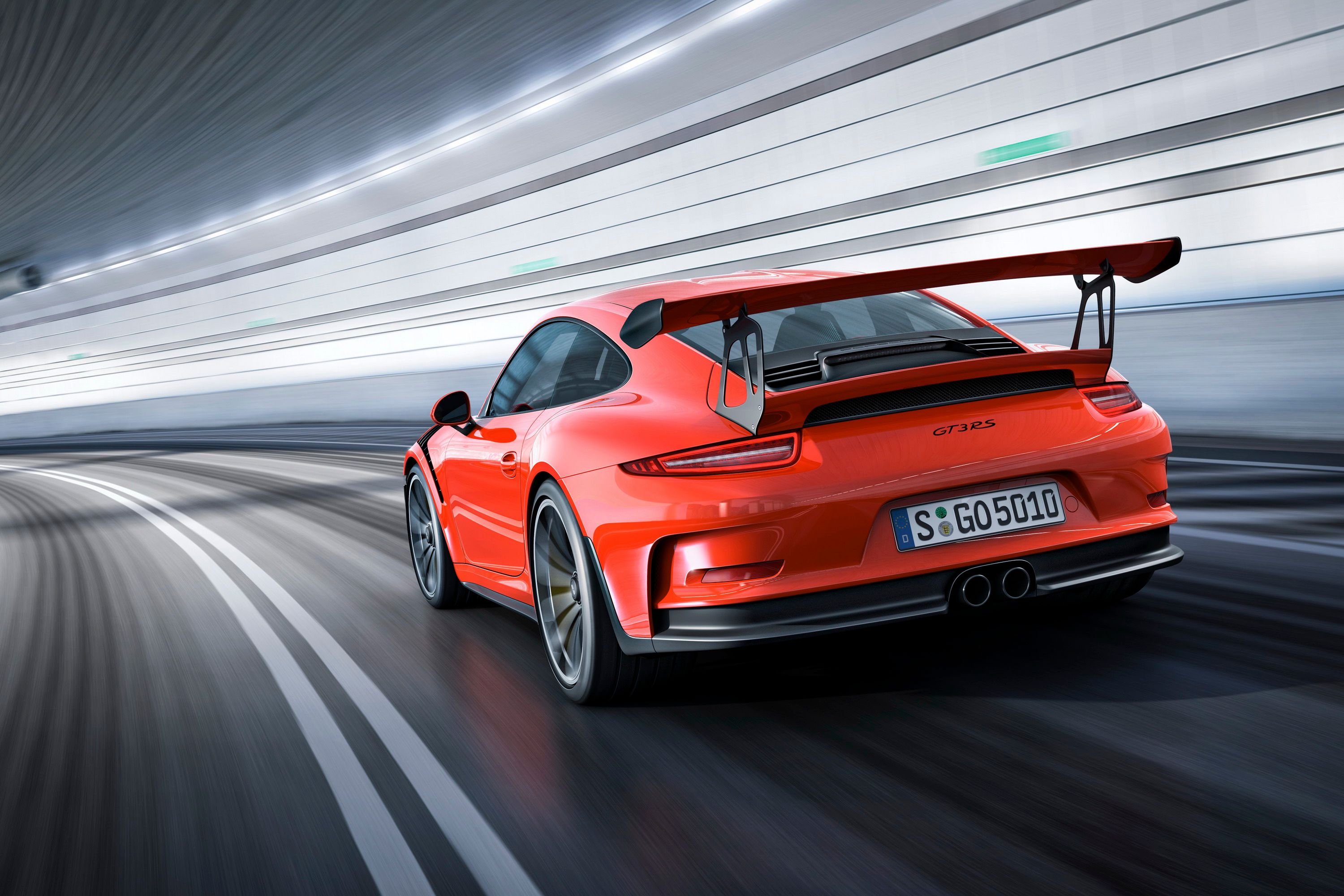
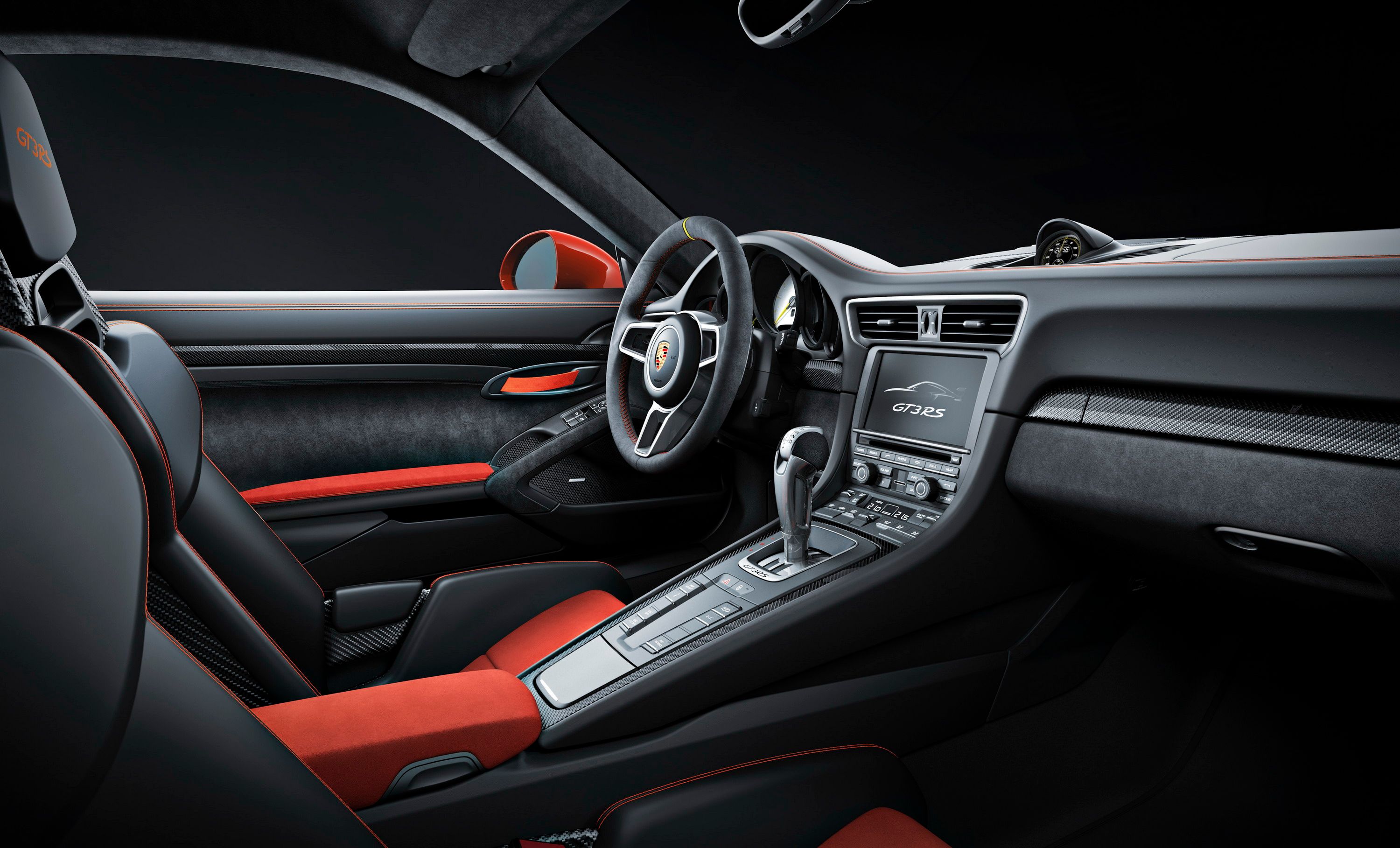
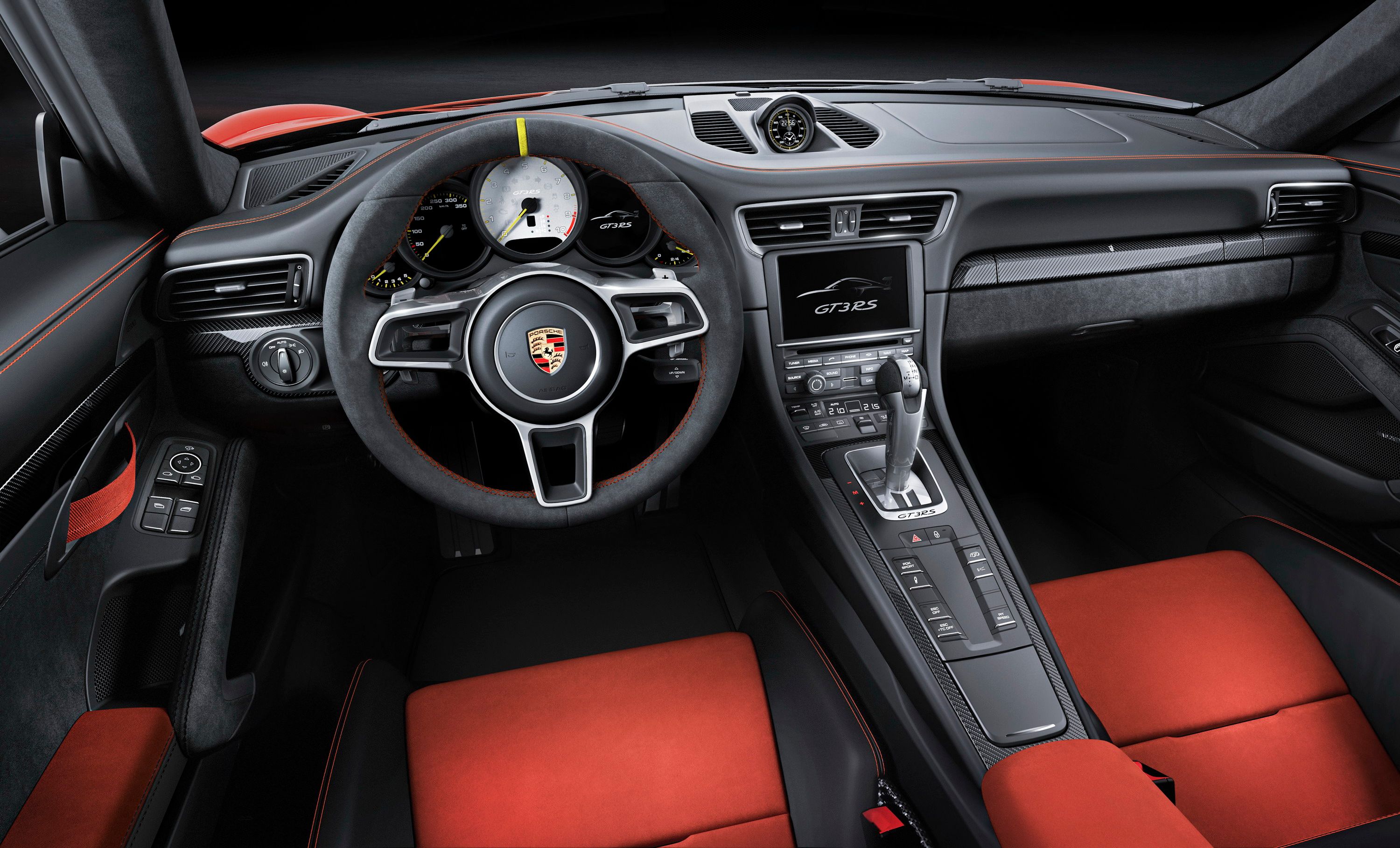











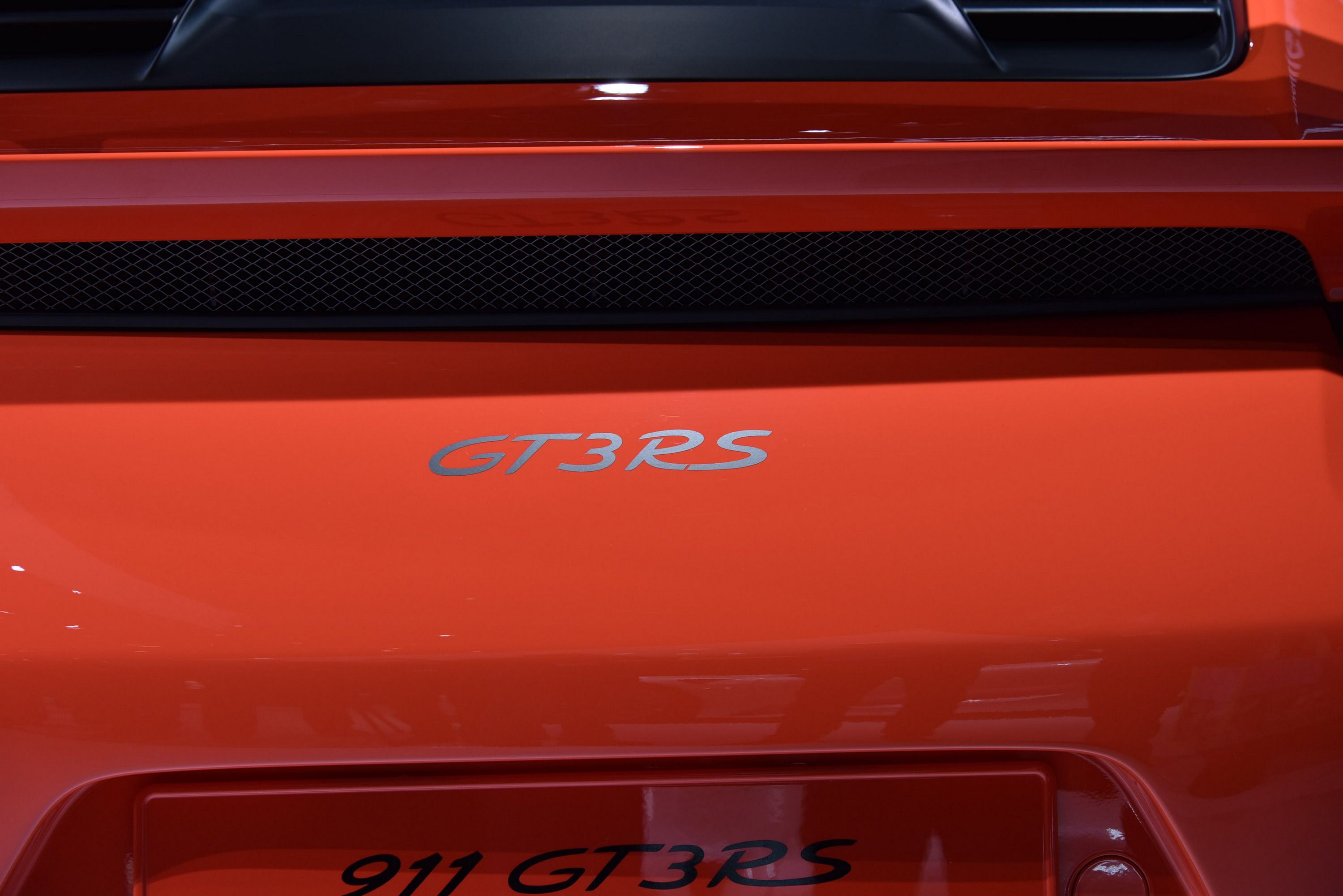
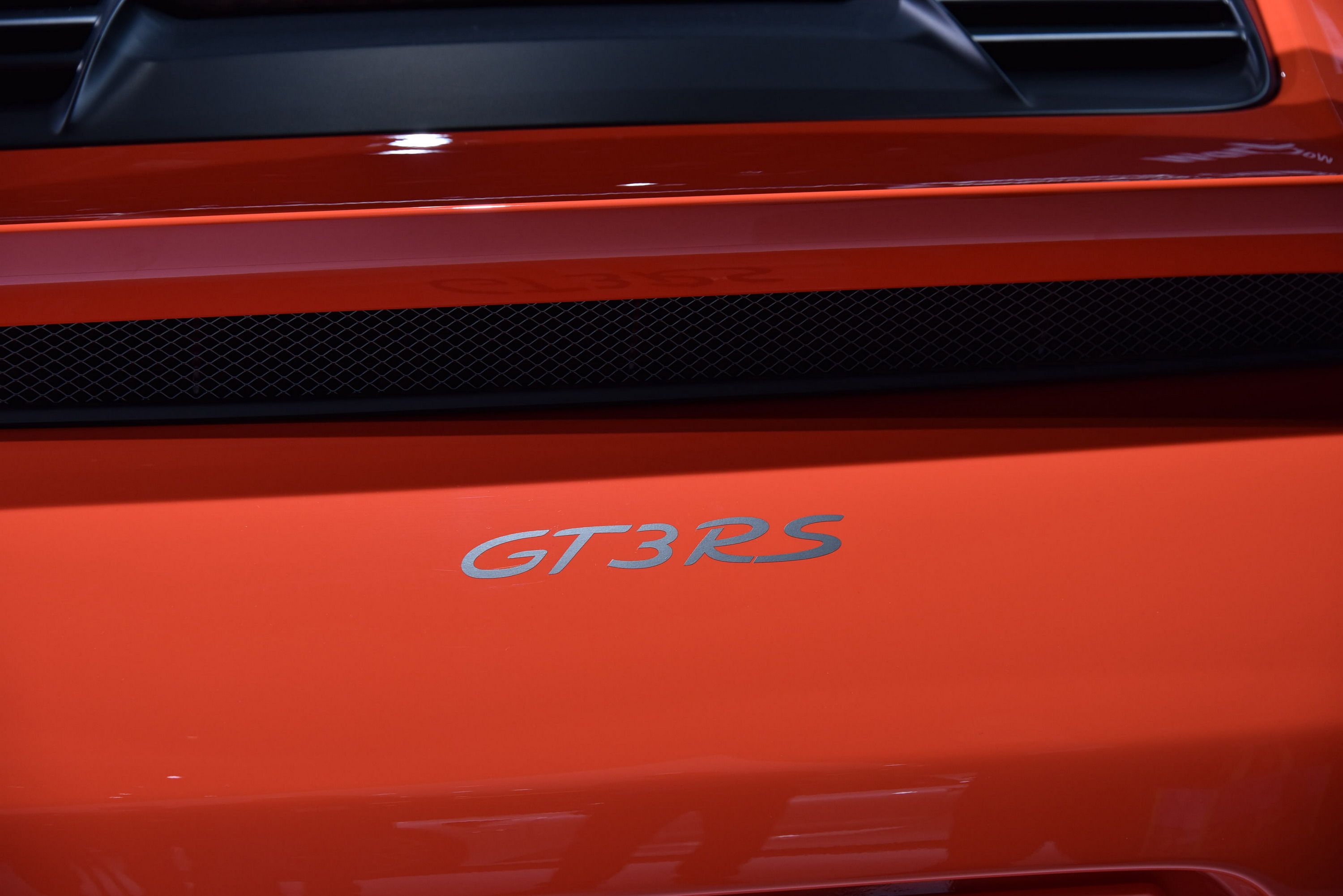

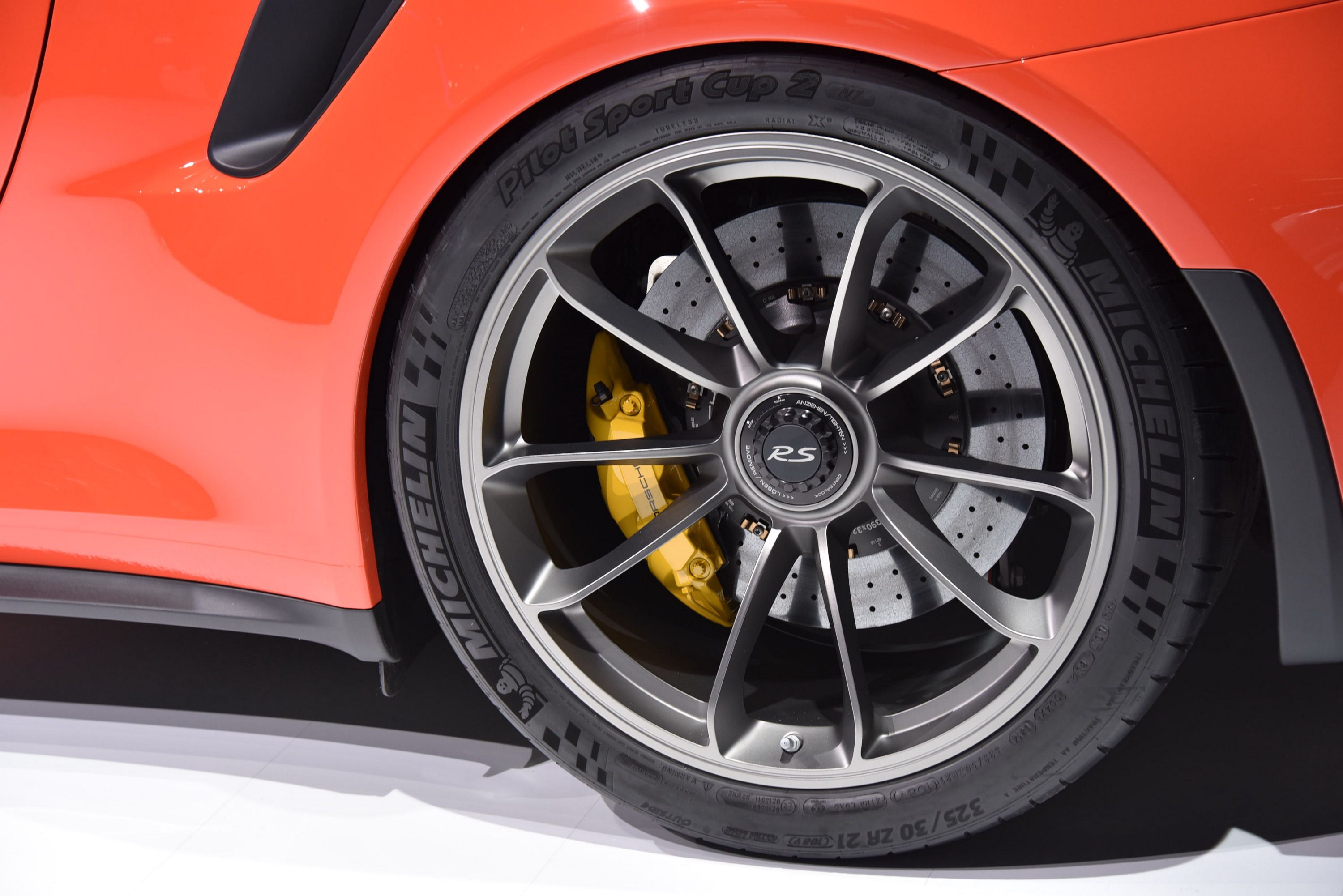



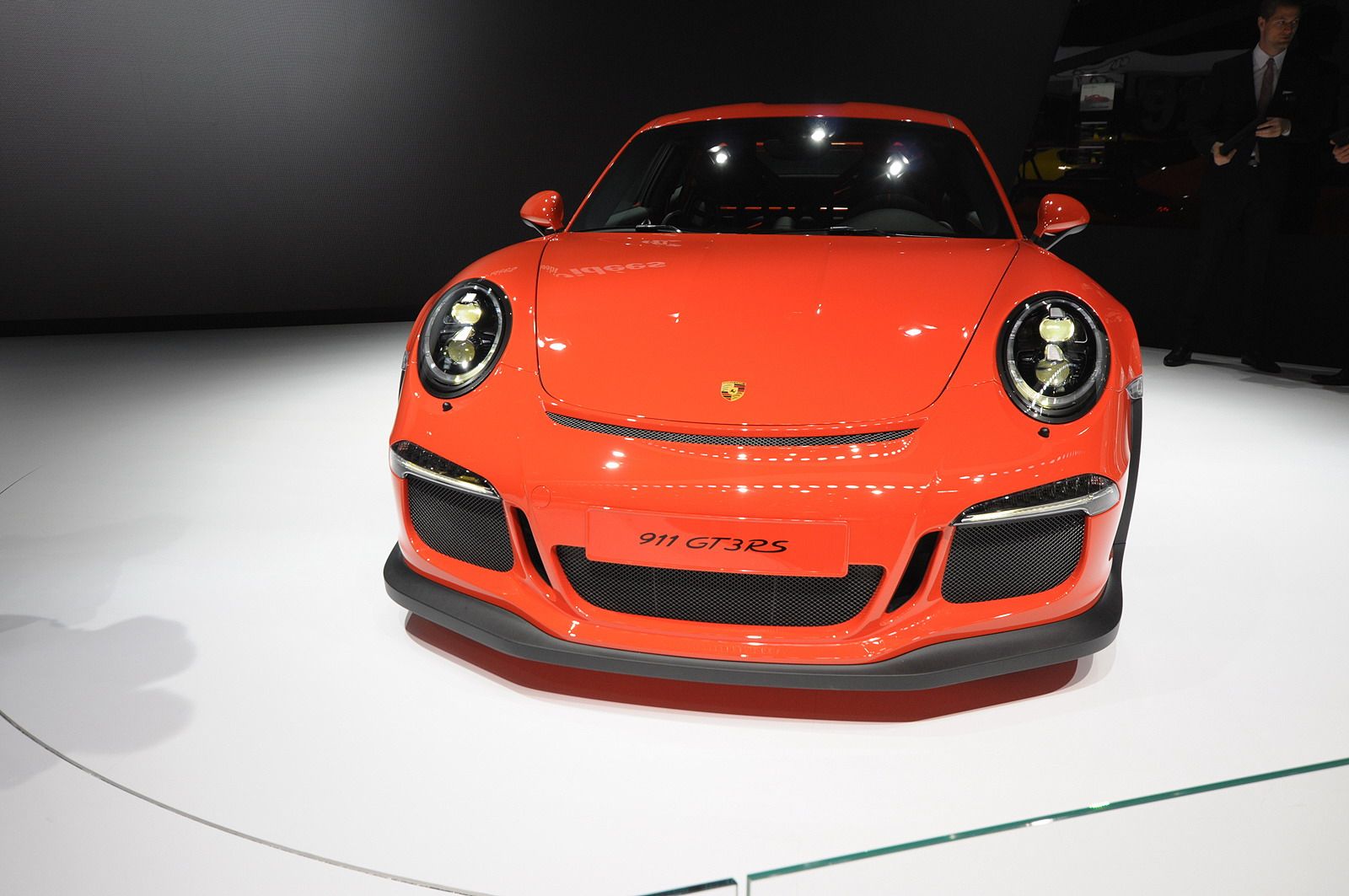
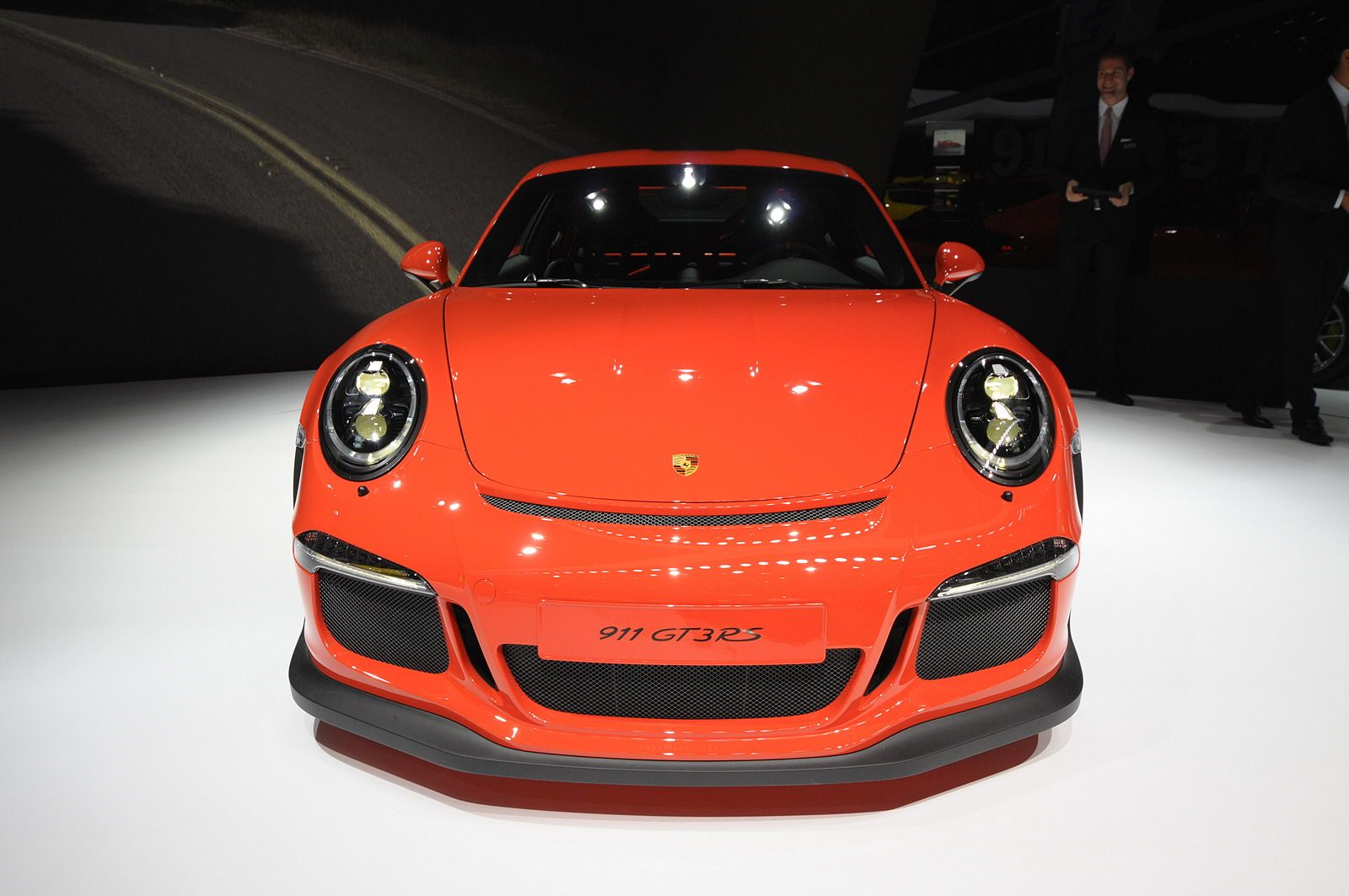



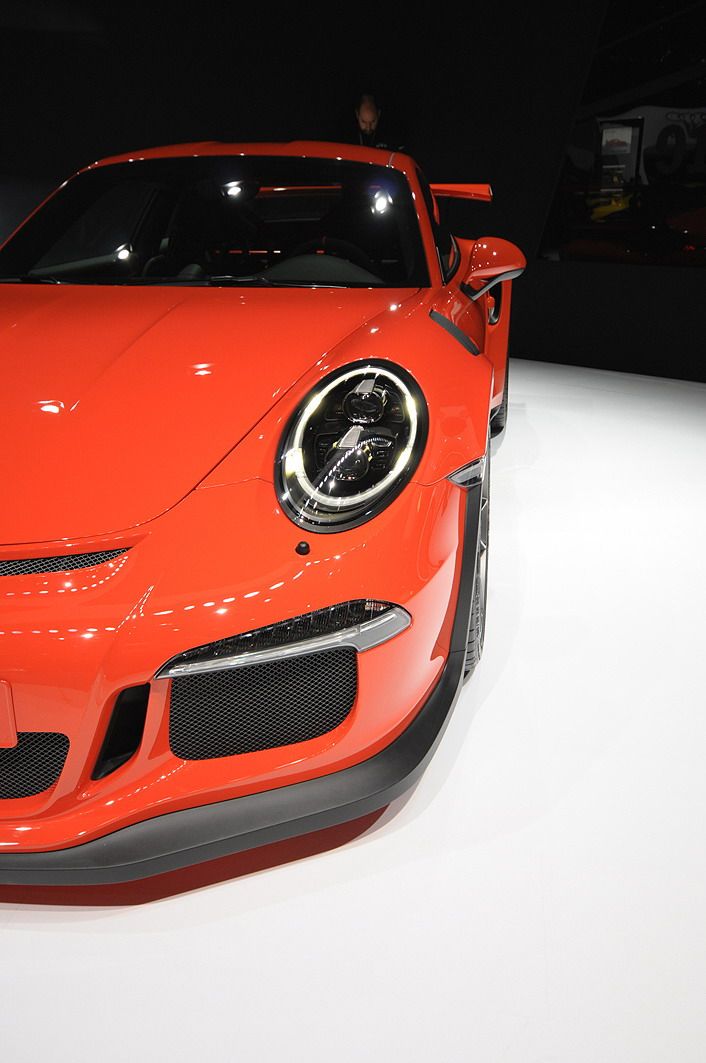


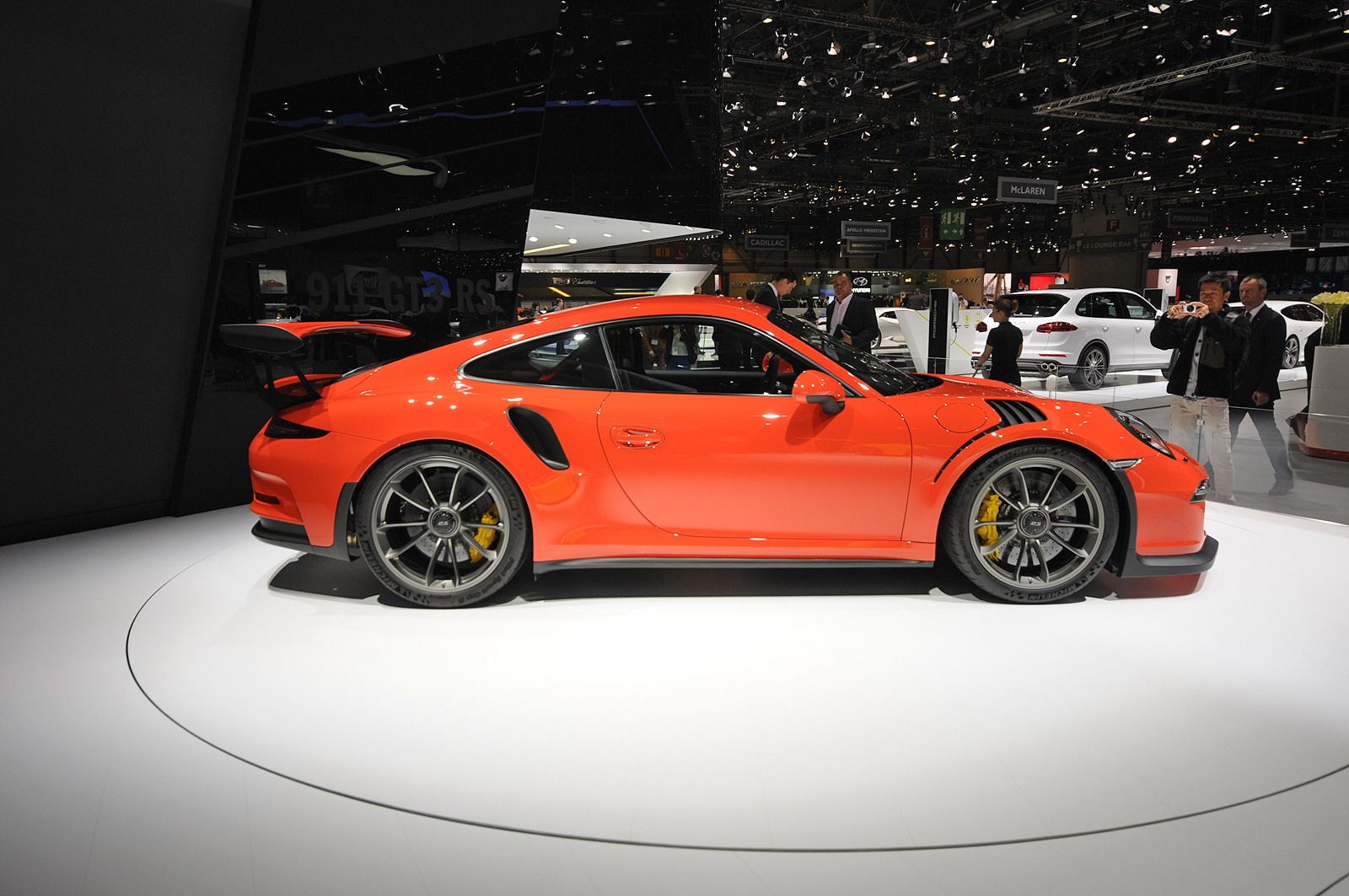
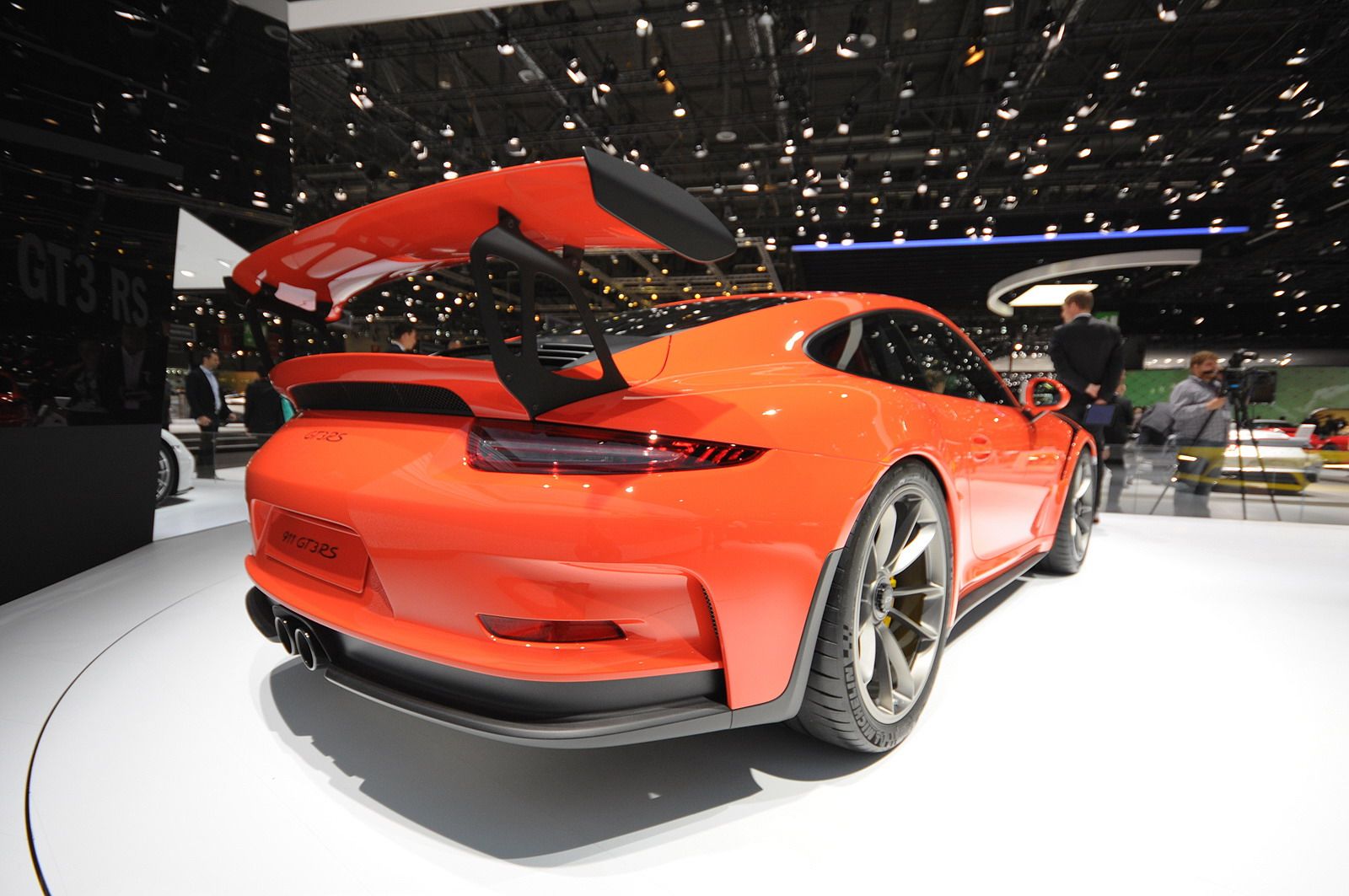
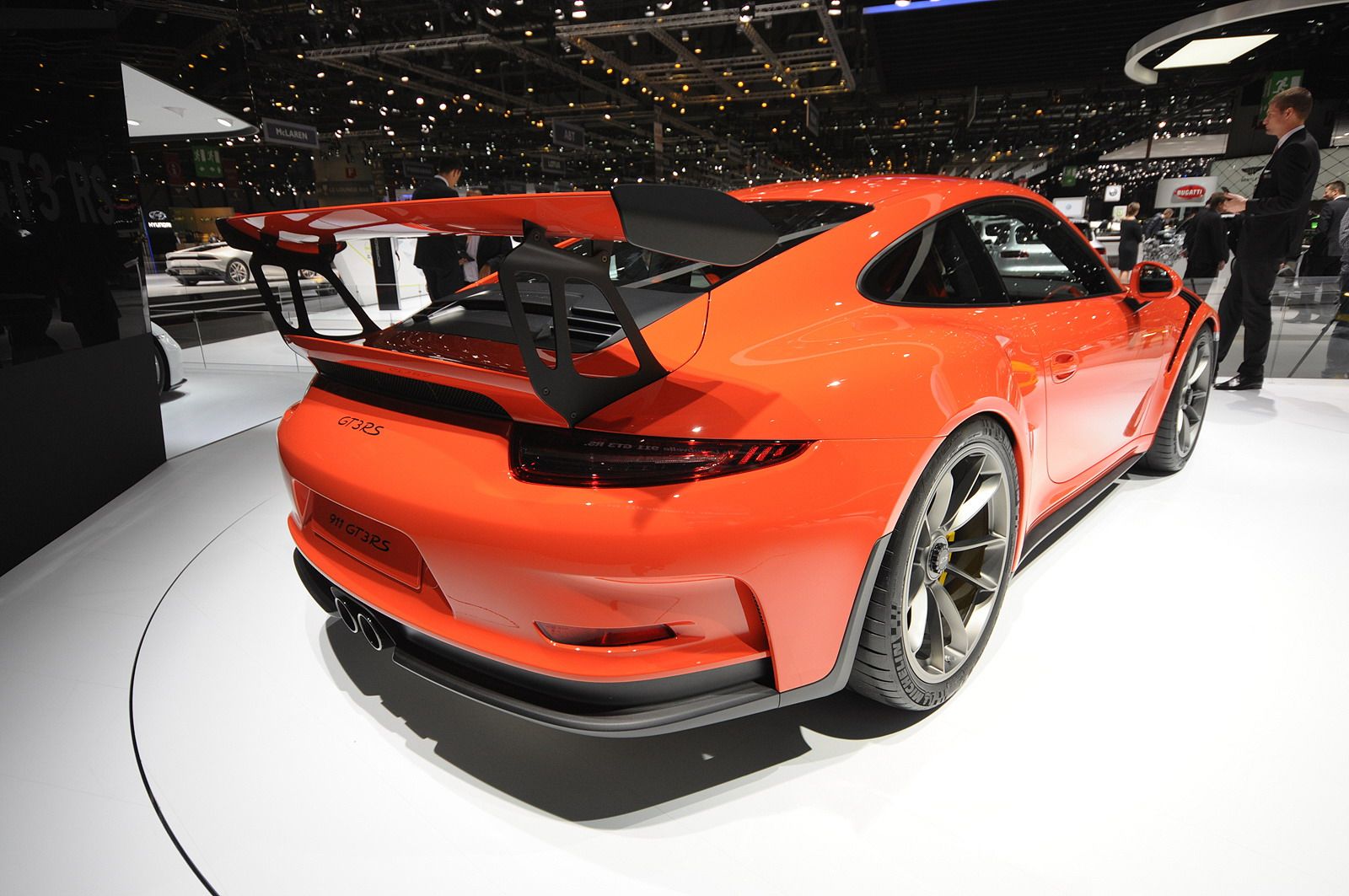

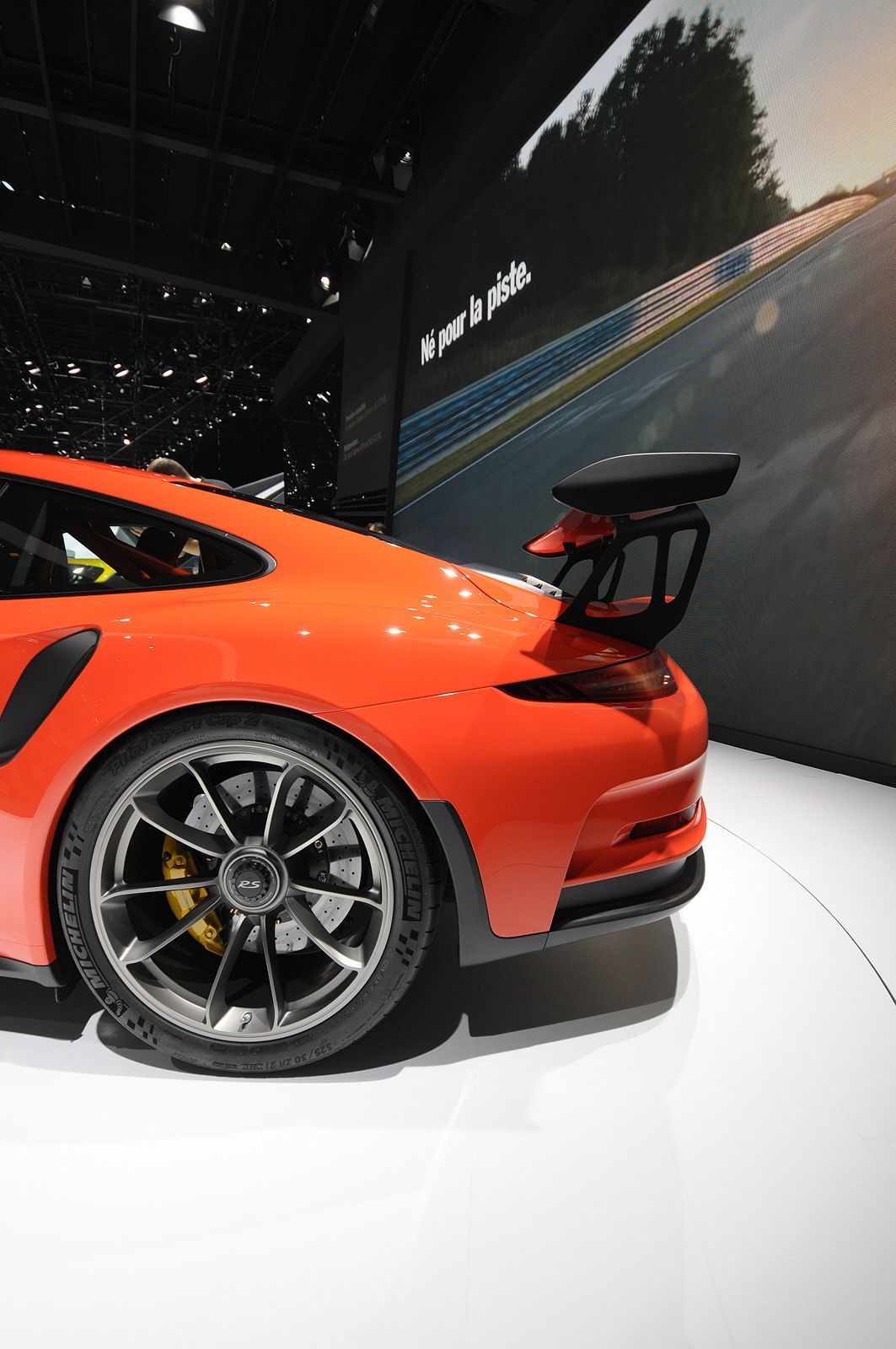
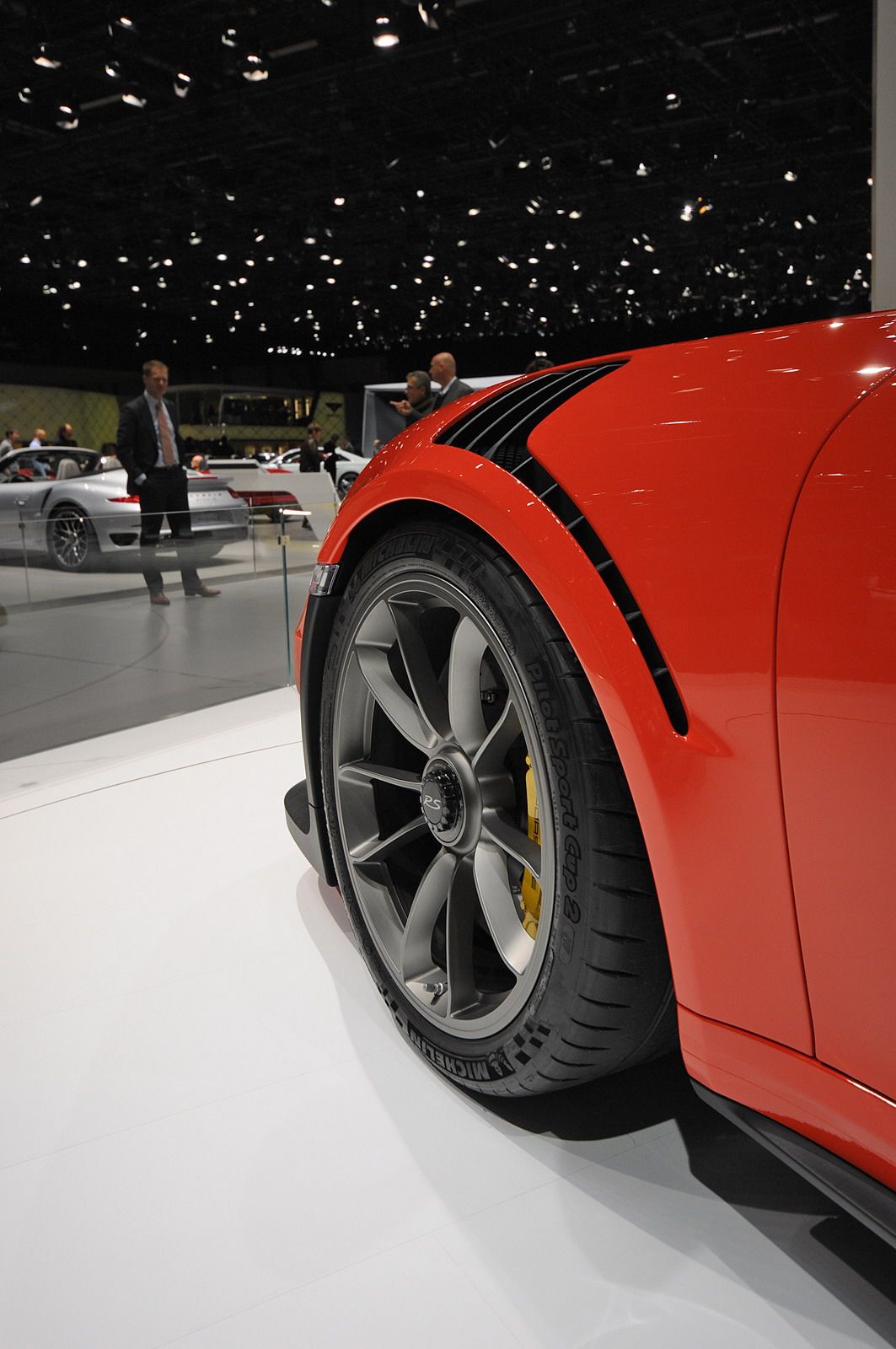
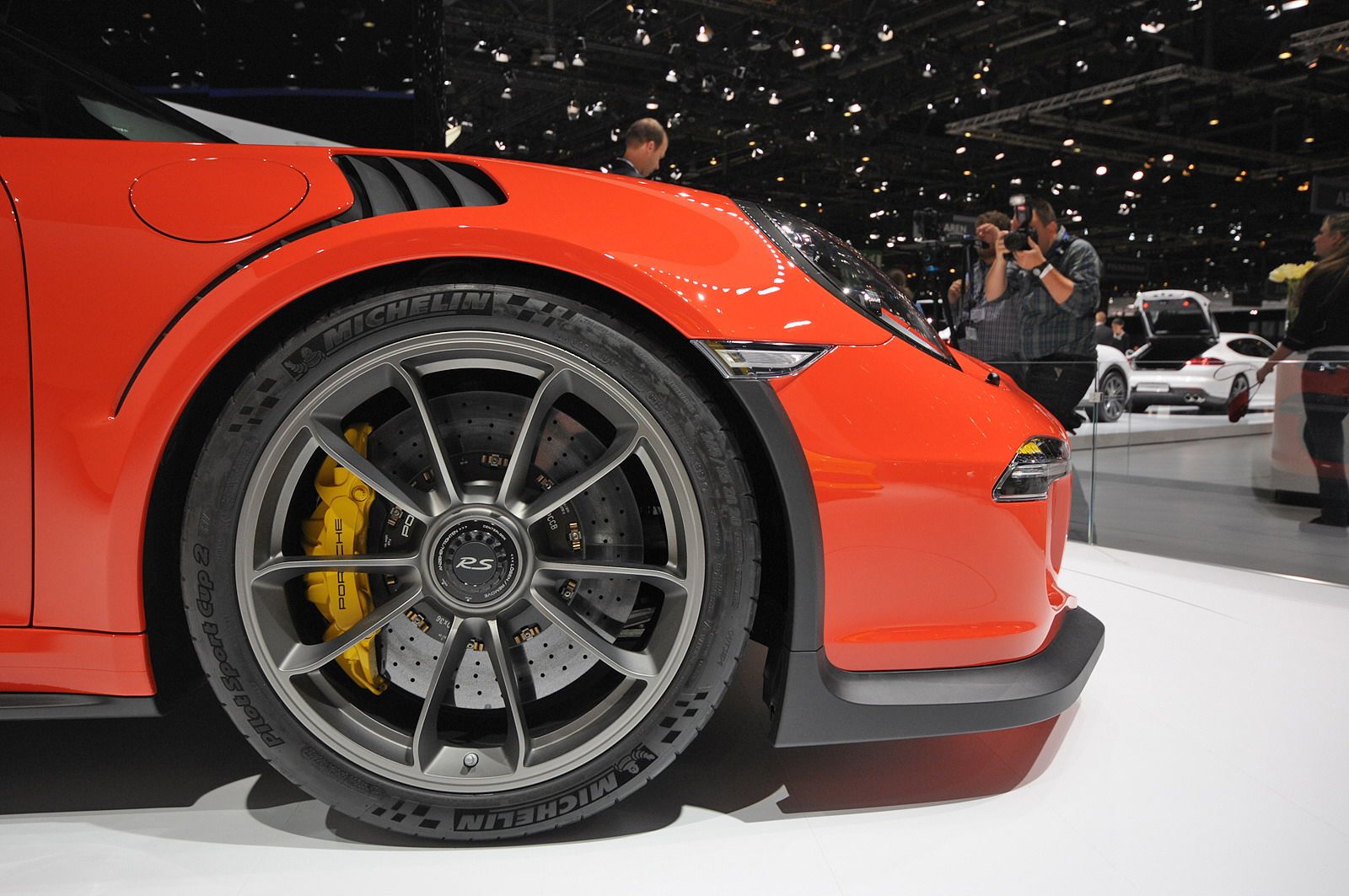


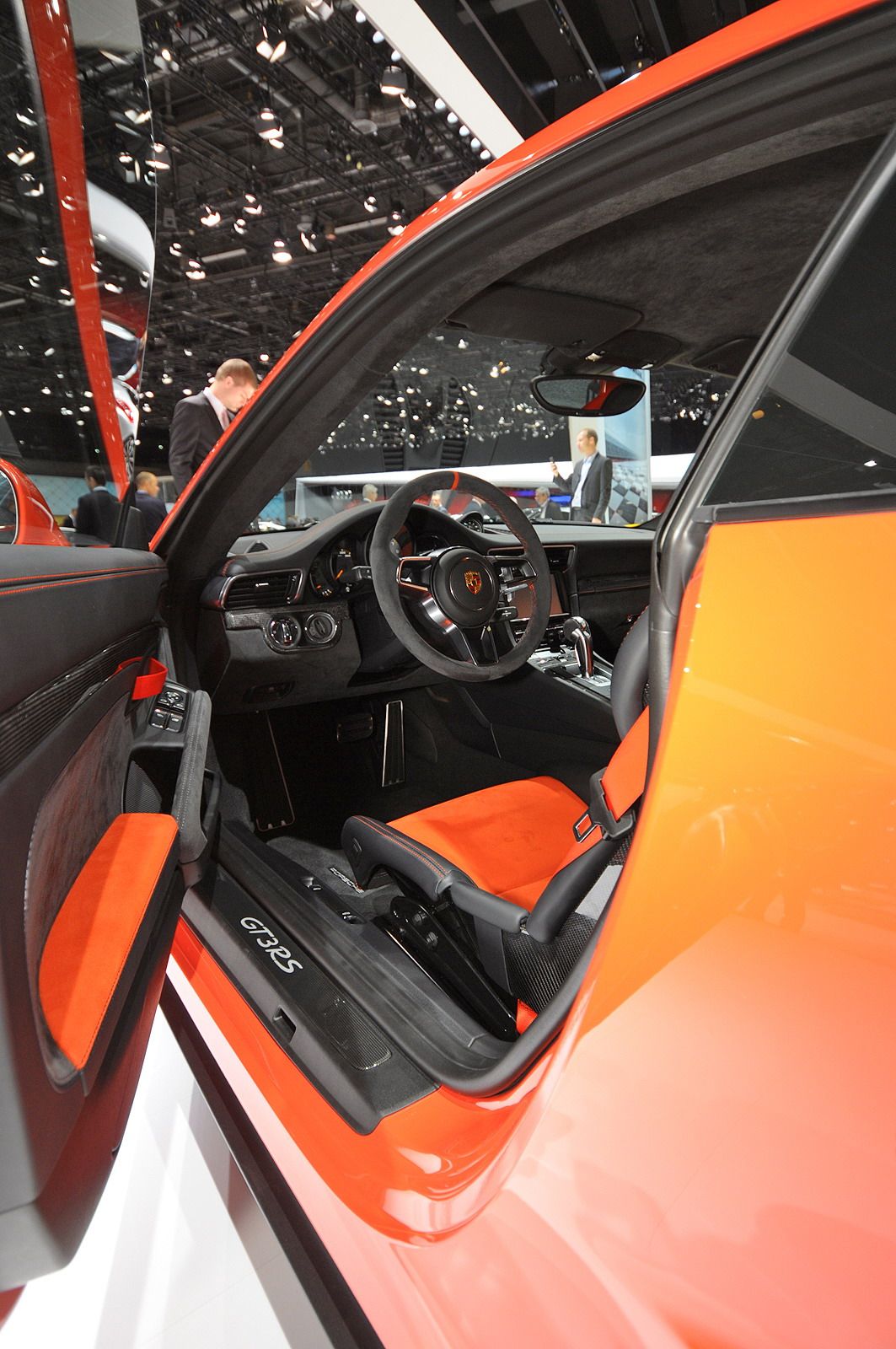
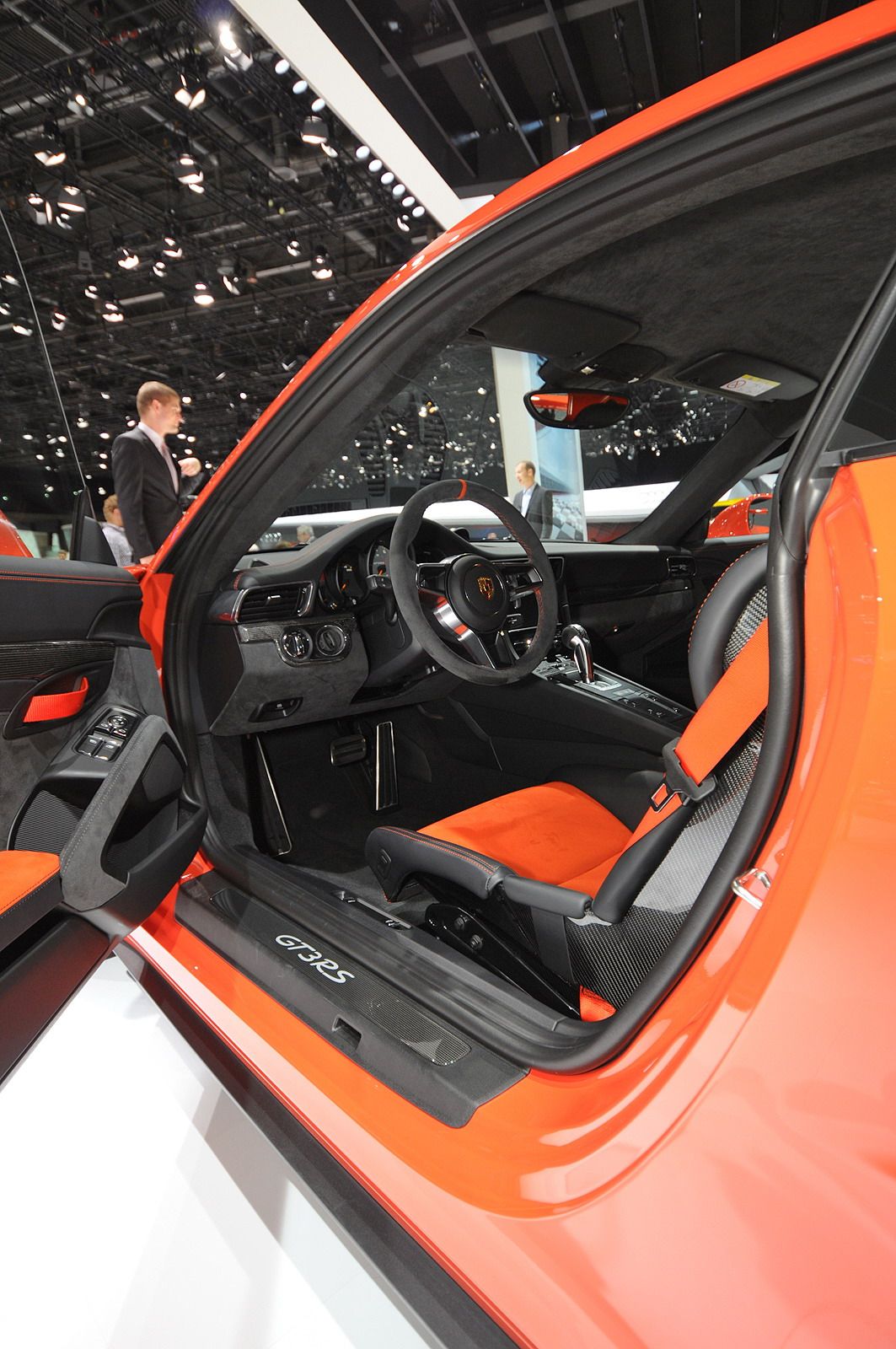
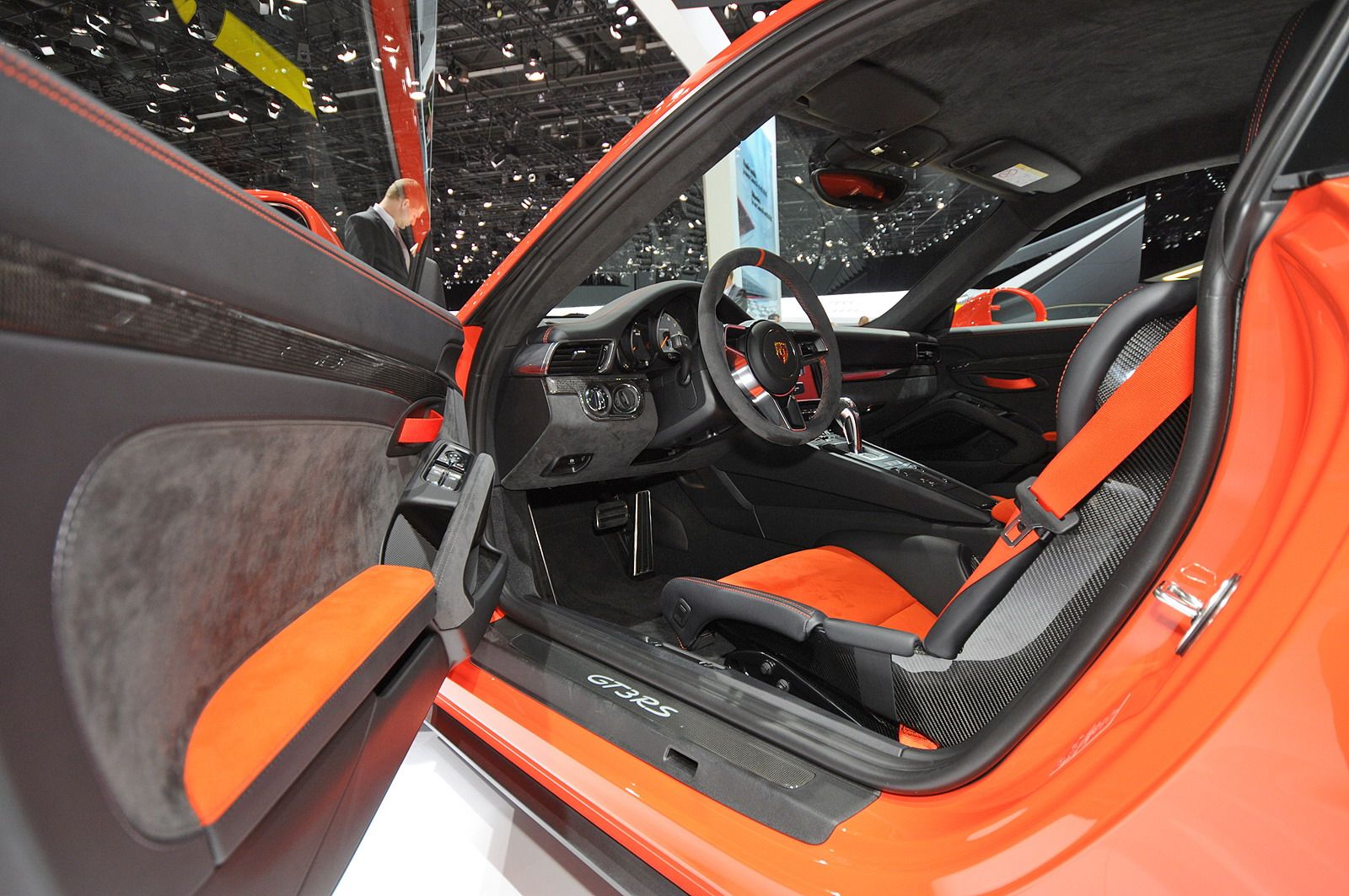
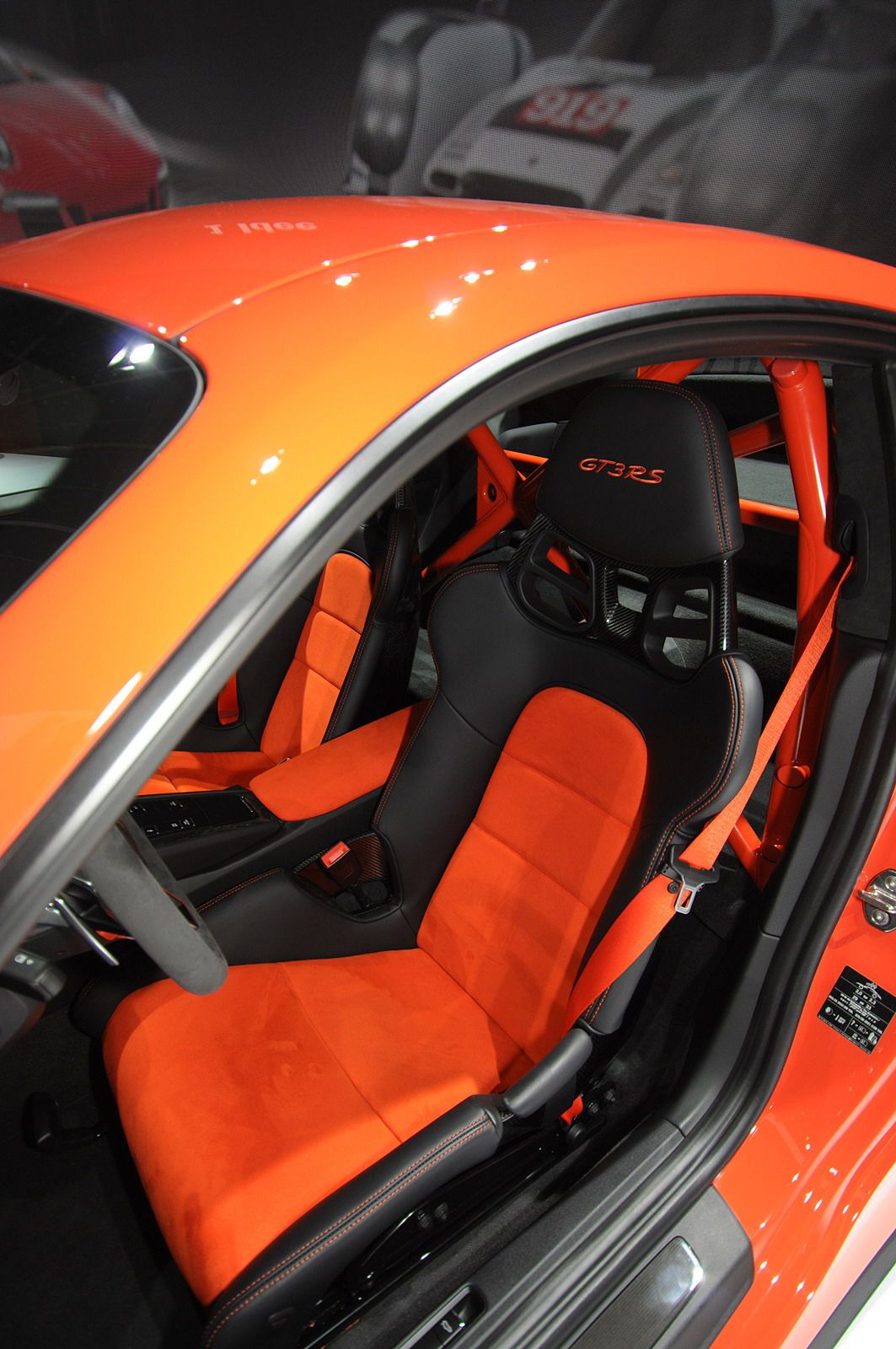
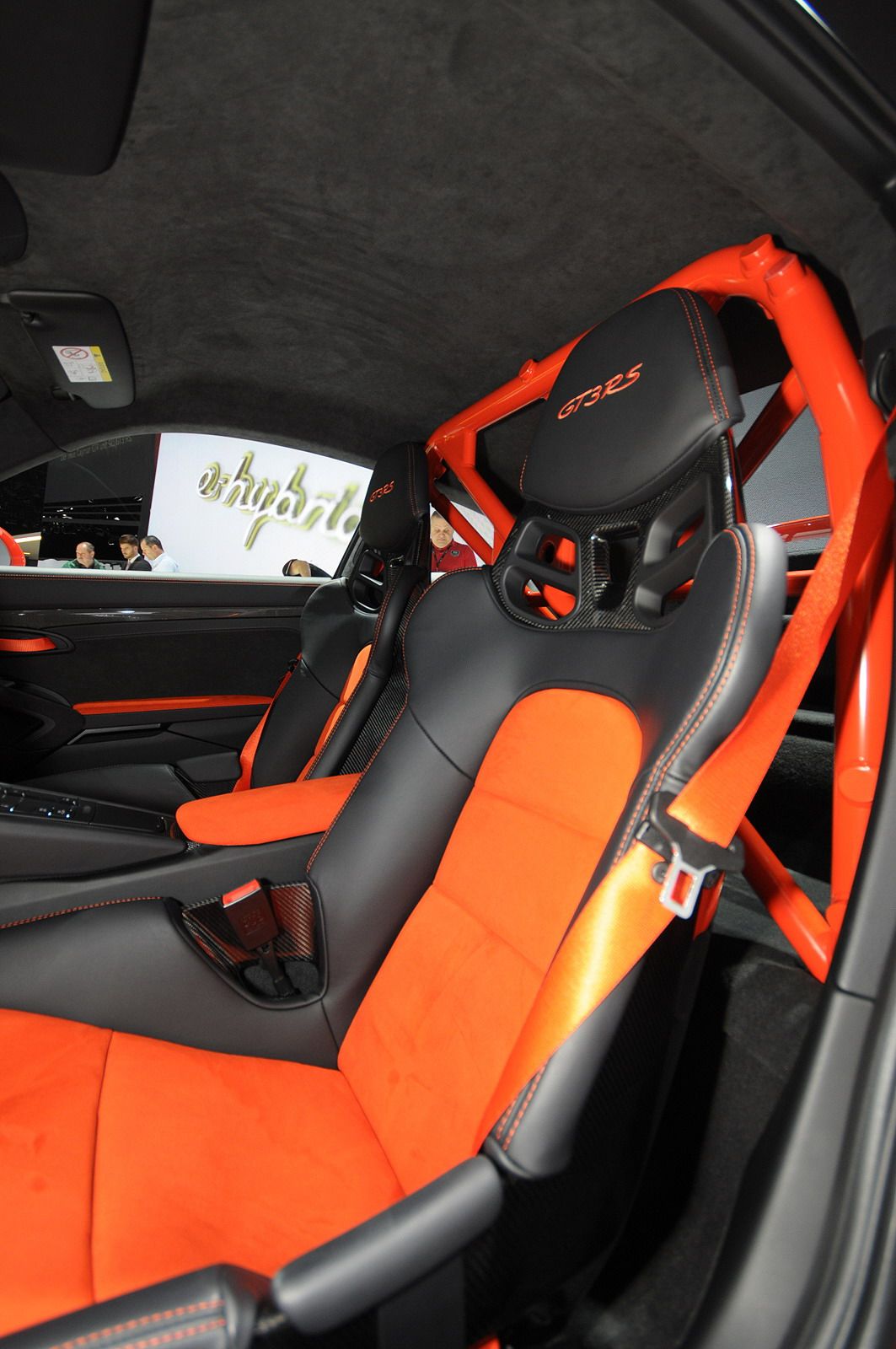
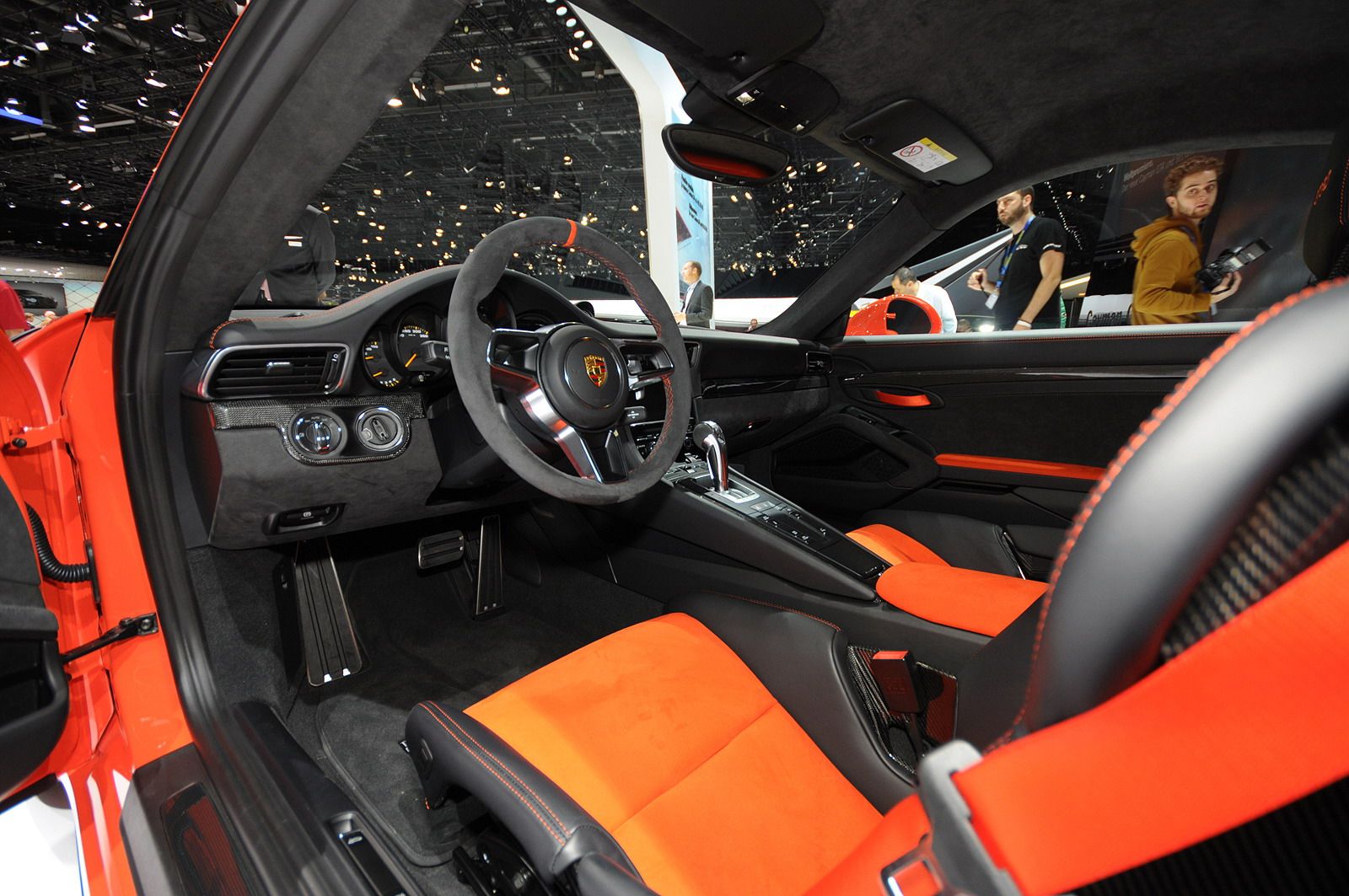
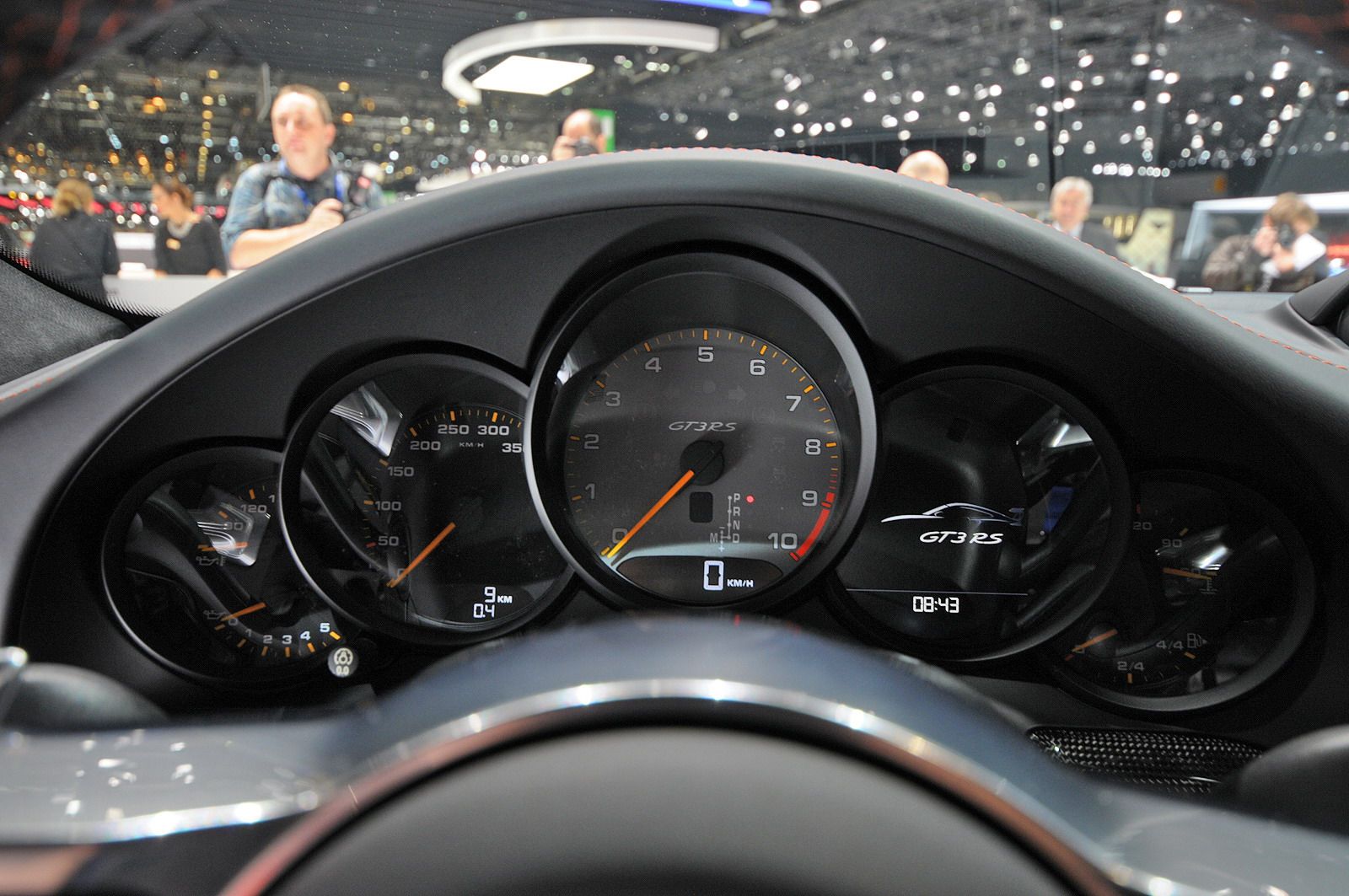
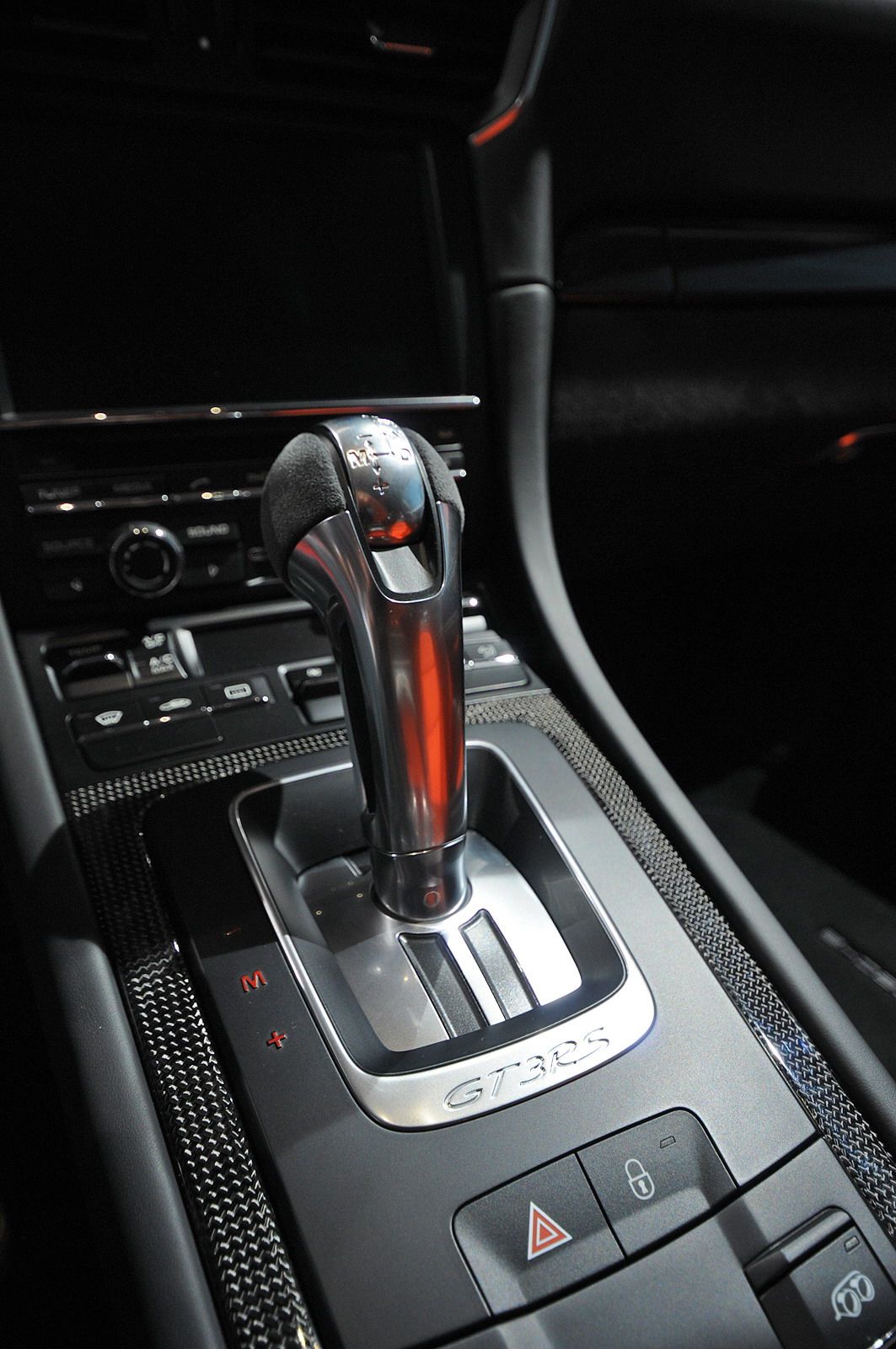














- Make: Array
- Model: 2016 Porsche 911 GT3 RS
- Engine/Motor: flat-6
- Horsepower: 500
- Torque: 339
- Transmission: 7-speed PDK
- [do not use] Vehicle Model: Array
Exterior
Compared to the previous 997-generation GT3 RS, the new range-topping 911 boasts a massive amount of new exterior features. Sure, this 911 is still recognizable as a GT3 RS and some details might pass unnoticed to the untrained eye, but a closer look reveals the efforts Porsche put into restyling its revered track rig.
Up front there’s a completely redesigned bumper that sports larger air intakes, thinner LED strips and a larger splitter down below. The bumper is sculpted deeper on the sides, right before the front wheels, while the turn signals above have been reshaped. Naturally, the headlights and the hood are also different, mirroring those fitted on the 991-generation 911. Lastly, the front fenders are equipped with louvers right above the wheels, just as in full-fledged race cars, a first for the GT3 RS. The louvers also increase downforce at the front axle on top of making the GT3 RS more menacing and sexier at the same time.
Another significant change is present on the rear fenders, where the GT3 RS now sports Turbo-like intakes. That's because the body comes from the 911 Turbo, and according to Porsche "it signifies its status as nearly a race car driving machine." Revised side skirts and new-design wheels are also part of the 991-generation RS package. Around back, Porsche crafted a new pair of taillights, a new bumper and a slightly redesigned fixed wing. The latter is nearly identical to its predecessor in size and shape, but the new supports suggest the element is lighter. Granted, the new body kit makes the 2016 GT3 RS more aerodynamic than the previous model, which translates into faster sprints and higher top speeds.
The new GT3 RS is also significantly lighter than its predecessor. In addition to the carbon-fiber engine and luggage compartment lids, the sports car's roof is made from magnesium. That's a first for the nameplate and a trick which also lowers the center of gravity for improved lateral dynamics. In all, the GT3 RS is around 22 pounds lighter than the GT3.
Interior
The interior of the 911 GT3 RS is based on the current GT3 model, which means customers will be treated to the massive amount of Alcantara and the simple, yet sporty layout that comes with the latter. Of course, the RS badge comes with a few features of its own, starting with a pair of full bucket seats, which are based on the carbon seats of the 918 Spyder. A quick comparison between the two interiors reveals the RS also boasts carbon-fiber inserts, race-spec, lightweight door handles, and a unique motorsport steering wheels with a yellow 12 o'clock stripe. Porsche also offers the Club Sport Package as standard, meaning the RS gets a bolted-on roll cage behind the front seats, preparation for a battery master switch, and a six-point safety harness for the driver and fire extinguisher with mounting bracket.
Customers looking for more race-spec goodies can select the optional Sport Chrono Package, which features integrated timers and the Porsche Track Precision app. The latter can be used to have lap times automatically measured via GPS, and to log data on a smartphone for parameters such as vehicle speed and lateral acceleration. The app not only manages track data, but also lets the driver share and compare it with other drivers, which will prove quite useful and fun after a long track weekend.
Drivetrain
After months of rumors, Porsche purists can finally lay their turbocharged fears to rest: the GT3 RS remains a naturally aspirated machine. However, the Germans decided to increase output by replacing the 3.8-liter unit found in the previous model a 4.0-liter flat-six. The powerplant cranks out 500 horsepower and 339 pound-feet of torque, which represents a 25-pony increase over the GT3 and a 50-horsepower improvement when compared to the previous GT3 RS. Interestingly enough, the new model is on par with the GT3 RS 4.0 version of the 997-generation 911, which was also motivated by a 4.0-liter engine. Although Porsche is mum on the matter, the units are likely identical.
As expected, the mill mates to a PDK transmission specifically developed for the GT3 RS. The combo enables the sports car to hit 62 mph in 3.3 seconds (0.6 seconds quicker than the previous GT3 RS 4.0) and 124 mph in 10.9 seconds. No word on top speed yet, but it should at least match the GT3's, set at 195-mph. Fuel consumption is estimated at 12.7 l/100 km on the European combined cycle, which converts to around 18.5 U.S. mpg. However, I expect this figure to drop significantly after the EPA is done with the GT3 RS. For reference, the GT3 returns 15 mpg city and 20 mpg on the highway.
The new drivetrain also comes with functions such as declutching by "paddle neutral" -- comparable to pressing the clutch with a conventional manual gearbox –- and Pit Speed, which allows speed limiting at the push of a button. Both features have been customized for motorsport use in order to provide drivers with more assistance when driving on a race track.
Rear-axle steering and Porsche Torque Vectoring Plus with fully variable rear axle differential lock further increase agility and dynamics, while the wider front and rear tracks enable improve roll stability in comparison to the 911 GT3. Fitted with the widest tires of any 911 production model as standard, the new RS also delivers more agile turn-in characteristics and higher cornering speeds.
That said, it's not surprising the new GT3 RS lapped the Nurburgring track in only seven minutes and 20 seconds, shattering the Carrera GT's record of just under seven minutes and 29 seconds.
Drivetrain Specifications
|
Type |
four-liter six-cylinder engine |
|
Output |
500 @ 8,250 RPM |
|
Torque |
339 LB-FT |
|
Transmission |
7-speed Porsche Doppelkupplung (PDK) |
|
0 - 100 km/h (62 mph) |
3.3 seconds |
|
0-200 km/h |
10.9 seconds |
Prices
Scheduled to launch in May 2015, the 2016 911 GT3 RS starts from $175,900, making it 45,500 pricier than the GT3 and the most expensive naturally aspirated 911 to date.
Options
|
Porsche Dynamic Light System (PDLS) |
$770 |
|
Bi-Xenon™™ Headlights in Black with Porsche Dynamic Light System (PDLS) |
$1,375 |
|
LED Headlights with Porsche Dynamic Light System (PDLS) |
$3,110 |
|
LED Headlights in Black with Porsche Dynamic Light System (PDLS) |
$3,715 |
|
Clear Taillights |
$650 |
|
Headlight Cleaning System Covers in Exterior Color |
$295 |
|
Headlight Cleaning System Covers in Deviated Exterior Color |
$295 |
|
Fuel Cap with Aluminum Look Finish |
$160 |
|
Lightweight Battery (Lithium-Ion) |
$2,300 |
|
Front Axle Lift System |
$3,490 |
|
Porsche Ceramic Composite Brake (PCCB) |
$9,210 |
|
Sport Chrono Package (Porsche Track Precision App) |
$1,850 |
|
Auto-Dimming Mirrors with Integrated Rain Sensor |
$690 |
|
Light Design Package |
$510 |
|
Seat Heating (Front) |
$690 |
|
Fire Extinguisher |
$140 |
|
Interior Package Painted (with Leather Interior) |
$665 |
|
Interior Package Painted (with Standard Interior) |
$510 |
|
Center Console Trim Painted |
$290 |
|
PCM Display Surround Painted |
$2,225 |
|
Air Vent Slats Painted |
$1,720 |
|
Air Vents Painted |
$1,720 |
|
Vehicle Key Painted |
$365 |
|
Instrument Dials in Guards Red |
$860 |
|
Instrument Dials in White |
$860 |
|
Sport Chrono Clock Dial in Guards Red |
$500 |
|
Sport Chrono Clock Dial in White |
$500 |
|
Door Panel in Leather/Alcantara® |
$690 |
|
Personalized Floor Mats with Leather Edging |
$455 |
|
Leather Key Pouch |
$165 |
|
Storage Compartment Lid in Alcantara® with 'PORSCHE' Logo |
$330 |
|
Storage Compartment Lid in Alcantara® with Porsche Crest |
$330 |
|
Belt Outlet Trim in Alcantara® |
$550 |
|
Door Sill Guards in Carbon Fiber, Illuminated |
$1,275 |
|
Personalized Door Sill Guards in Carbon Fiber, Illuminated |
$1,640 |
|
Sound Package Plus |
$700 |
Competitors
Ferrari 458 Speciale
The 458 Speciale is the closest thing you can buy to the 911 GT3 RS, although the Ferrari is far from being as track focused as its German counterpart. Missing the massive rear wing, the 458 Speciale relies on other aerodynamic features at the track, while using a mid-engine configuration and a V-8 mill. Its design is equally dramatic though, including an aggressive front fascia, vented hood and fenders and a sexy diffuser and exhaust setup at the rear.
Under the hood of the 458 Speciale lurks a 4.5-liter V-8. Rated at 596 horsepower and 398 pound-feet of torque, the mill roars to brilliant tunes while pushing the Italian sports car from naught to 60 mph in three seconds. The official top speed stands at 202 mph, making the 458 Speciale slightly faster than the 911 GT3 RS. This Italian beast fetches in excess of $300,000, making it the most expensive of the bunch.
Chevrolet Corvette Z06
The Corvette Z06 might come from a different league, but it does have one thing on common with the GT3 RS. Just like the Porsche, the Z06 is a race-bred machine that GM built alongside the track-exclusive Corvette C7.R. Other than that, the Z06 is as different as it gets, starting with its front-engined setup and ending with its supercharged V-8 mill. Packed with several aerodynamic- and downforce-enhancing parts, the Z06 also lacks a massive rear wing. However, its powerful drivetrain enables this American supercar to deliver performance figures similar to the 458 Speciale and the GT3 RS.
The new LT4 engine, a 6.2-liter V-8, churns 650 supercharged ponies and 650 pound-feet of torque, helping the Z06 charge from 0 to 60 mph in only 2.95 seconds. The quarter-mile takes only 10.95 seconds with the quick-shifting, eight-speed automatic transmission, while top speed is an impressive 205 mph. Making the Z06 that much more attractive is its incredibly affordable $78,995 sticker.
Conclusion
It took Porsche around four years to bring a new GT3 RS to the market -- the first time when Stuttgart left such a gap between different generations of the GT3 RS -- but it seems these four years have been put to good use. Sure, the engine seems identical to the previous-gen GT3 RS 4.0, but, other than that, the Germans redesigned the RS from the ground up. It's lighter, more agile and quicker than any of its predecessors, including the GT3 RS 4.0. The fact that Porsche managed to shave 0.6 seconds off the RS 4.0's 0-to-62 sprint (again, both sports cars are motivated by the exact same engine), speaks volumes of the advancements Porsche made in recent years. It doesn't get better than this unless Porsche stuffs a turbocharger under the GT3 RS' hood.
Update History
Updated 03/03/2015: Porsche unveiled the all-new 911 GT3 RS at the 2015 Geneva Motor Show.
Updated 01/05/2015: johan9ff caught the future 911 GT3 RS completely undisguised and he shared the photos with us. Check them out.
Updated 03/07/2013: Today we have created a new rendering for the upcoming GT3 RS, based on the standard GT3 version we have seen in Geneva.
Updated 02/12/2014: British magazine AutoExpress reports that the first details on the new generation GT3 RS will be revealed next month, with the official debut set to happen in late summer.
Updated 02/20/2014: British magazine AutoCar reports that the new generation 911 GT3 RS will be powered by a naturally aspired engine with an output of at least 500 horsepower. With this amazing output the GT3 RS should go from 0 to 60 mph in 3.2 or 3.3 seconds and up to a top speed of 196 mph.
Updated 07/31/2014: British magazine CAR revealed a series of patent photos that present the GT3 RS in all its glory. Check them out after the jump.
First undisguised photos
Patent Photos
Videos
Spy Shots
April 23, 2015 - Mark Webber takes the new Porsche 991 GT3 RS for a spin on the Nürburgring
April 16, 2014 - New Porsche GT3 RS goes for a testing session at Nurburgring
April 17, 2014; Porsche GT3 RS testing at Nurbrugring

